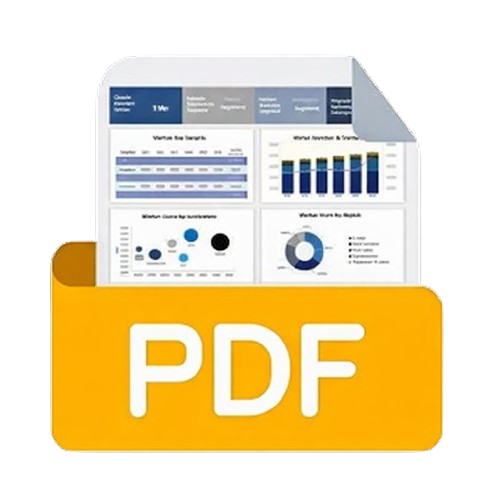
Limited Time Festive Offer | Antiviral Drugs Market Report @ $2450
Global Market Size, Forecast, and Trend Highlights Over 2025-2037
Antiviral Drugs Market size was USD 63.1 billion in 2024 and is estimated to reach USD 125.6 billion by the end of 2037, expanding at a CAGR of 7.3% during the forecast period, i.e., 2025-2037. In 2025, the industry size of antiviral drugs is estimated at USD 66.5 billion.
The antiviral drugs market caters to a significant patient pool, with influenza, hepatitis, and HIV representing the largest demand. As per the 2024 UNAIDS report, an estimated 40 million people reside with HIV internationally, further requiring long-term antiviral therapy. Besides, as stated in the 2023 WHO report, approximately 330 million chronic hepatitis B and C cases have been recorded, which is readily driving the need for direct-acting antivirals (DAAs). Besides, almost 1.5 billion people suffer from seasonal influenza, with high-risk populations depending on neuraminidase inhibitors. However, the administrative stockpile initiatives, including the EU’s HERA program and the U.S. Strategic National Stockpile (SNS), have amplified procurement volumes, thus suitable for market growth.
Moreover, the supply chain aspect in the antiviral drugs market effectively relies on the production of active pharmaceutical ingredients (APIs), with India and China dominating the worldwide supply by grabbing almost 70.5% market share. Meanwhile, the manufacturing process of finished-dose has been centralized in Europe and North America, and India is leading in the export of antiviral products, accounting for USD 25 billion as of 2024. Besides, trade dynamics demonstrated that China is the largest API exporter, constituting a valuation of USD 19 billion as of 2023, while the U.S. is the top importer of finished antivirals, catering to USD 33 billion as of 2024, thus boosting the market expansion.

Antiviral Drugs: Growth Drivers and Challenges
Growth Drivers
-
Improved healthcare strategies: The aspect of evidence-specific medicine is gradually transforming the antiviral drugs market utilization patterns internationally. In this regard, a study was published by the AHRQ, wherein it was demonstrated that early oseltamivir administration for influenza diminished hospitalizations by 42.5%, thus saving USD 3.5 billion in terms of avoidable expenses. Likewise, similar studies have readily prompted clinical-based guideline modifications, based on which the UK’s NICE initiative has recommended polymerase inhibitors for high-risk patients, thereby positively impacting the market.
-
Affordable cost sharing: The existence of out-of-pocket expenses is developing adherence crises, which is effectively uplifting the antiviral drugs market globally. For instance, an average patient in the U.S. spends USD 65 per month for branded antivirals after insurance, denoting a 22.5% increase since 2020. In this regard, a clinical study has been published by JAMA, wherein almost 29% of Medicare Part D beneficiaries demand hepatitis C drugs. Besides, the mandatory price reduction in France has lowered costs by 45% since 2022, while the PBS safety net in Australia caps yearly antiviral spending at USD 318 per patient.
Manufacturer Strategies Shaping Antiviral Drugs Market Expansion
The international antiviral drugs market comprises leading manufacturers, those of which are leveraging market access optimization, strategic partnerships, and research and development-based innovation to expand their revenue growth. For instance, Gilead Sciences has strengthened its HIV portfolio with lenacapavir, which is the first-ever twice-yearly injectable that has captured 19% of additional market share as of 2023. Besides, Pfizer has achieved USD 5.7 billion in Paxlovid sales through expansion in the EU supply chain, while Merck’s partnership with Ridgeback Biotherapeutics has bolstered revenue by approximately USD 2.2 billion, thereby creating a prolific opportunity for market growth.
Revenue Potential of Key Antiviral Drug Manufacturers (2023-2026)
|
Company |
Strategy |
Revenue Impact |
Market Share Change |
|
Gilead Sciences |
Launch of lenacapavir (HIV) |
+USD 3.5 billion (2023) |
+19% in U.S./EU |
|
Pfizer |
Paxlovid supply expansion |
USD 5.7 billion global sales (2023) |
+22.2% in EU |
|
Merck |
Molnupiravir partnerships |
USD 2.2 billion revenue boost (2023) |
+9.5% in emerging markets |
|
GSK |
RSV-combo therapy R&D |
USD 1.9 billion projected (2026) |
+7.2% in pediatrics |
|
Generic Players |
India/China API dominance |
USD 26 billion exports (2024) |
+13.2% in LMICs |
Feasible Expansion Models Shaping the Future Antiviral Drugs Market
Emerging nations in the antiviral drugs market are readily driving revenue growth for manufacturers and producers. For instance, localized medical providers in India collaborated with API suppliers to distribute low-cost generics, which bolstered the revenue by 12.5% between 2022 and 2024. Besides, the 2024 Critical Medicines Act in the EU has incentivized API localization, thus leading to a 16% reduction in overall supply expenses, specifically for regional manufacturers. Meanwhile, value-specific pricing deals, including Gilead’s outcomes-based contracts for hepatitis C drugs, have enhanced market penetration by an estimated 9.5% as of 2023, thus uplifting the overall market.
Revenue Feasibility Models (2022-2024)
|
Model |
Region |
Revenue Impact |
Key Driver |
|
Local Partnerships |
India |
+12.5% revenue |
Generic distribution networks |
|
API Localization |
EU |
16% cost reduction |
Critical Medicines Act (2024) |
|
Value-Based Pricing |
U.S. |
9.5% market expansion |
Medicaid outcomes contracts |
|
Govt. Stockpiling |
Japan |
USD 1.4 billion procurement |
Pandemic preparedness mandates |
Challenges
-
Delayed regulations in key economies: The presence of diversified regulatory pathways creates entry barriers in the antiviral drugs market across different nations. For example, the Pharmaceuticals and Medical Devices Agency (PMDA) in Japan added 6.5 months to review standard guidelines for novel antivirals in 2023, which has cited the demand for additional ethnic sensitivity data. Hence, this delay cost domestic manufacturers approximately USD 125 million per product in lost revenue. On the other hand, the decentralized acceptance procedure of the EU has faced challenges, while the EMA has granted central marketing authorization, wherein individual member states tend to impose additional reimbursement conditions, which further delay launch by 10 to 20 months.
-
Generic competition and patent cliffs: The aspect of reduced exclusivity is an existential threat to originator players in the antiviral drugs market globally. For instance, Gilead’s Truvada patent expiration has enabled generics from India to capture 63% of HIV prophylaxis in the U.S. market within 18.5 months, which has eroded USD 1.5 billion in yearly revenue. This negative impact has expanded, and payers currently demand Truvada-level pricing for the newest entrants, which further compresses the profitability component for follow-on products, thus causing a hindrance in the overall market upliftment.
Antiviral Drugs Market: Key Insights
| Report Attribute | Details |
|---|---|
|
Base Year |
2024 |
|
Forecast Year |
2025-2037 |
|
CAGR |
7.3% |
|
Base Year Market Size (2024) |
USD 63.1 billion |
|
Forecast Year Market Size (2037) |
USD 125.6 billion |
|
Regional Scope |
|
Antiviral Drugs Segmentation
Route of Administration (Oral, Injectable, Topical)
The oral segment is projected to dominate with the largest share of 57.5% in the antiviral drugs market by the end of 2037. The segment’s growth is highly driven by cost-effectiveness, patient compliance, and convenience. Oral antivirals such as hepatitis C DAAs and HIV protease inhibitors effectively constitute treatment protocols, owing to their established profiles, along with high bioavailability. As per the 2024 U.S. FDA report, more than 72% of the latest accepted antivirals are oral formulations, which positively reflects industry prioritization of remote dosage services, thereby suitable for the segment’s upliftment.
Distribution Channel (Hospital Pharmacies, Retail Pharmacies, Online Pharmacies)
The hospital pharmacies segment is expected to hold the second-largest share of 39.2% in the antiviral drugs market by the end of the forecast timeline. This particular segment serves as the primary channel for catering to complicated therapies and acute treatments. In addition, the growth originates from inpatient demand for IV antivirals as well as specialty medications, including HCV/HIV regimens that require clinical observation. As per the 2024 CDC report, an estimated 66% of pandemic stockpile antivirals are supplied through hospital facilities that ensure fast deployment during outbreaks, thus denoting an optimistic outlook for the segment.
Our in-depth analysis of the global market includes the following segments:
|
Route of Administration |
|
|
Distribution Channel |
|
|
Drug Class |
|
|
Indication |
|

Vishnu Nair
Head - Global Business DevelopmentCustomize this report to your requirements — connect with our consultant for personalized insights and options.
Antiviral Drugs Industry - Regional Synopsis
North America Market Analysis
North America in the antiviral drugs market is anticipated to be the dominant region with the highest share of 46.8%, growing at a rate of 5.5% by the end of 2037. The region’s dominance highly depends on the U.S. market, accounting for almost 90.5% of regional sales, which is attributed to the presence of strong governmental procurement programs, progressive research and development, and an increase in healthcare spending. Besides, in 2024, the NIH made an investment of USD 4.1 billion in next-generation antivirals, which mainly includes mRNA-based therapy services that have accelerated innovation. Meanwhile, Canada’s 11% contribution also positively drives the market in the region.
The antiviral drugs market in the U.S. is dominating the overall region with a market share of 43%, effectively facilitated by expansions in Medicaid or Medicare services and federal pandemic preparedness expenditure. For instance, the HIV PrEP coverage has reached across 88% of eligible patients under Medicaid, which has bolstered Gilead’s descovy sales by almost 18.5%. Meanwhile, the NIH allocated a fund of USD 3.9 billion in pan-viral research and development, further accelerating mRNA-specific antivirals. Therefore, all these factors are highly responsible for uplifting the market in the country.
The antiviral drugs market in Canada is continuously growing at a 5.7% rate, attributed to the existence of provincial elimination programs for hepatitis C, along with universal health and medical coverage solutions. Currently, Ontario is leading with an increase in spending by 18.5% between 2021 and 2024, which has strengthened DAA accessibility to almost 200,150 patients. Besides, the PHAC’s USD 3.7 billion budget has readily prioritized influenza antivirals, of which 92% coverage is under public formulations, thereby creating an optimistic outlook for the market development in the country.
Europe Market Statistics
Europe in the antiviral drugs market is expected to be the fastest-growing region with a share of 31.7% in the market during the forecast period. The market’s upliftment in the region is propelled by a surge in the aging population, healthcare coverage policies, and regulatory reforms. For example, the 2024 Critical Medicines Act in the EU has mandated a 6.5-month antiviral stockpile, which has boosted procurement by €2.6 billion yearly. Germany is deliberately leading in per capita spending, accounting for €4.5 billion as of 2024, while the UK’s NHS has readily prioritized affordable generics with an 8.2% budget provision.
The antiviral drugs market in Germany is gaining increased exposure with 33.5% of the overall region’s market share by maintaining its dominance through tactical stockpiling policies and high medical spending. Besides, the Federal Ministry of Health’s Pandemic Preparedness Plan has successfully mandated a 25% yearly increase in antiviral reserves, further prioritizing influenza and RSV therapies. According to an article published by BMG in 2024, an estimated 23.5% of the domestic population is more than 65 years of age, which has driven the need for hepatitis B and herpes zoster treatments, with 97.5% coverage under public insurance, thus suitable for market growth.
The antiviral drugs market in the UK is significantly growing since the country holds 25.8% of the regional market share, effectively fueled by PrEP expansion, along with the NHS’s value-based procurement. Besides, an estimated 8.5% of the NHS budget has been provided to antivirals, with generic DAAs catering to 95.5% of hepatitis C patients. In addition, the 2024 ABPI article reported that there has been a surge in long-acting HIV injectables by approximately 15.9%, effectively aided by NICE’s cost-per-QALY thresholds, thereby positively impacting the market upliftment.

Companies Dominating the Antiviral Drugs Landscape
- Company Overview
- Business Strategy
- Key Product Offerings
- Financial Performance
- Key Performance Indicators
- Risk Analysis
- Recent Development
- Regional Presence
- SWOT Analysis
The international antiviral drugs market is efficiently consolidated with the existence of key players, including Merck, GSK, and Gilead, collectively dominating with a 51% combined share. These organizations have successfully implemented certain strategies, such as the focus on progression, governmental partnerships, cost-effective accessibility, along with diversification in research and development activities. For instance, the 2024 WHO report demonstrated that generics in India, such as Hetero and Cipla, have supplied 65% of Africa’s HIV drugs at USD 15 per month. Meanwhile, in 2024, Merck’s molnupiravir EU stockpile deals achieved USD 2.5 billion in sales, thereby creating a boost in the overall market.
Here is a list of key players operating in the global market:
|
Company Name (Country) |
Industry Focus |
Market Share (2024) |
|
Gilead Sciences (U.S.) |
HIV/HCV therapies (Biktarvy, Sovaldi), COVID-19 antivirals (Veklury) |
26% |
|
GlaxoSmithKline (UK) |
HIV treatments (Dolutegravir), RSV/flu antivirals |
18% |
|
Merck & Co. (U.S.) |
HPV vaccines, molnupiravir (COVID-19), HIV therapies (Isentress) |
15% |
|
Pfizer (U.S.) |
COVID-19 oral antivirals (Paxlovid), RSV/flu therapies |
12% |
|
Roche (Switzerland) |
Tamiflu (oseltamivir), HIV/HCV diagnostics and therapeutics |
9.5% |
|
AbbVie (U.S.) |
HCV treatments (Mavyret), HIV therapies |
xx% |
|
Novartis (Switzerland) |
Broad-spectrum antivirals, pediatric formulations |
xx% |
|
AstraZeneca (UK) |
Long-acting antibody therapies, RSV/COVID-19 combos |
xx% |
|
Johnson & Johnson (U.S.) |
HIV vaccine development, hepatitis B therapies |
xx% |
|
Bristol-Myers Squibb (U.S.) |
HCV/HIV treatments (Daklinza), immunomodulatory antivirals |
xx% |
|
Sanofi (France) |
Influenza vaccines, RSV monoclonal antibodies |
xx% |
|
ViiV Healthcare (UK) |
HIV-focused (Cabenuva, long-acting injectables) |
xx% |
|
Cipla (India) |
Affordable HIV/HCV generics, global supply to LMICs |
xx% |
|
Hetero Drugs (India) |
Largest producer of generic antivirals (remdesivir, acyclovir) |
xx% |
|
Biogen (U.S.) |
Neurological antiviral therapies, mRNA-based R&D |
xx% |
Below are the areas covered for each company in the antiviral drugs market:
Recent Developments
- In April 2024, GlaxoSmithKline announced the receiving of the EMA acceptance for its mRNA and RSV combination therapy, which marked the first-ever EU-authorized broad-spectrum antiviral targeting respiratory viruses.
- In March 2024, Merck & Co. revealed the Phase III trials that demonstrated its letermovir, which is an investigational cytomegalovirus (CMV) antiviral, that can tend to diminish viral load by almost 90%, especially among transplant patients.
- Report ID: 473
- Published Date: Jun 06, 2025
- Report Format: PDF, PPT
- Explore a preview of key market trends and insights
- Review sample data tables and segment breakdowns
- Experience the quality of our visual data representations
- Evaluate our report structure and research methodology
- Get a glimpse of competitive landscape analysis
- Understand how regional forecasts are presented
- Assess the depth of company profiling and benchmarking
- Preview how actionable insights can support your strategy
Explore real data and analysis
Frequently Asked Questions (FAQ)
Antiviral Drugs Market Report Scope
FREE Sample Copy includes market overview, growth trends, statistical charts & tables, forecast estimates, and much more.
Connect with our Expert
See how top U.S. companies are managing market uncertainty — get your free sample with trends, challenges, macroeconomic factors, charts, forecasts, and more.

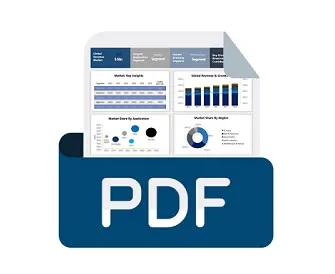

 Afghanistan (+93)
Afghanistan (+93)
 Åland Islands (+358)
Åland Islands (+358)
 Albania (+355)
Albania (+355)
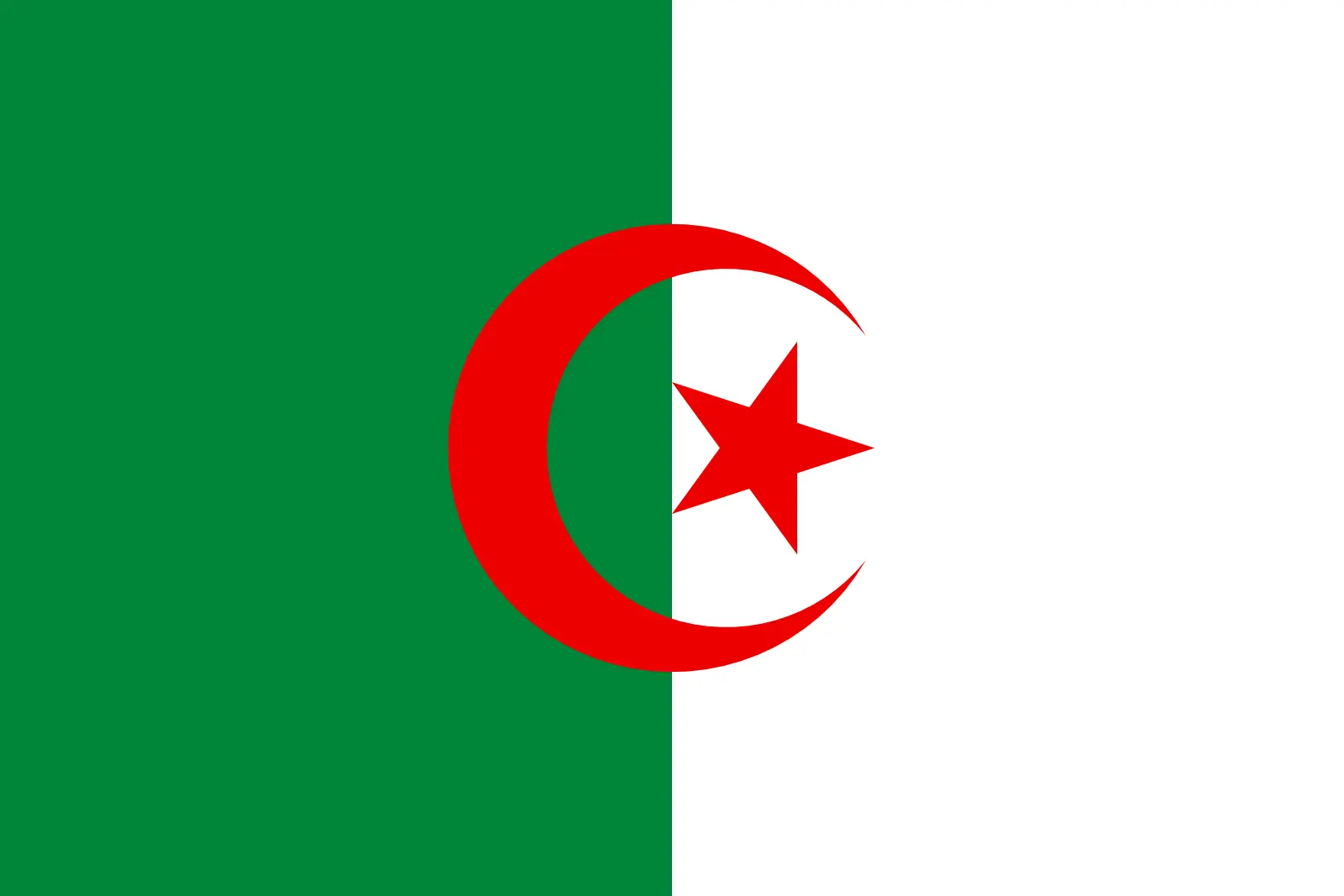 Algeria (+213)
Algeria (+213)
 American Samoa (+1684)
American Samoa (+1684)
 Andorra (+376)
Andorra (+376)
 Angola (+244)
Angola (+244)
 Anguilla (+1264)
Anguilla (+1264)
 Antarctica (+672)
Antarctica (+672)
 Antigua and Barbuda (+1268)
Antigua and Barbuda (+1268)
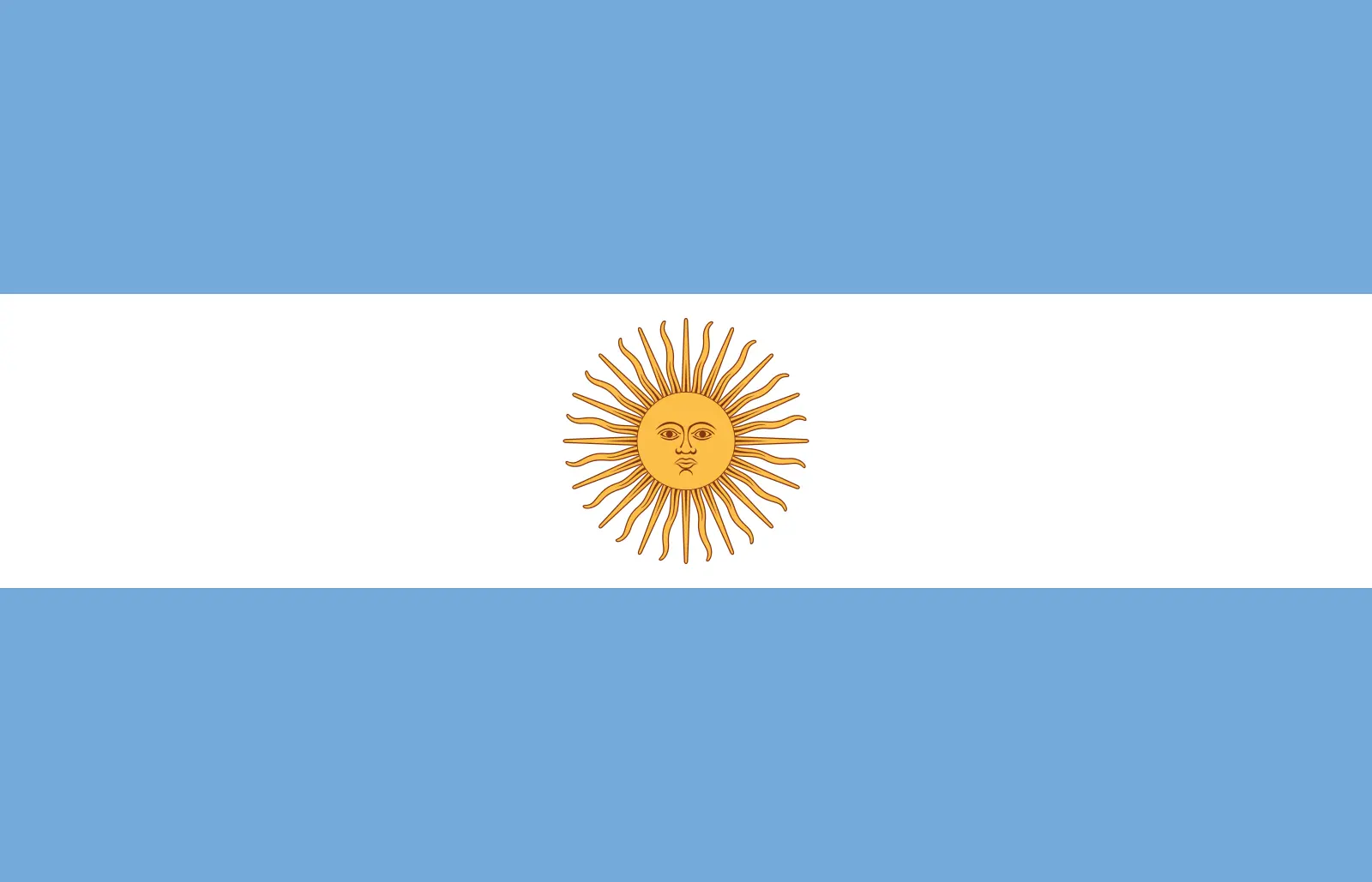 Argentina (+54)
Argentina (+54)
 Armenia (+374)
Armenia (+374)
 Aruba (+297)
Aruba (+297)
 Australia (+61)
Australia (+61)
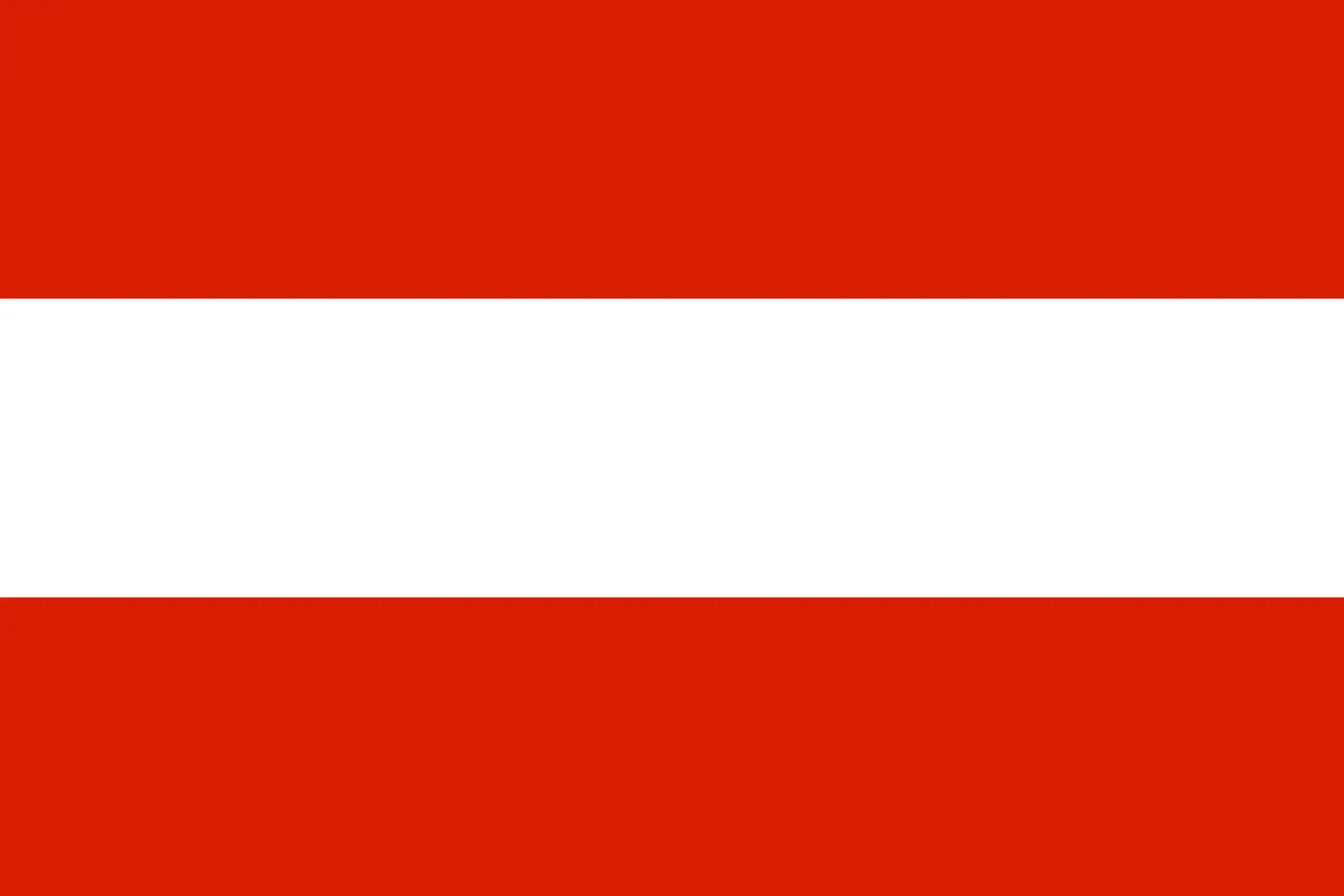 Austria (+43)
Austria (+43)
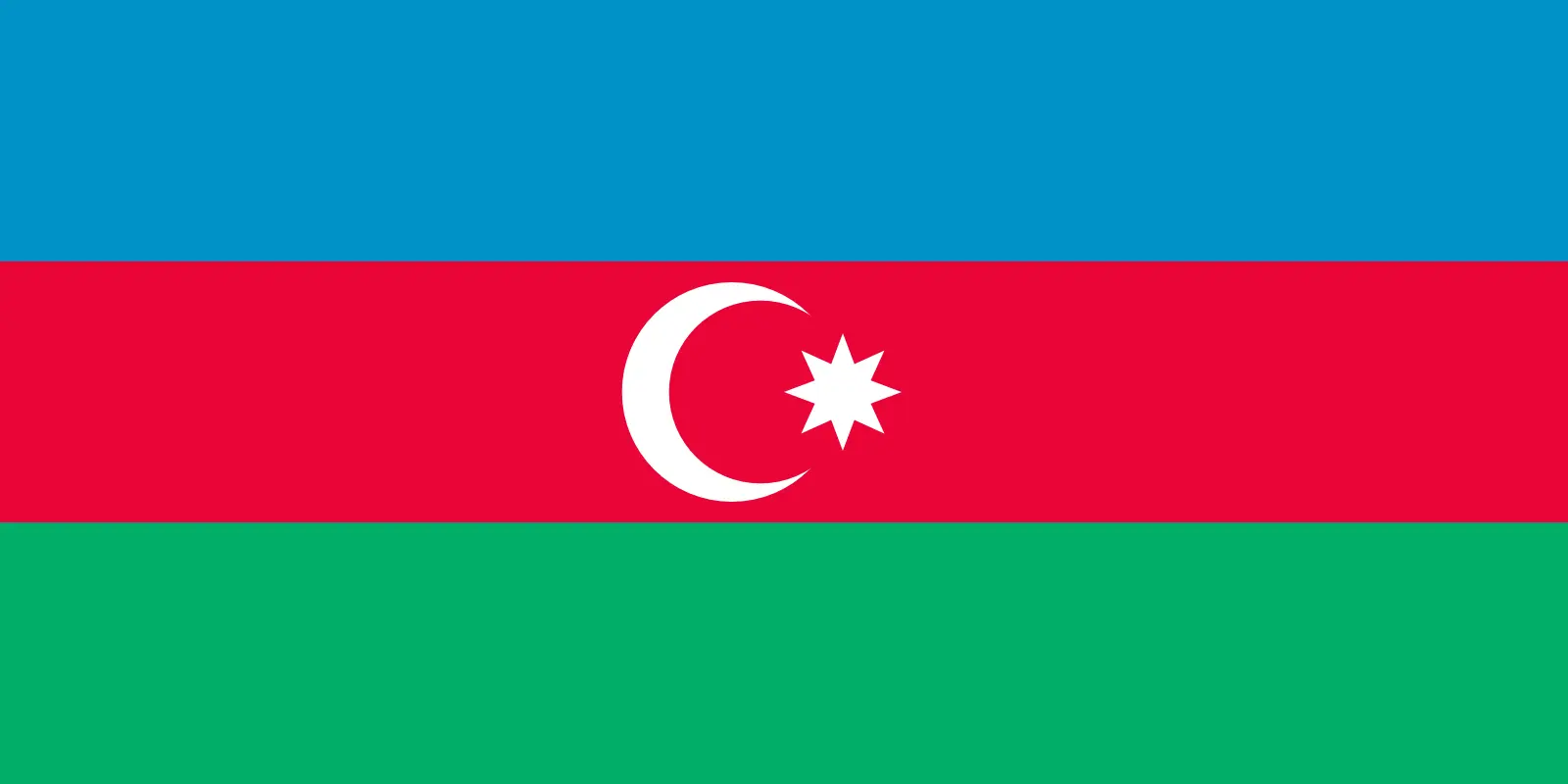 Azerbaijan (+994)
Azerbaijan (+994)
 Bahamas (+1242)
Bahamas (+1242)
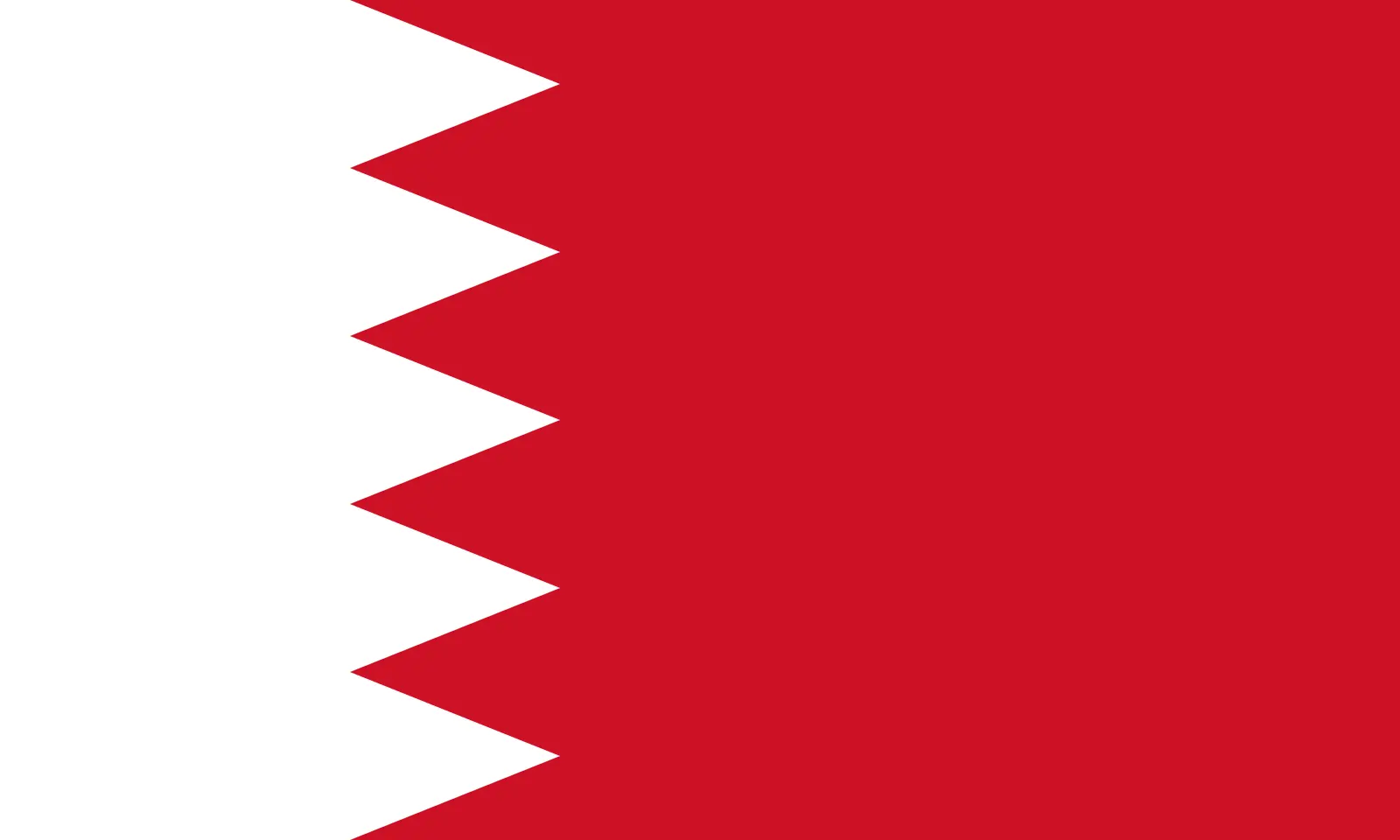 Bahrain (+973)
Bahrain (+973)
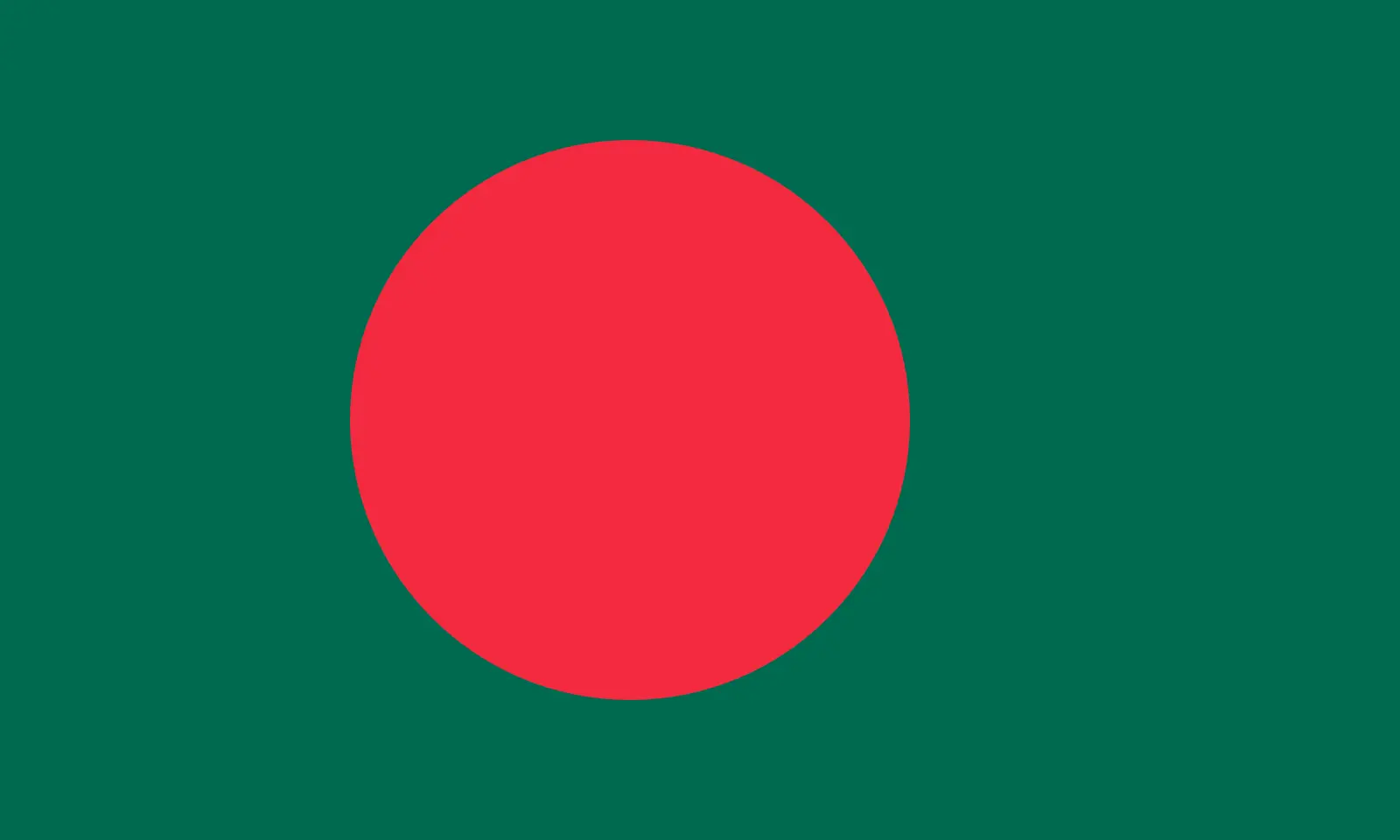 Bangladesh (+880)
Bangladesh (+880)
 Barbados (+1246)
Barbados (+1246)
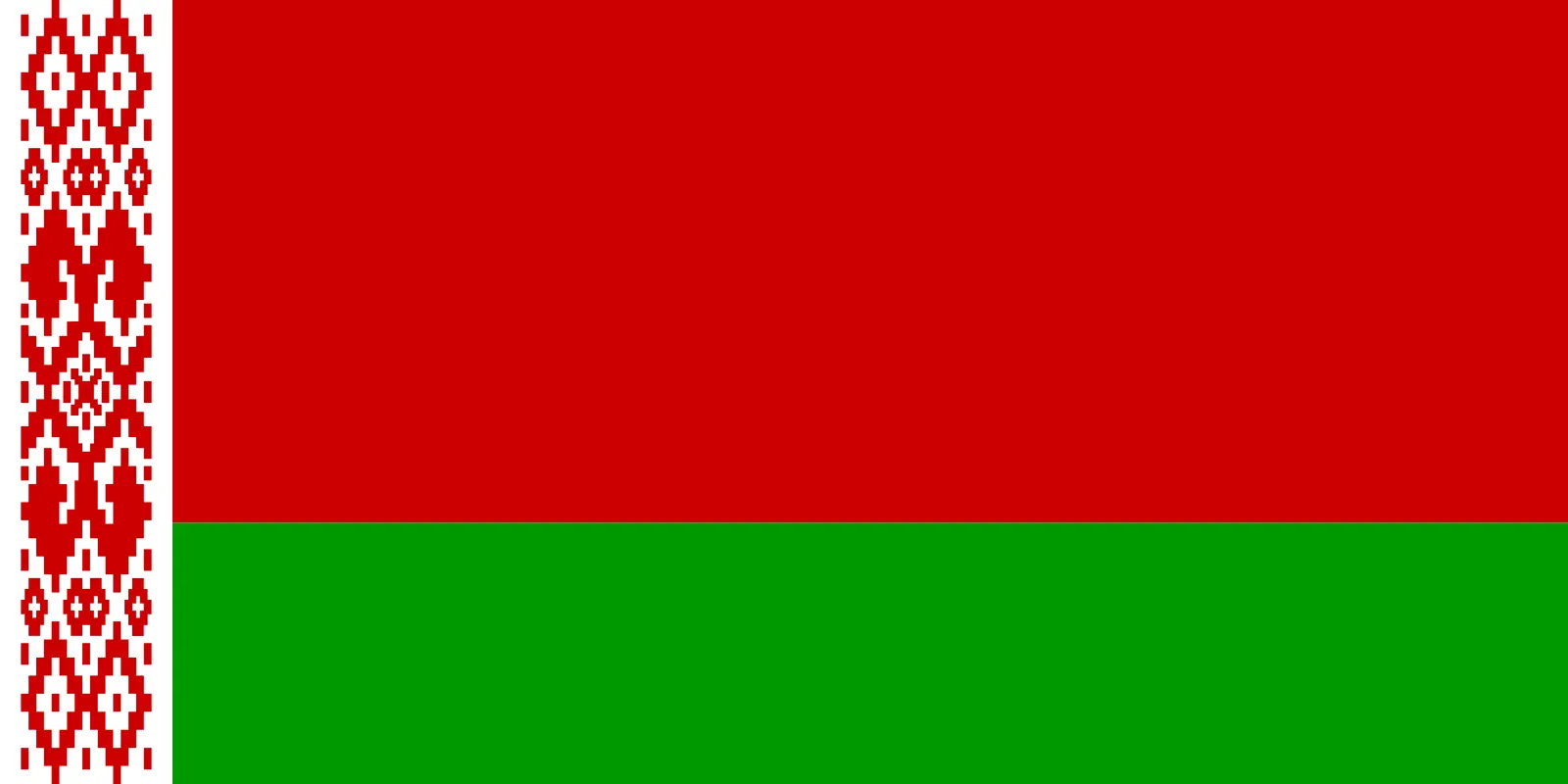 Belarus (+375)
Belarus (+375)
 Belgium (+32)
Belgium (+32)
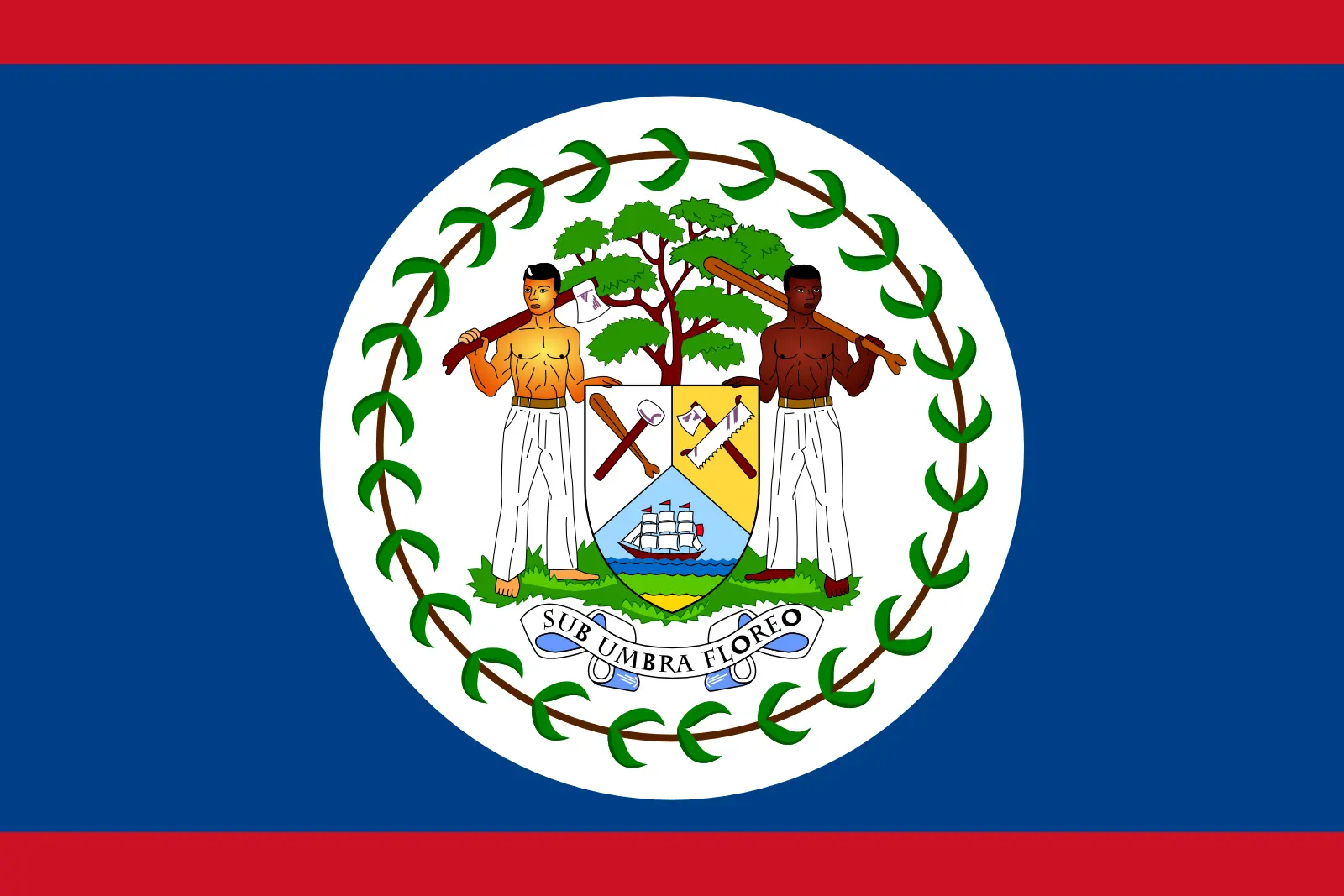 Belize (+501)
Belize (+501)
 Benin (+229)
Benin (+229)
 Bermuda (+1441)
Bermuda (+1441)
 Bhutan (+975)
Bhutan (+975)
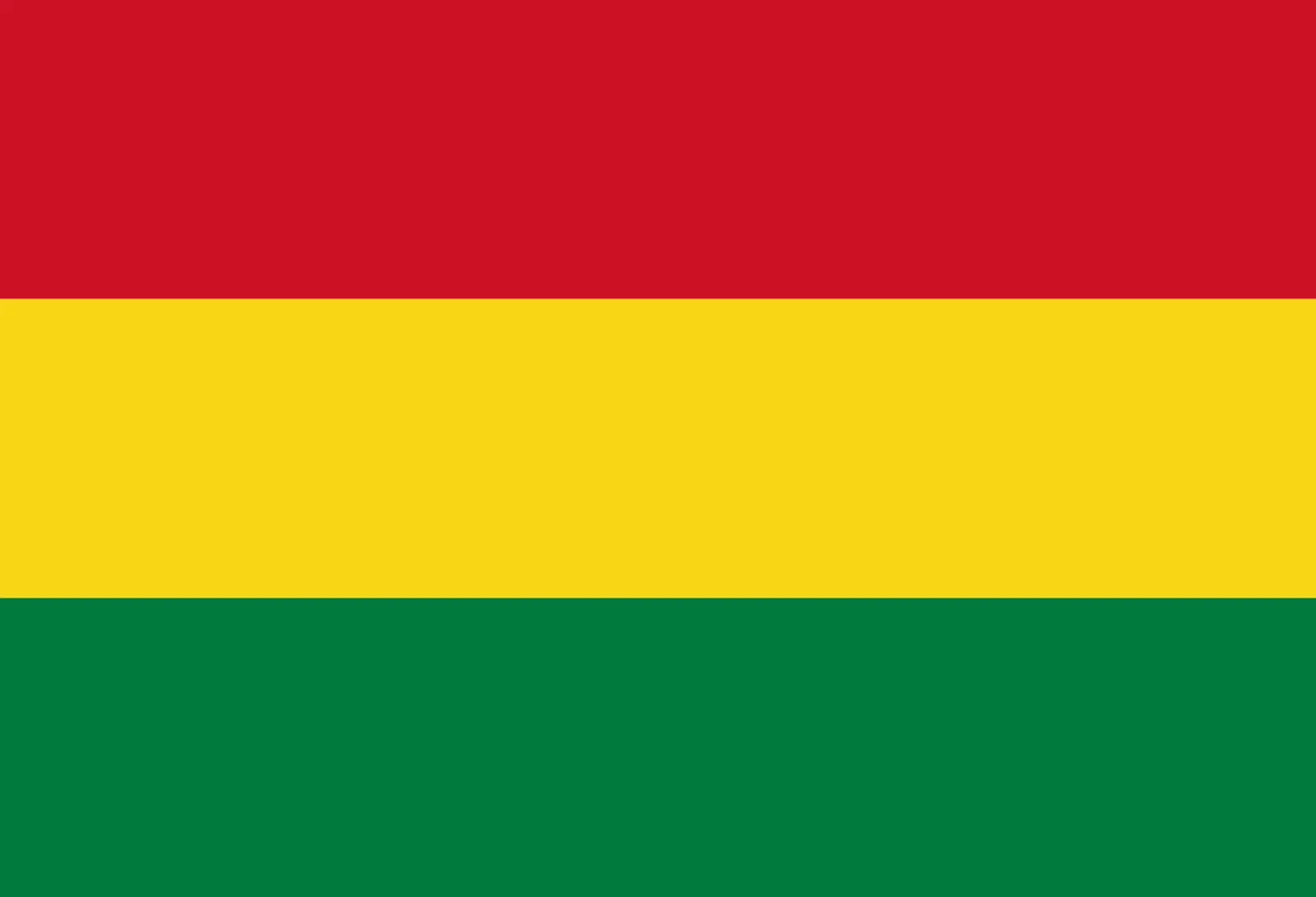 Bolivia (+591)
Bolivia (+591)
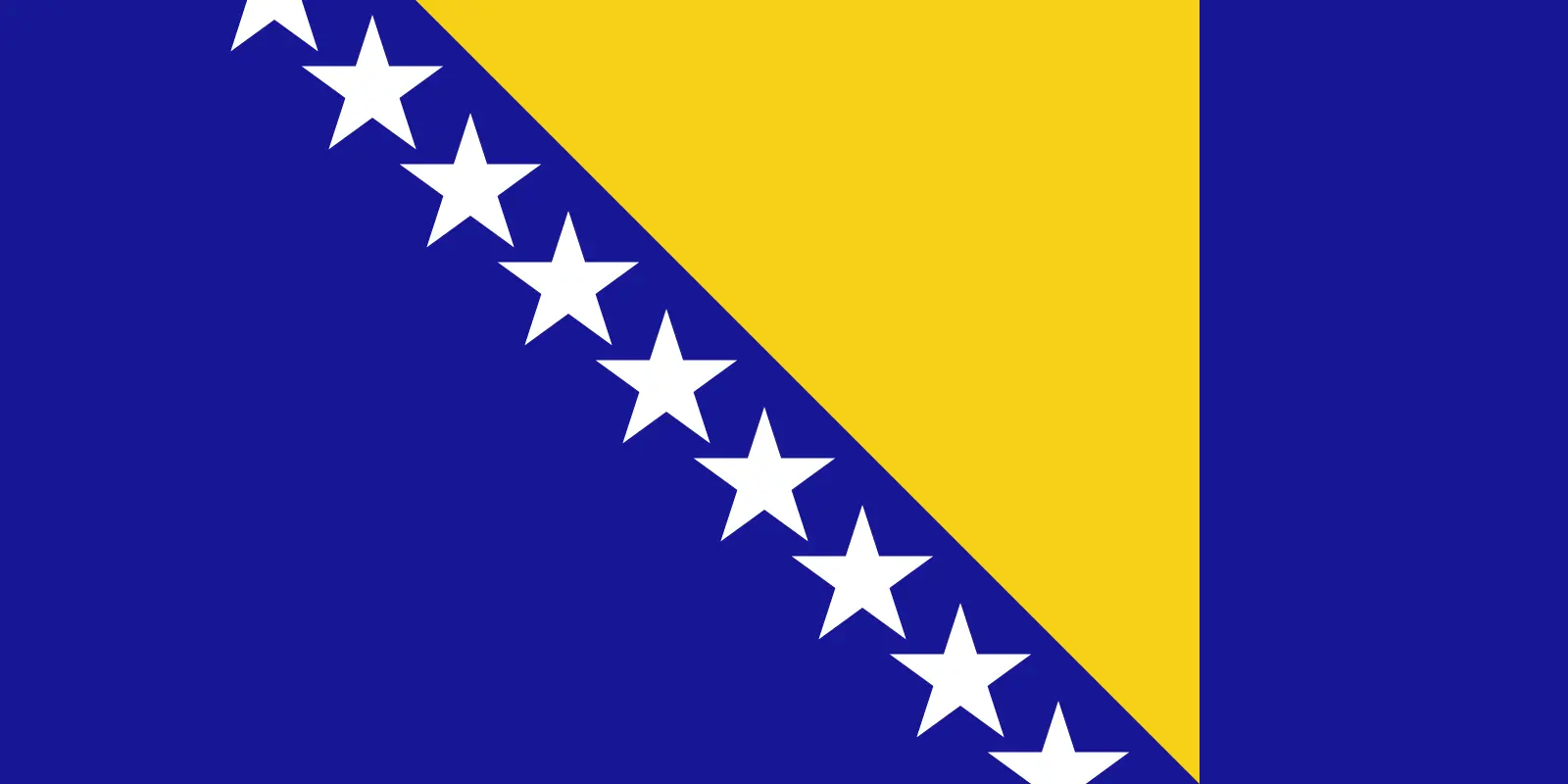 Bosnia and Herzegovina (+387)
Bosnia and Herzegovina (+387)
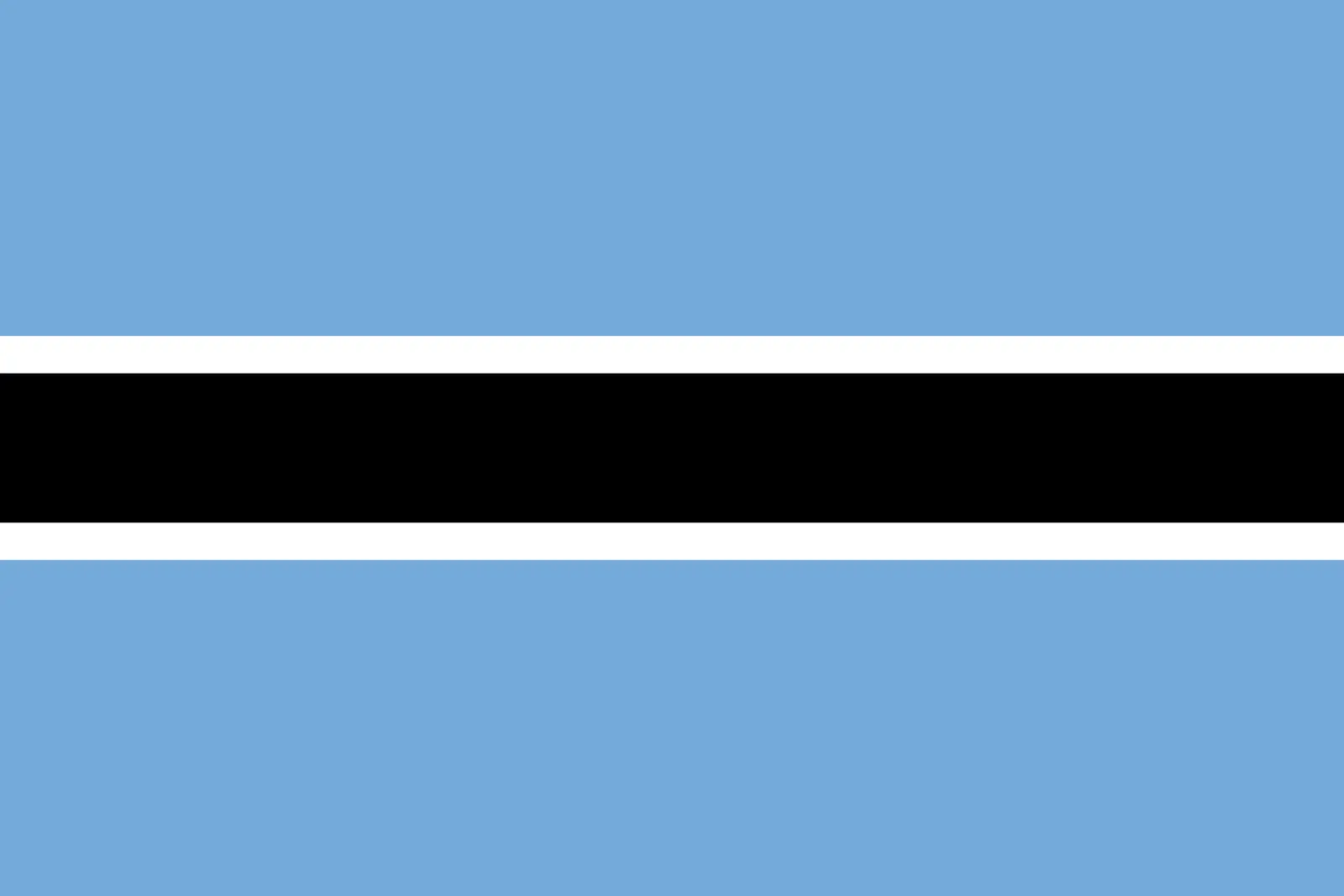 Botswana (+267)
Botswana (+267)
 Bouvet Island (+)
Bouvet Island (+)
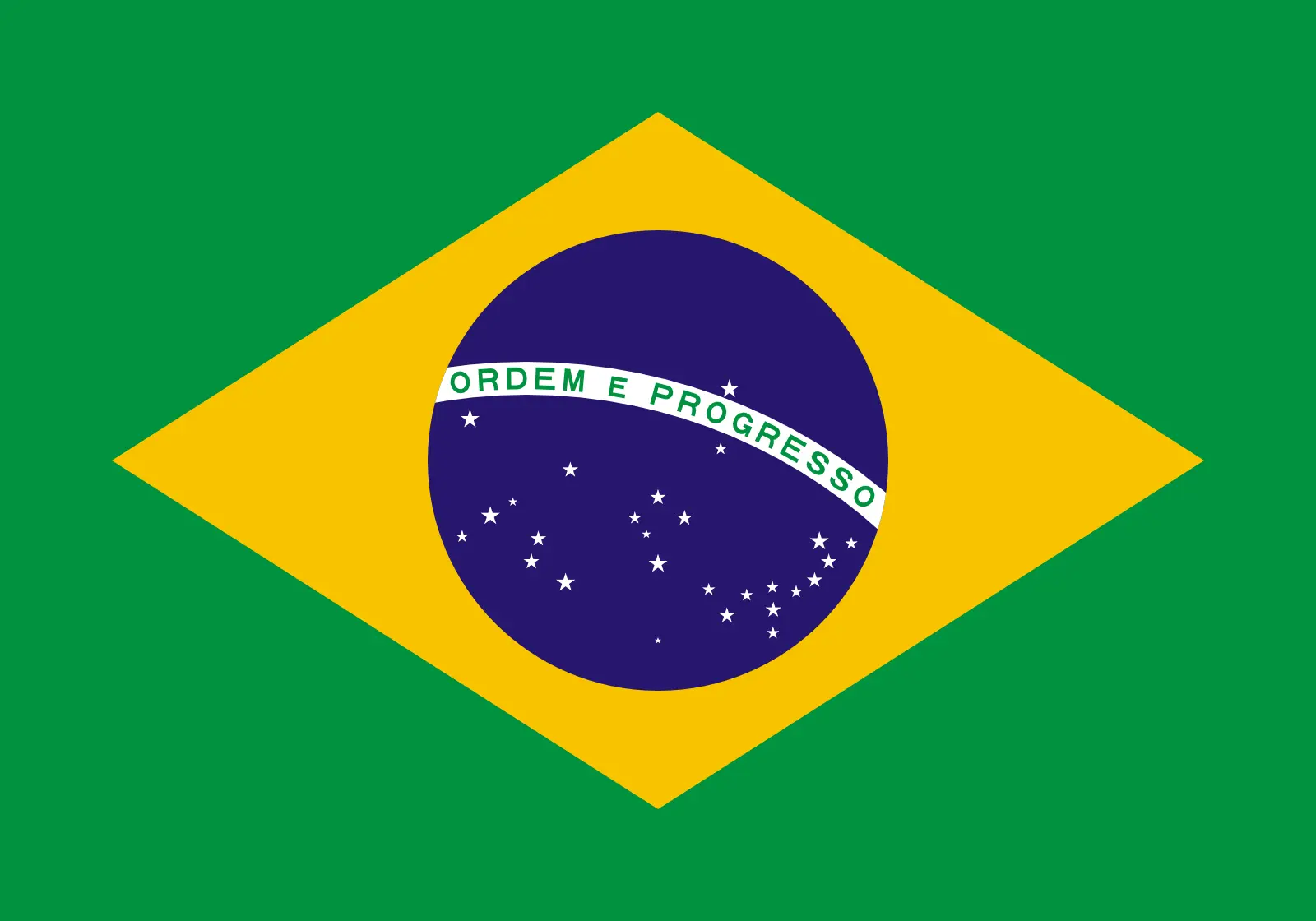 Brazil (+55)
Brazil (+55)
 British Indian Ocean Territory (+246)
British Indian Ocean Territory (+246)
 British Virgin Islands (+1284)
British Virgin Islands (+1284)
 Brunei (+673)
Brunei (+673)
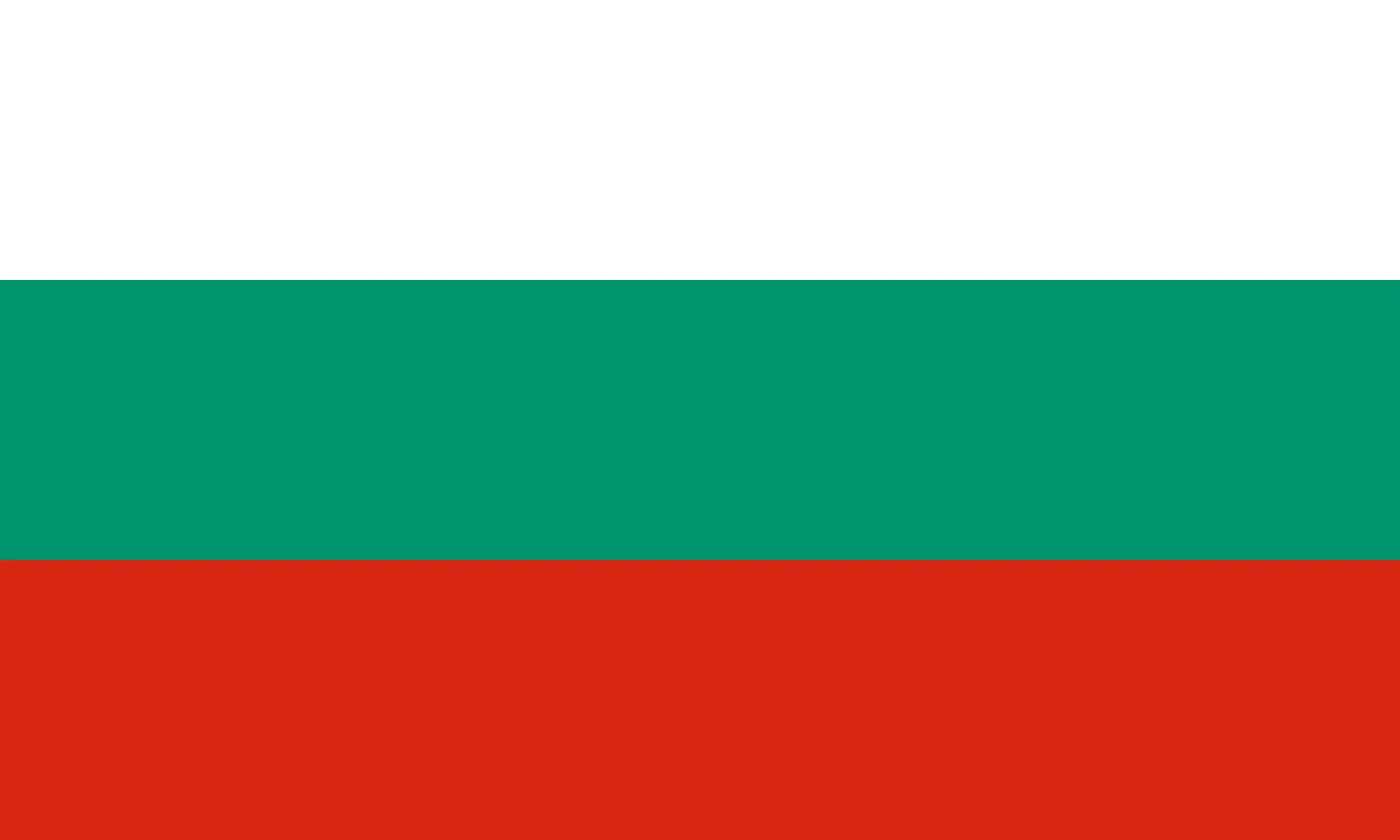 Bulgaria (+359)
Bulgaria (+359)
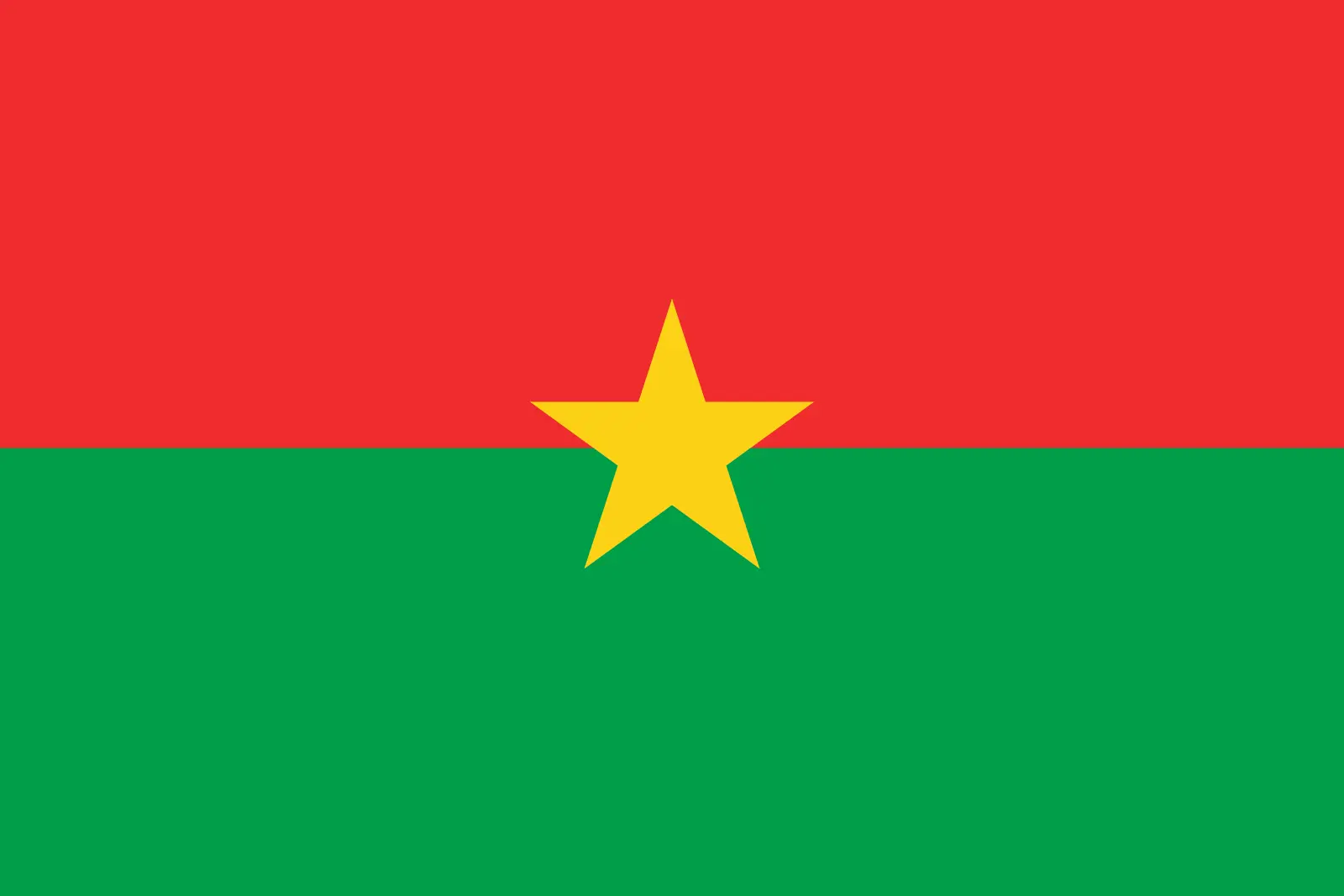 Burkina Faso (+226)
Burkina Faso (+226)
 Burundi (+257)
Burundi (+257)
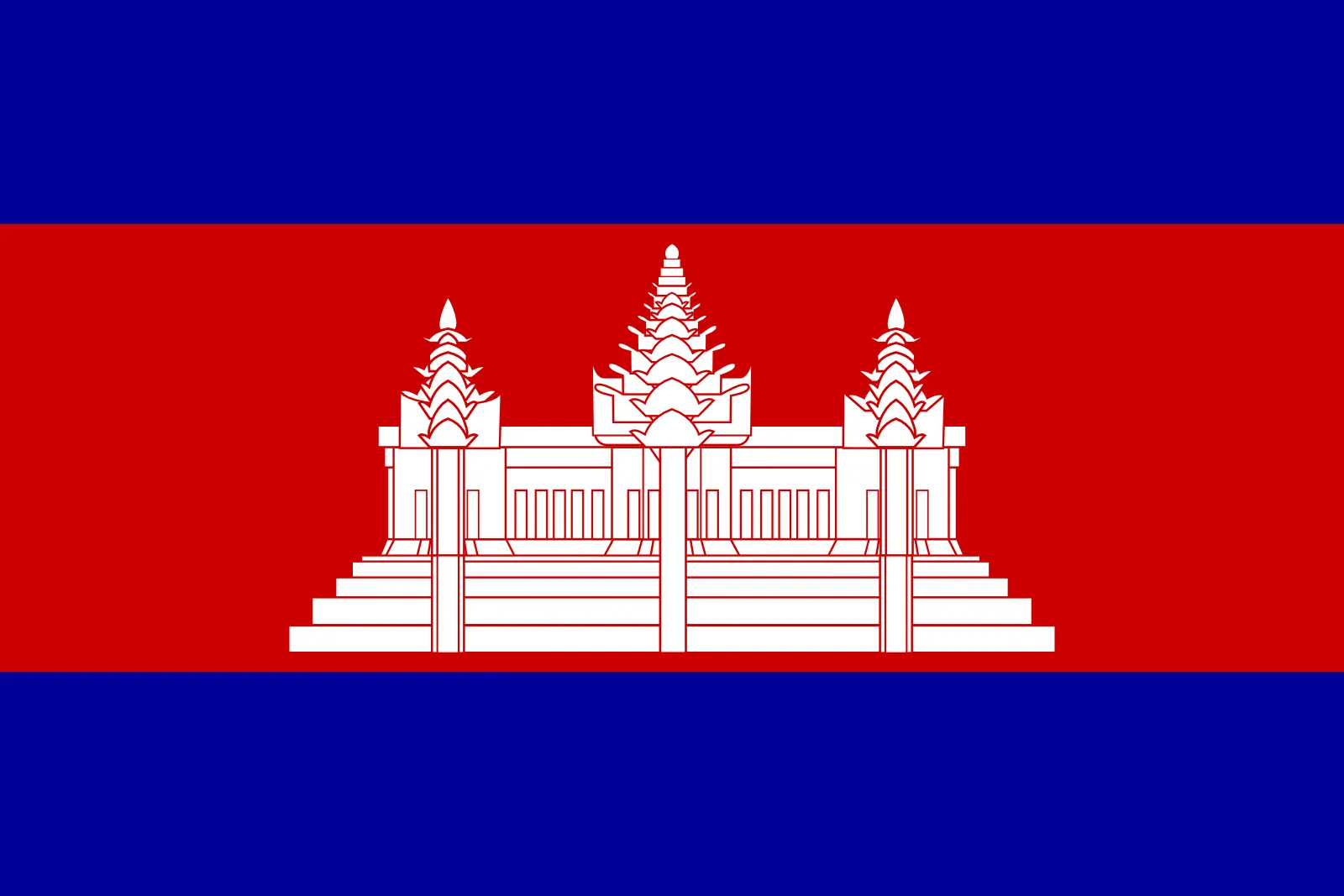 Cambodia (+855)
Cambodia (+855)
 Cameroon (+237)
Cameroon (+237)
 Canada (+1)
Canada (+1)
 Cape Verde (+238)
Cape Verde (+238)
 Cayman Islands (+1345)
Cayman Islands (+1345)
 Central African Republic (+236)
Central African Republic (+236)
 Chad (+235)
Chad (+235)
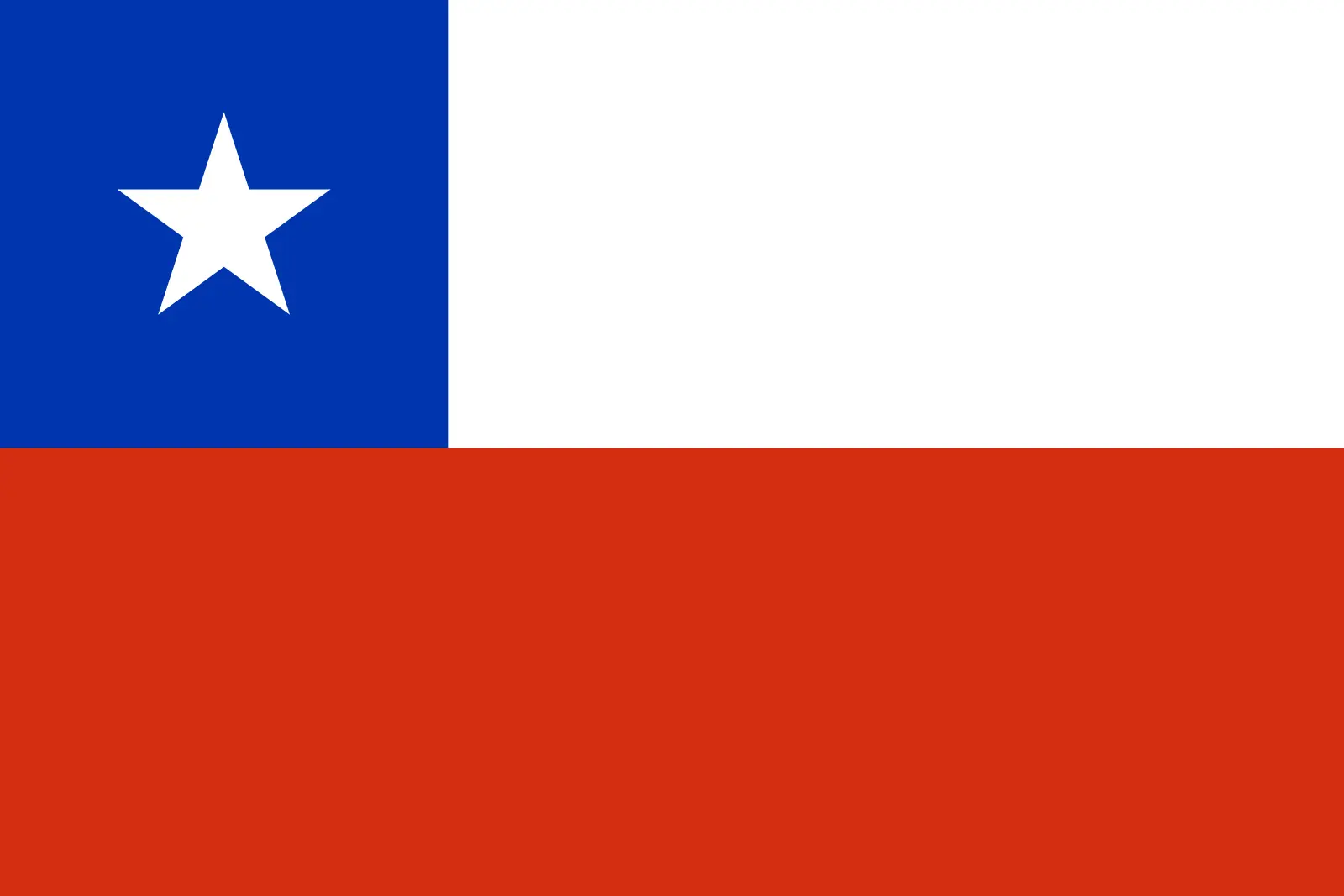 Chile (+56)
Chile (+56)
 China (+86)
China (+86)
 Christmas Island (+61)
Christmas Island (+61)
 Cocos (Keeling) Islands (+61)
Cocos (Keeling) Islands (+61)
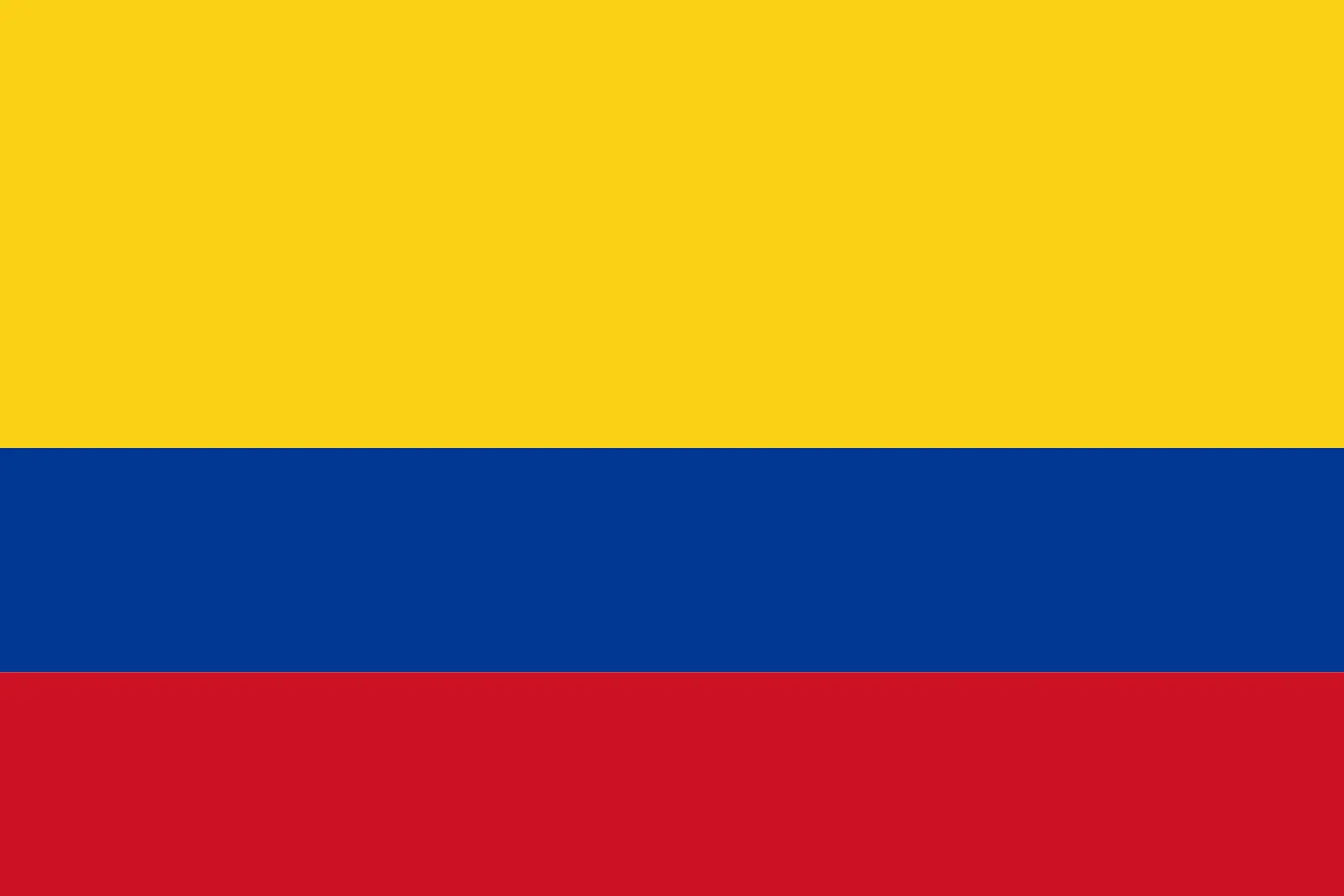 Colombia (+57)
Colombia (+57)
 Comoros (+269)
Comoros (+269)
 Cook Islands (+682)
Cook Islands (+682)
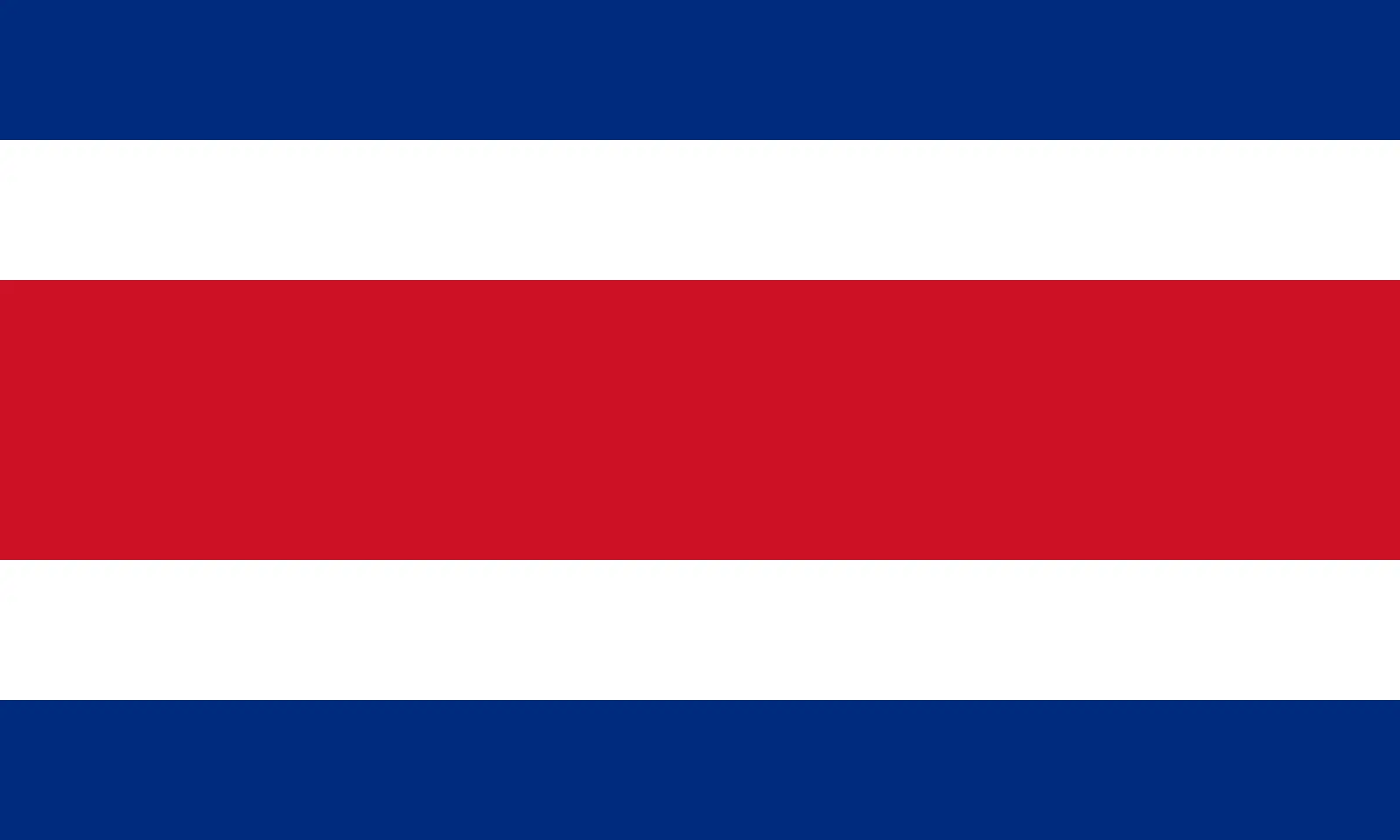 Costa Rica (+506)
Costa Rica (+506)
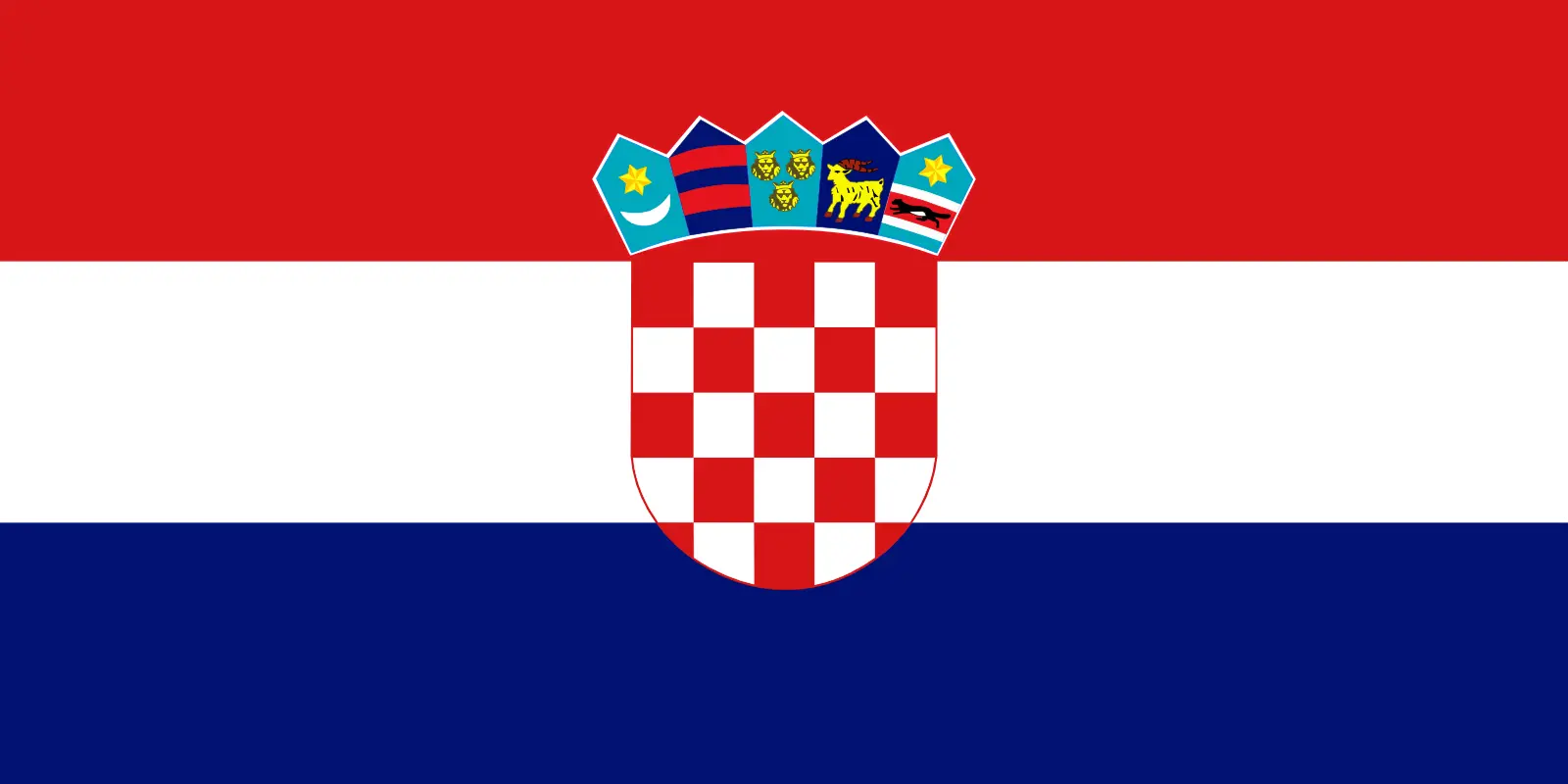 Croatia (+385)
Croatia (+385)
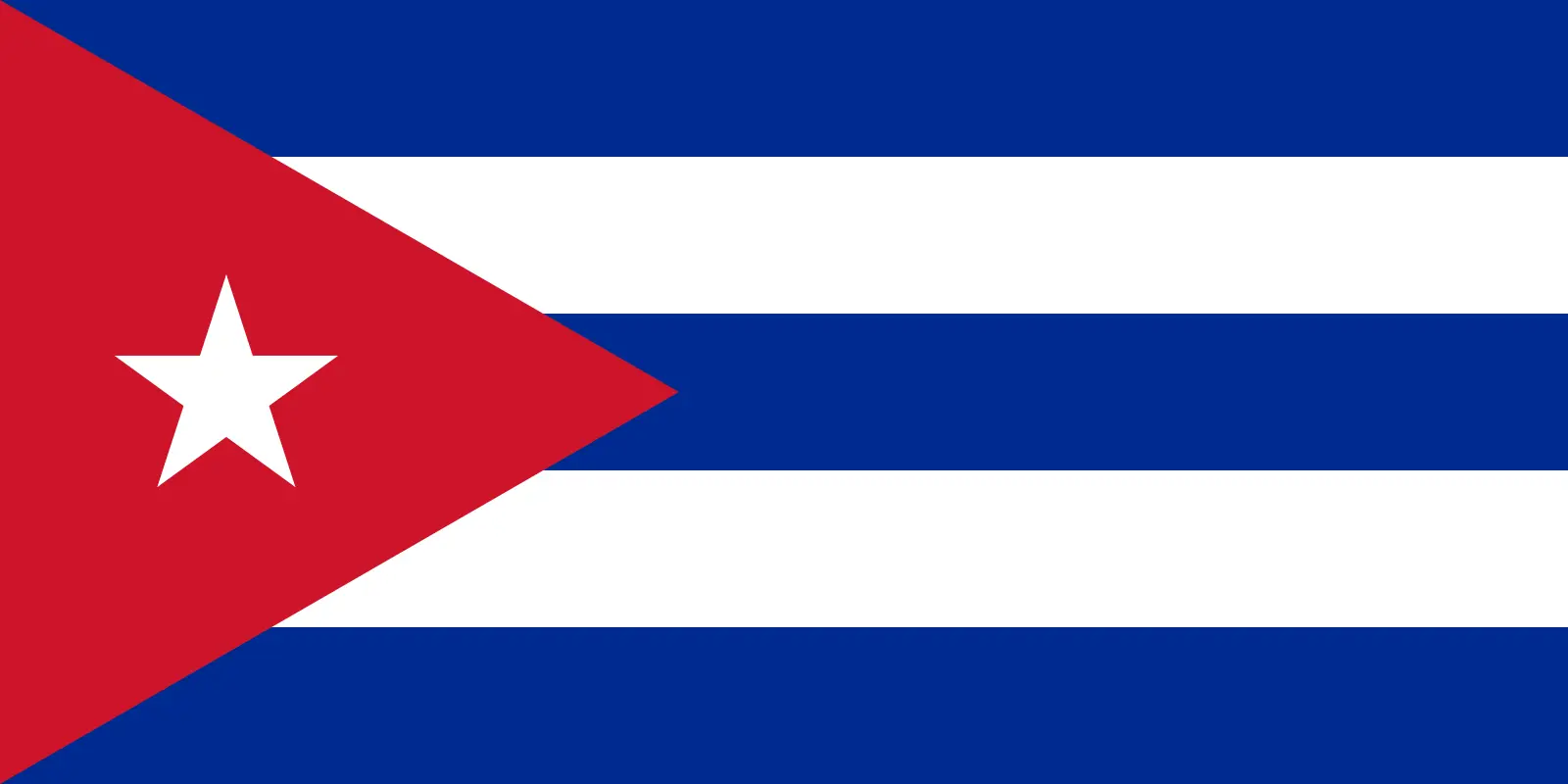 Cuba (+53)
Cuba (+53)
 Curaçao (+599)
Curaçao (+599)
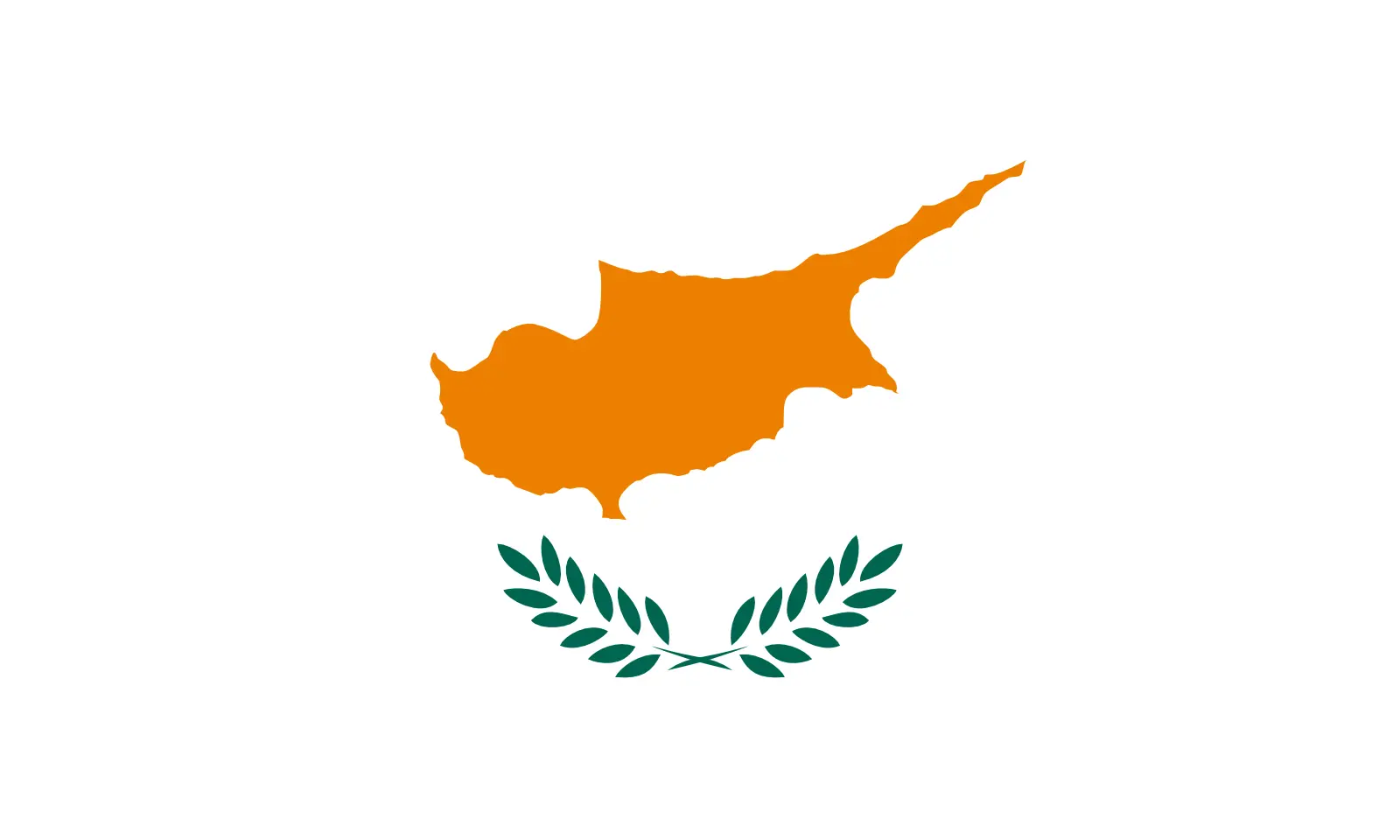 Cyprus (+357)
Cyprus (+357)
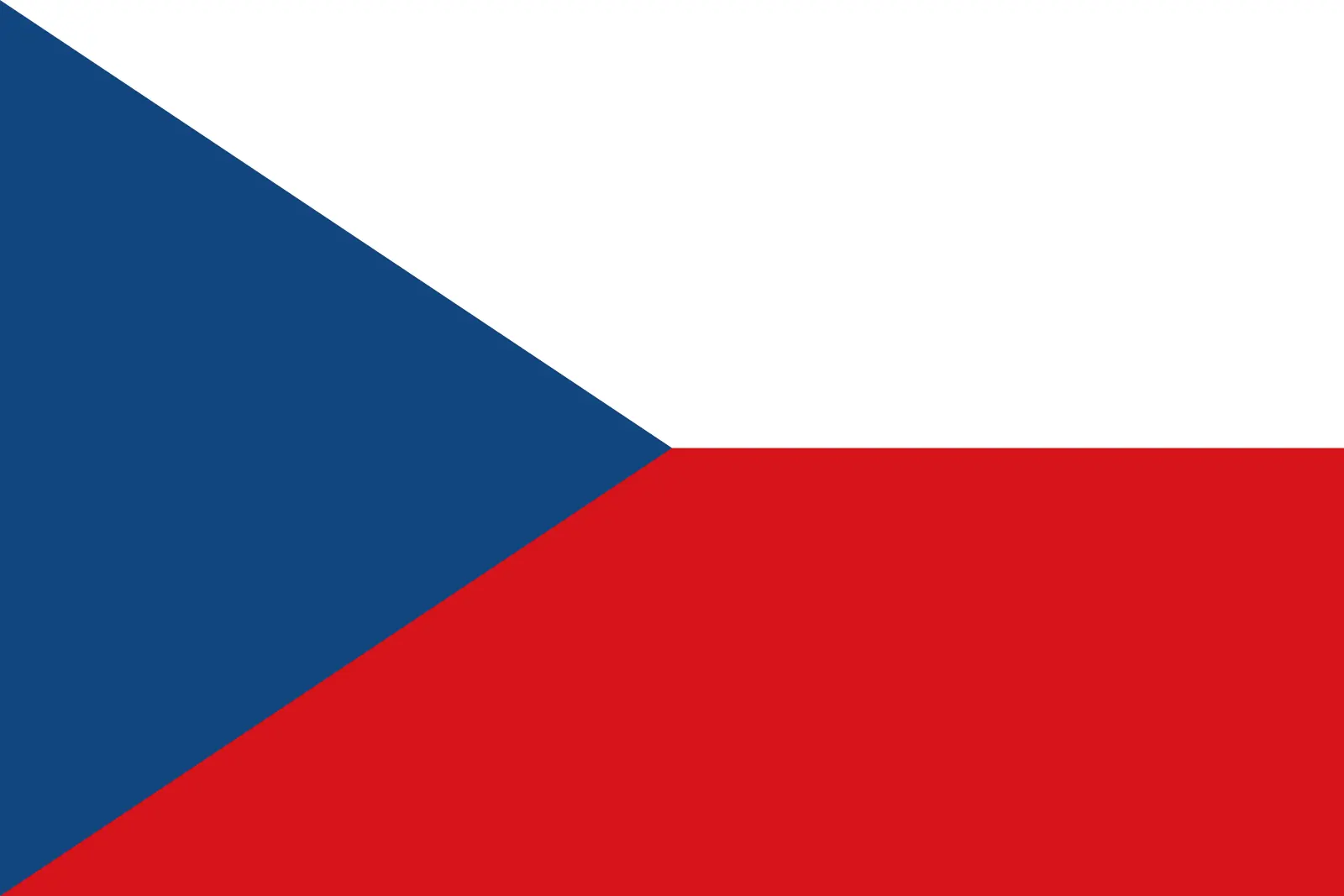 Czechia (+420)
Czechia (+420)
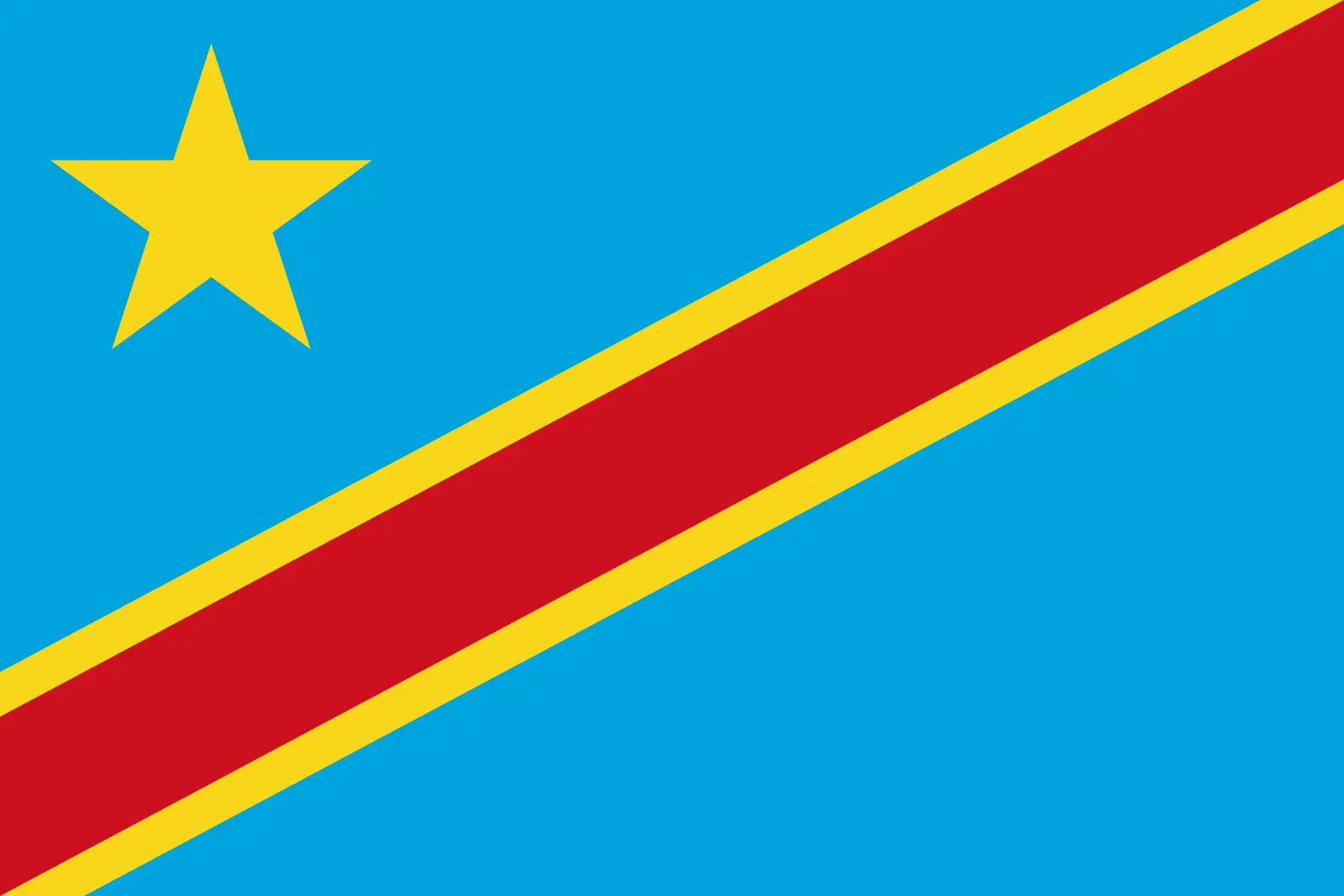 Democratic Republic of the Congo (+243)
Democratic Republic of the Congo (+243)
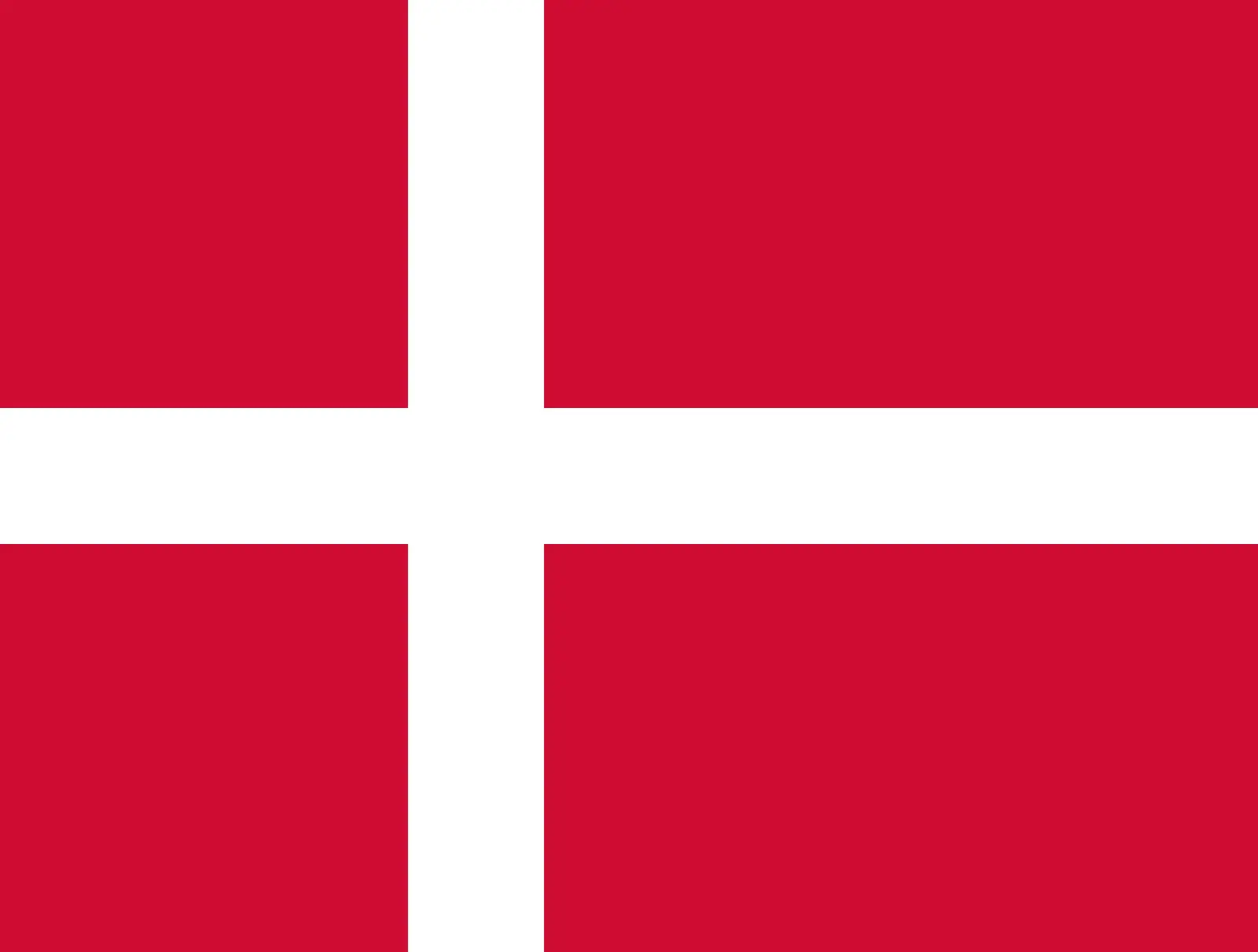 Denmark (+45)
Denmark (+45)
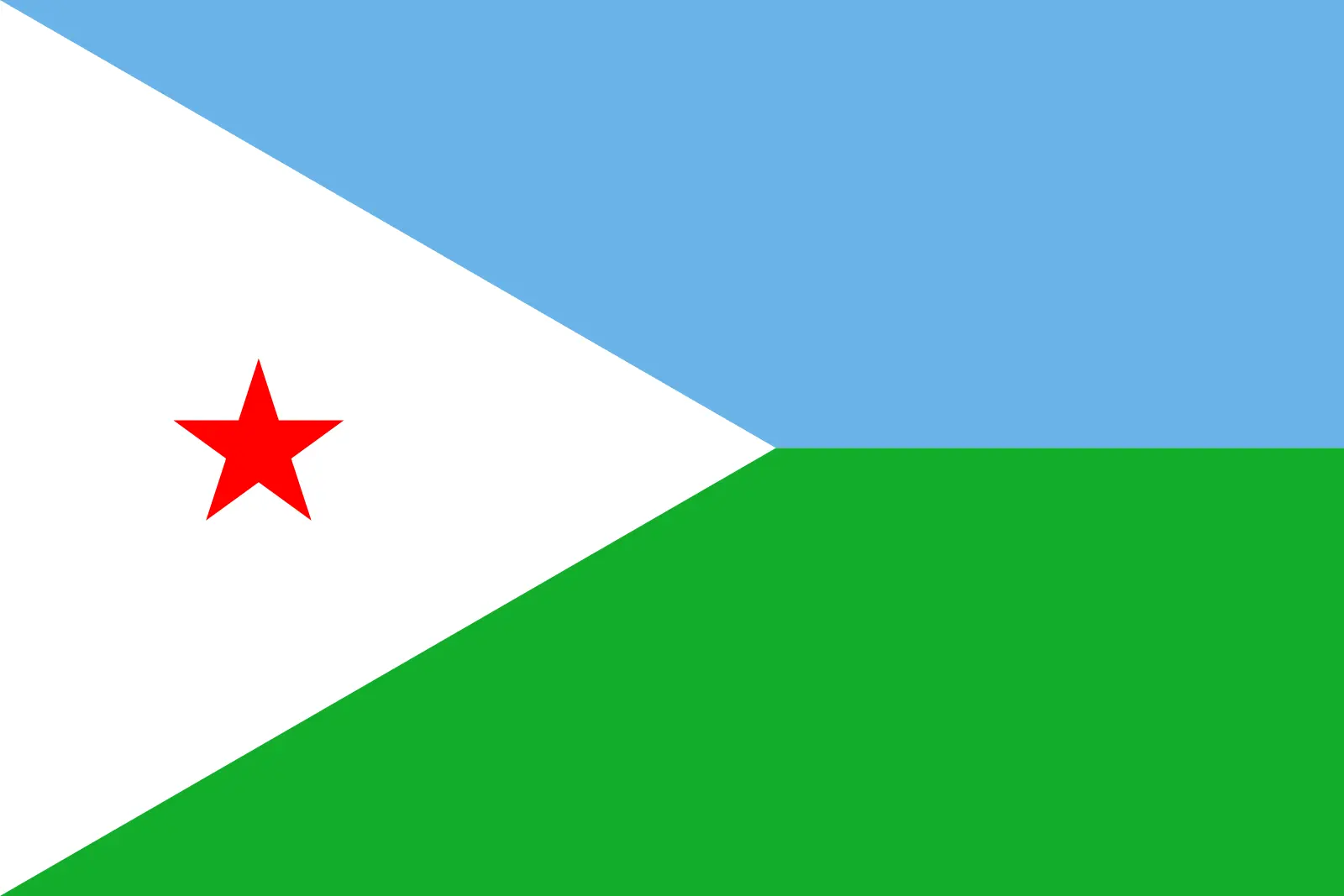 Djibouti (+253)
Djibouti (+253)
 Dominica (+1767)
Dominica (+1767)
 Dominican Republic (+1809)
Dominican Republic (+1809)
 Timor-Leste (+670)
Timor-Leste (+670)
 Ecuador (+593)
Ecuador (+593)
 Egypt (+20)
Egypt (+20)
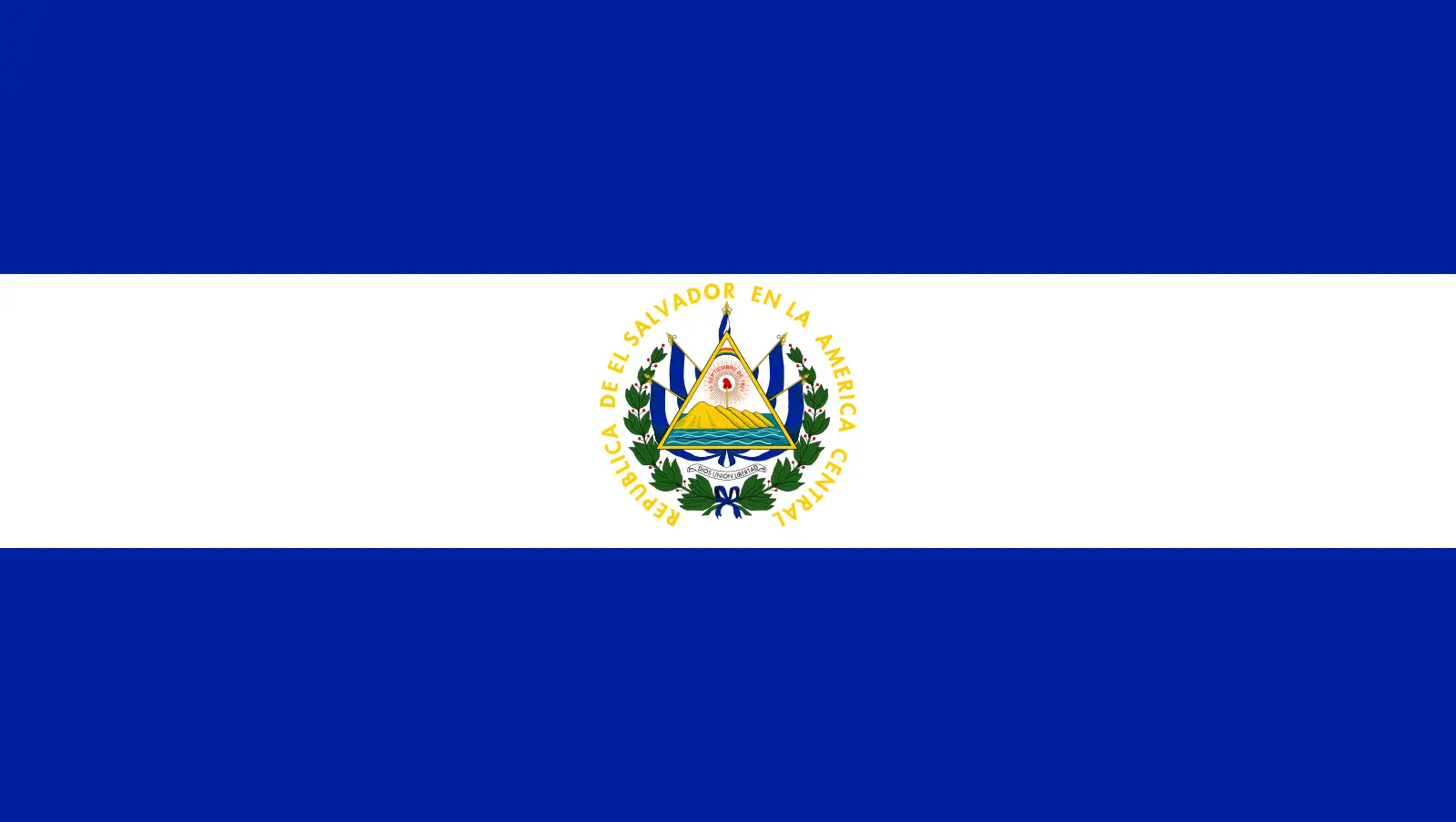 El Salvador (+503)
El Salvador (+503)
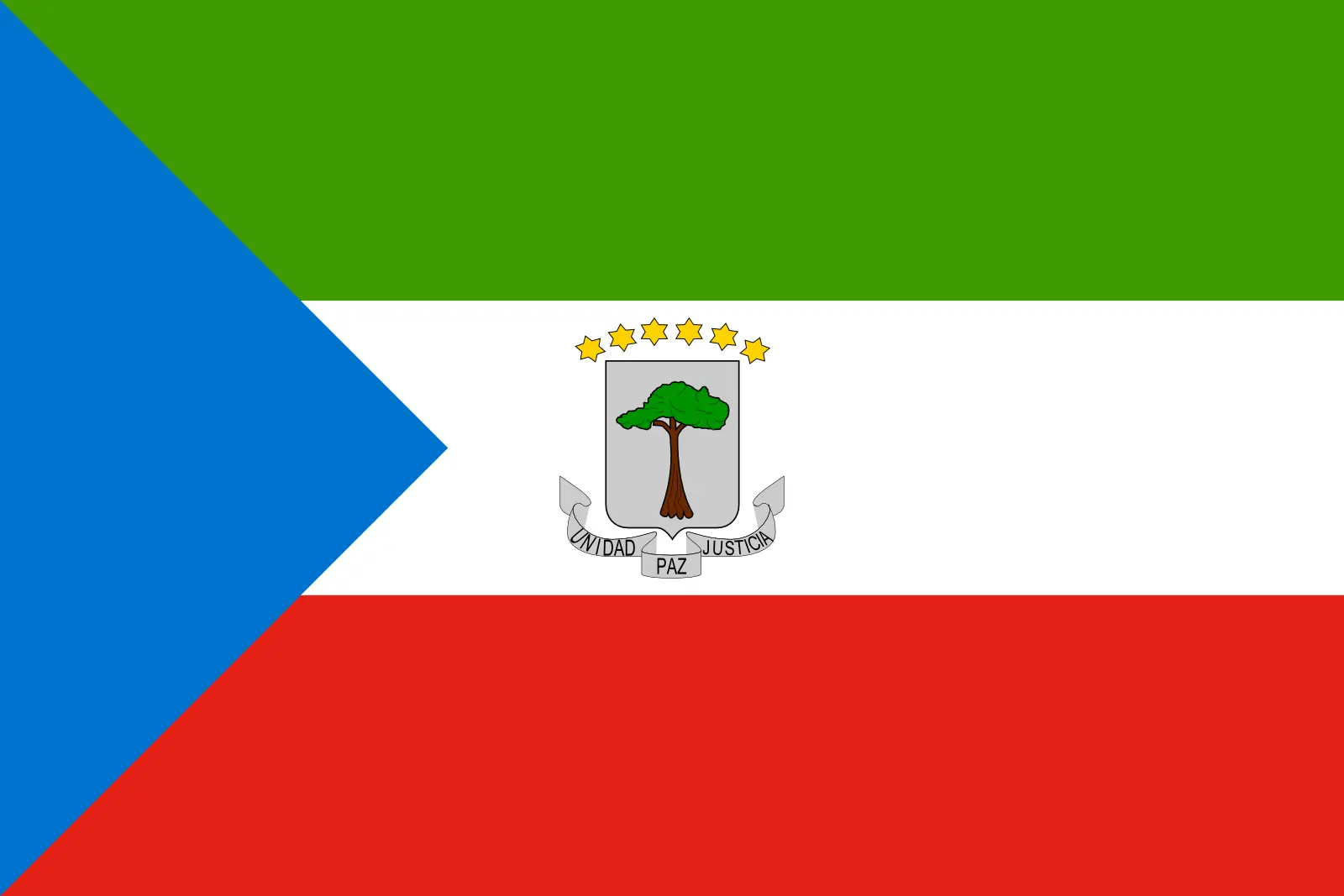 Equatorial Guinea (+240)
Equatorial Guinea (+240)
 Eritrea (+291)
Eritrea (+291)
 Estonia (+372)
Estonia (+372)
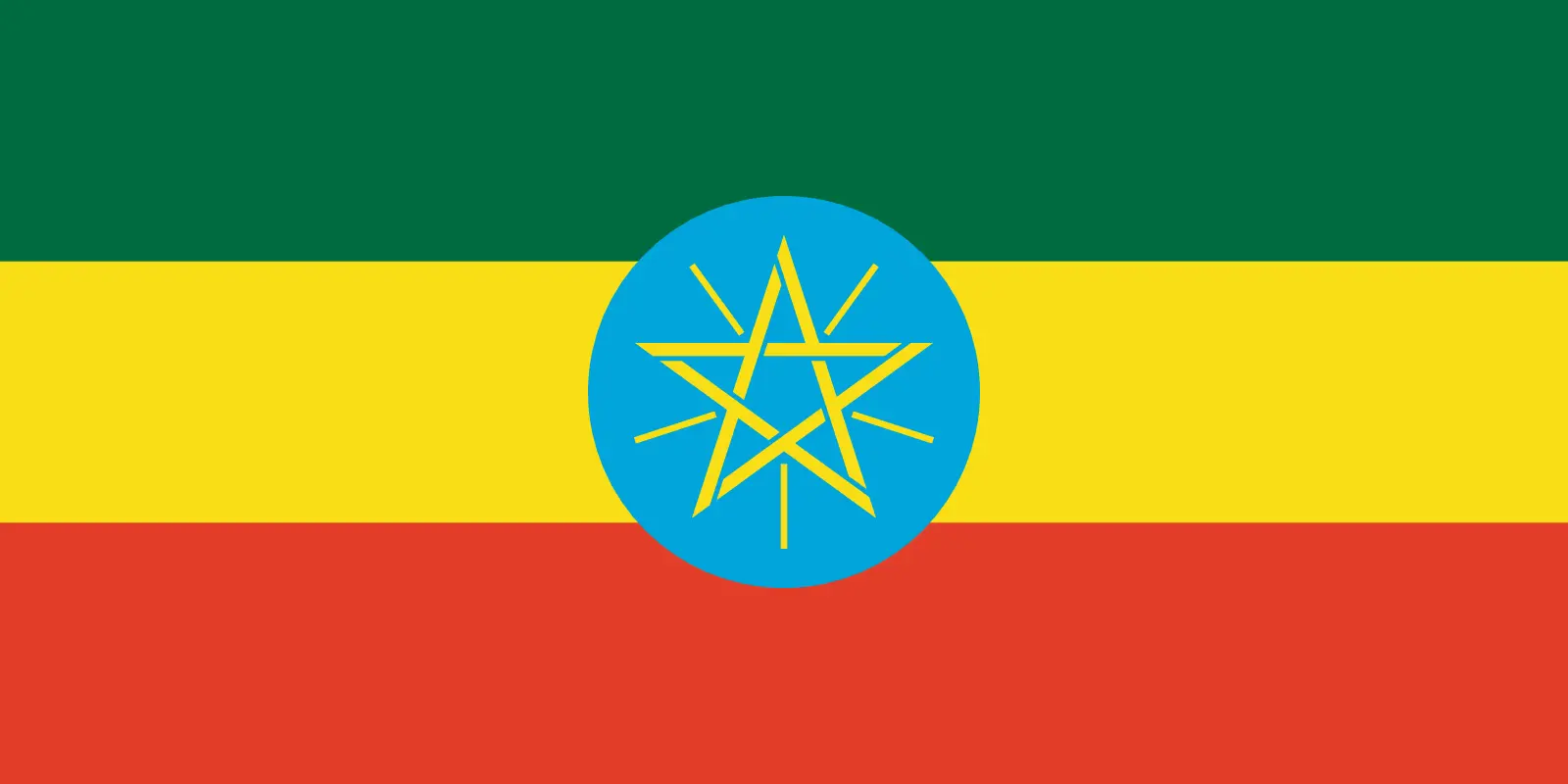 Ethiopia (+251)
Ethiopia (+251)
 Falkland Islands (+500)
Falkland Islands (+500)
 Faroe Islands (+298)
Faroe Islands (+298)
 Fiji (+679)
Fiji (+679)
 Finland (+358)
Finland (+358)
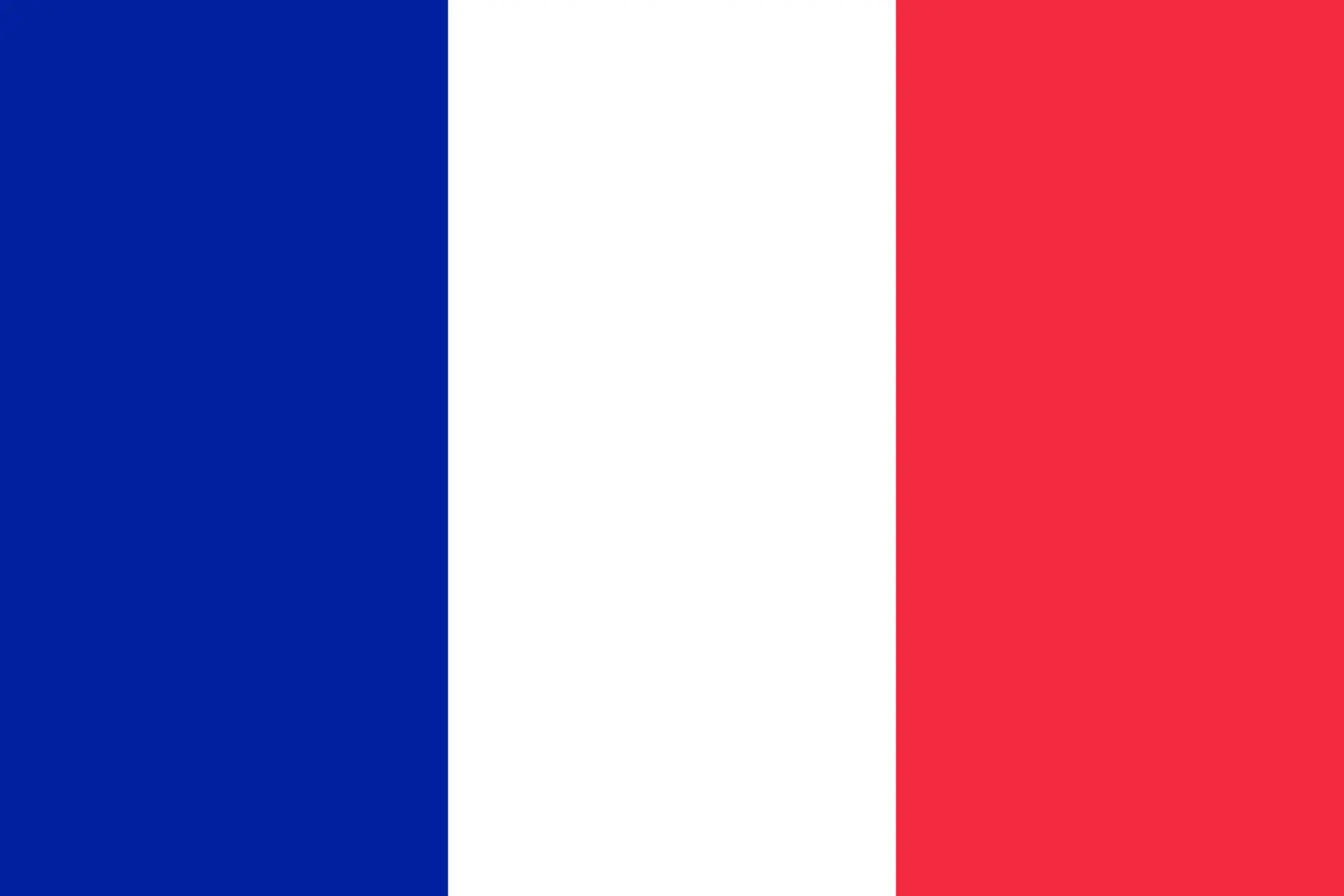 France (+33)
France (+33)
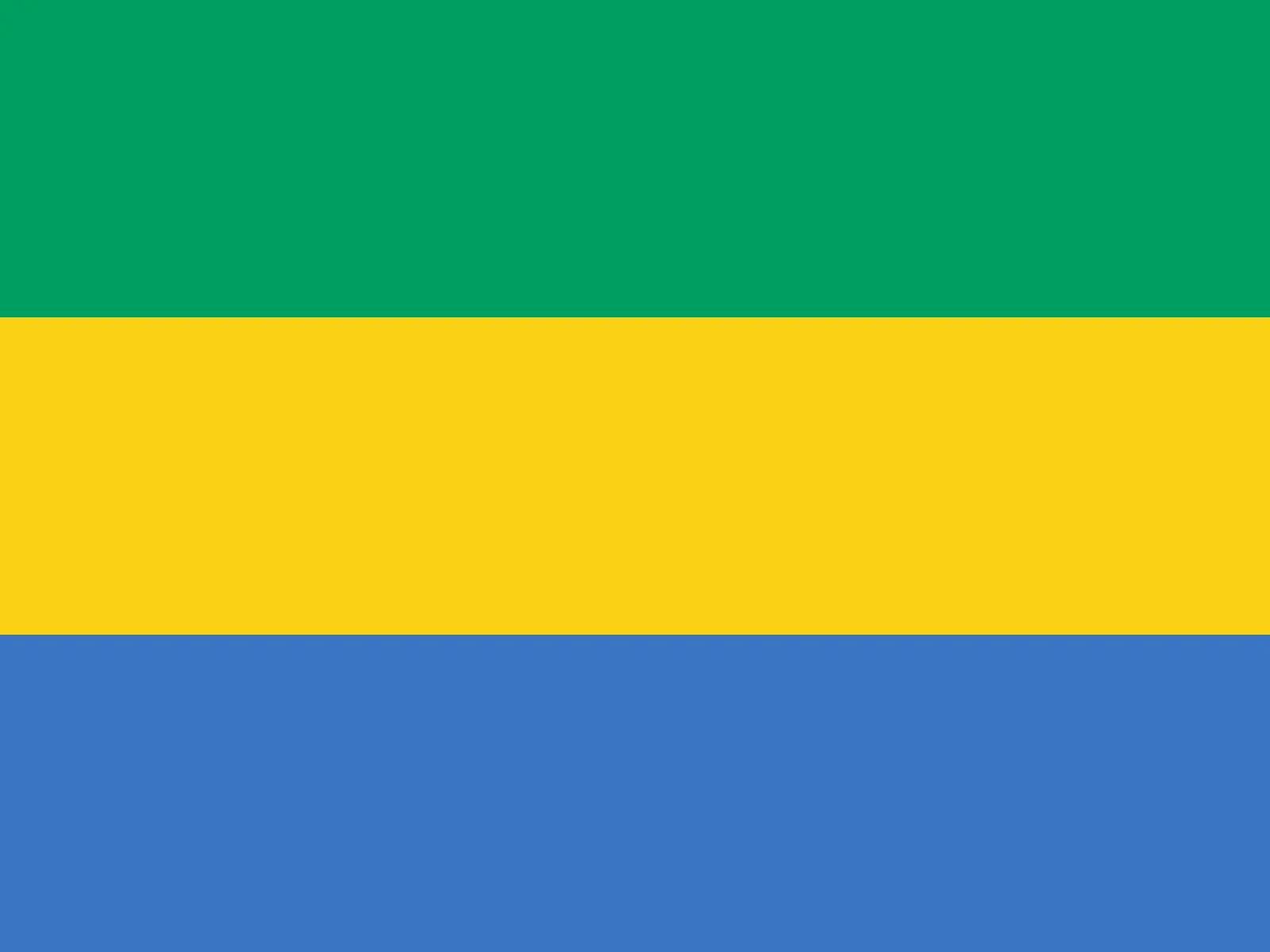 Gabon (+241)
Gabon (+241)
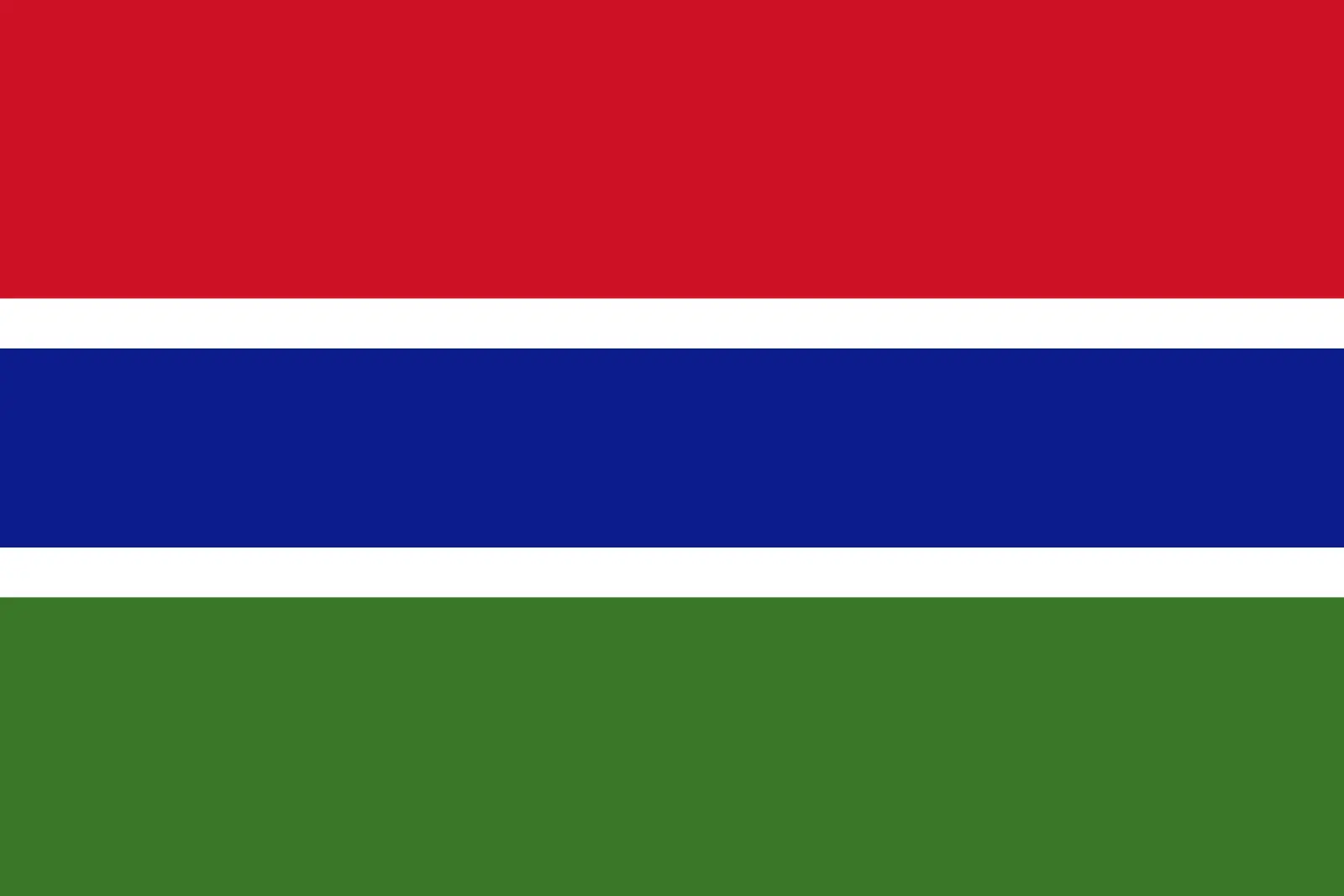 Gambia (+220)
Gambia (+220)
 Georgia (+995)
Georgia (+995)
 Germany (+49)
Germany (+49)
 Ghana (+233)
Ghana (+233)
 Gibraltar (+350)
Gibraltar (+350)
 Greece (+30)
Greece (+30)
 Greenland (+299)
Greenland (+299)
 Grenada (+1473)
Grenada (+1473)
 Guadeloupe (+590)
Guadeloupe (+590)
 Guam (+1671)
Guam (+1671)
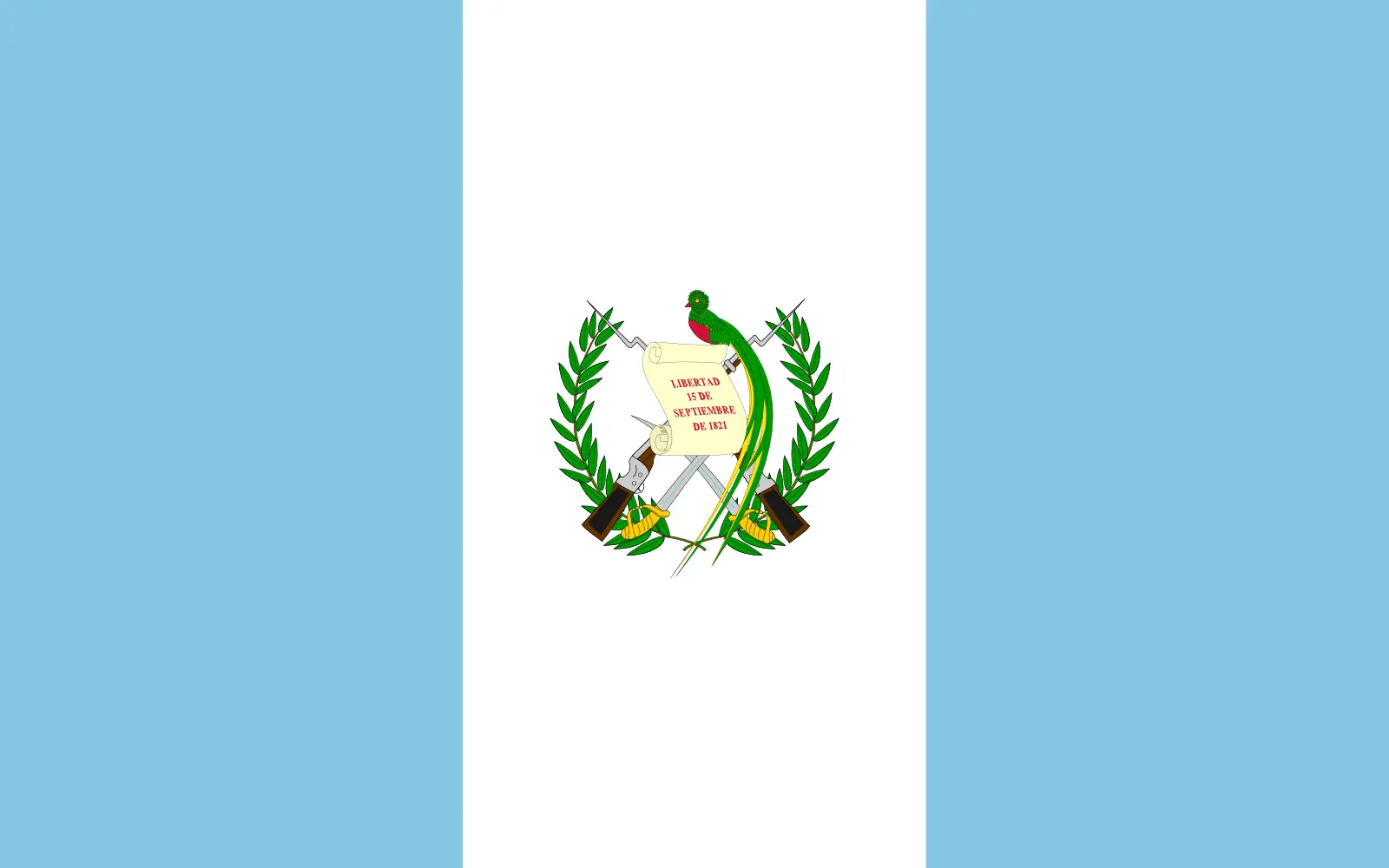 Guatemala (+502)
Guatemala (+502)
 Guinea (+224)
Guinea (+224)
 Guinea-Bissau (+245)
Guinea-Bissau (+245)
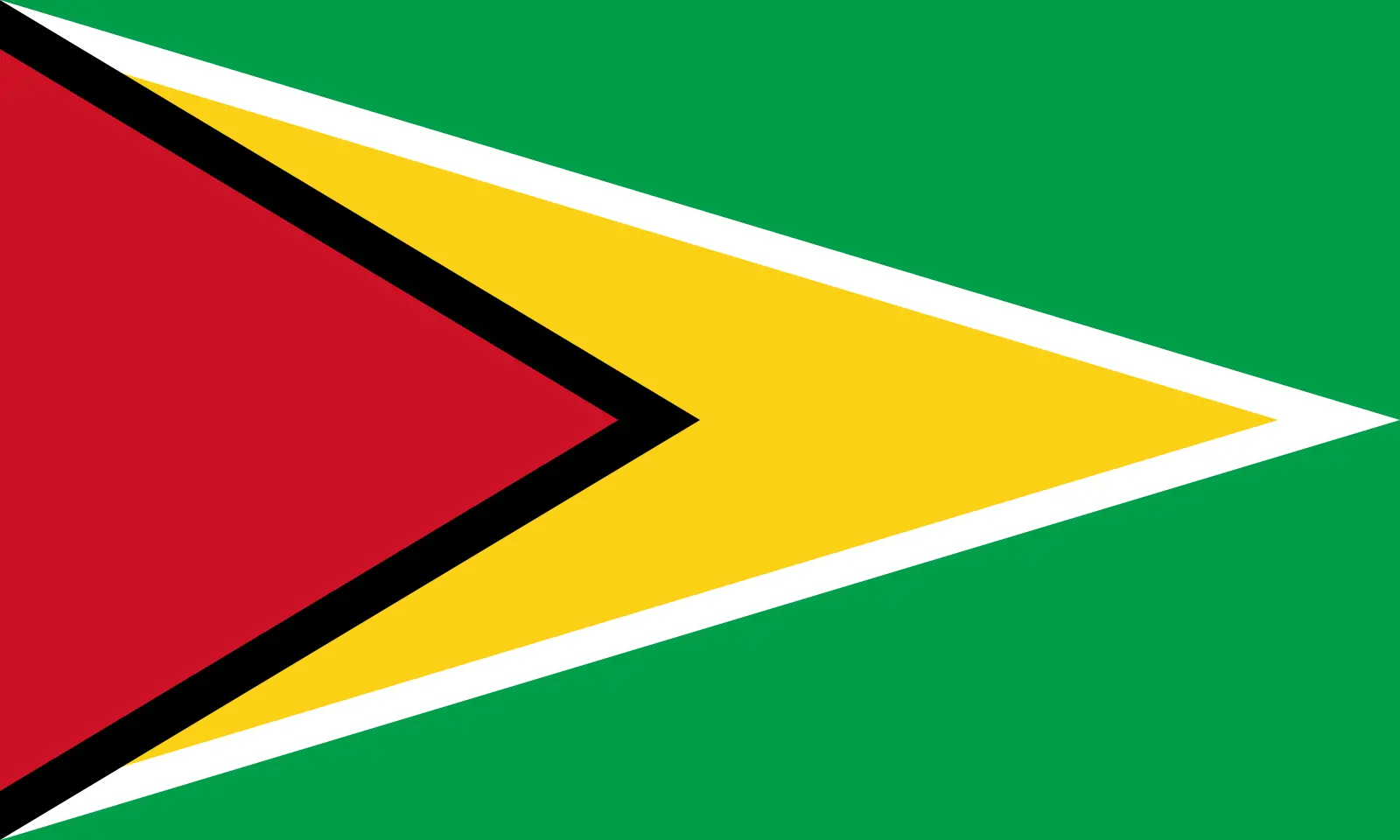 Guyana (+592)
Guyana (+592)
 Haiti (+509)
Haiti (+509)
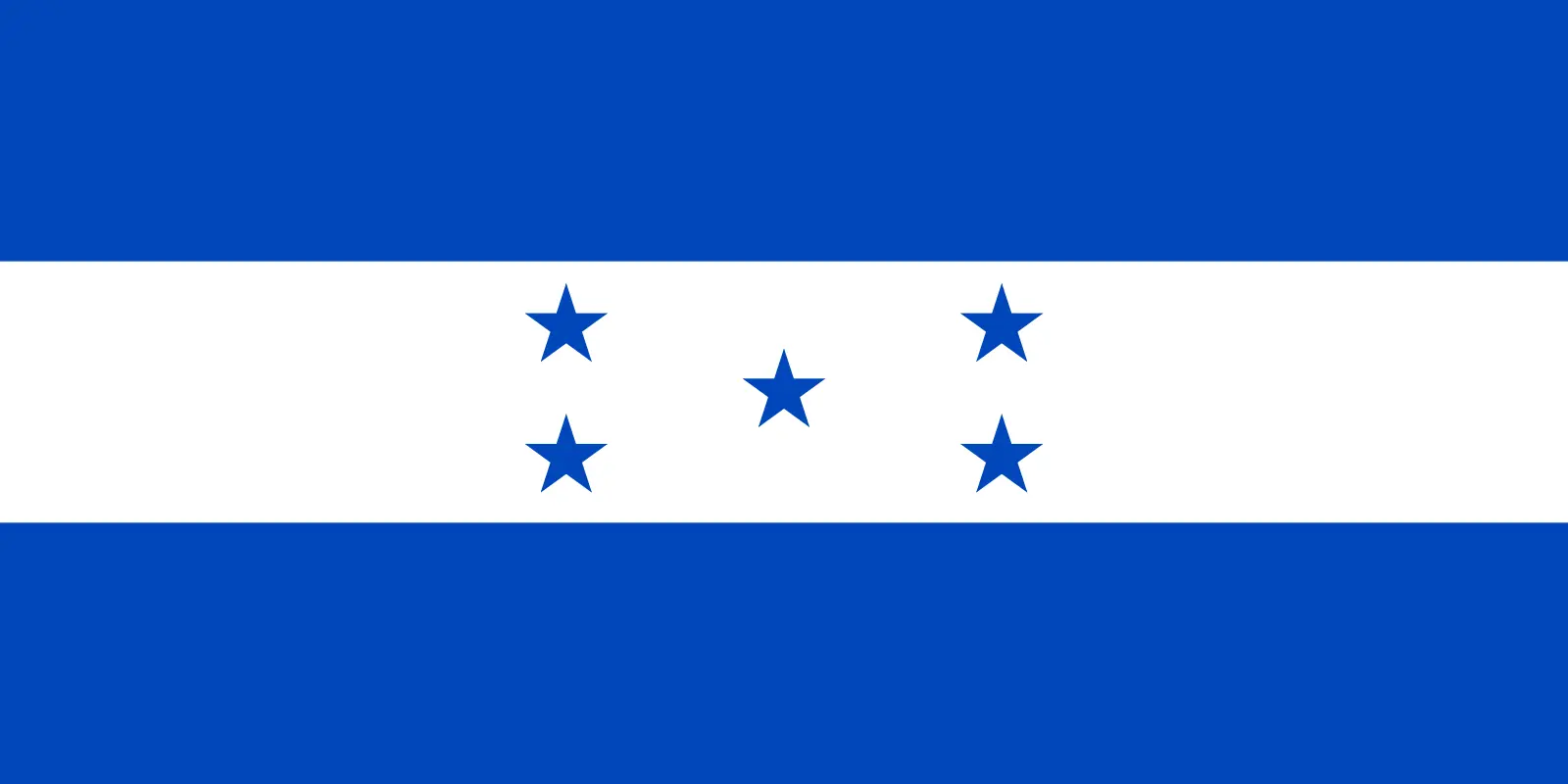 Honduras (+504)
Honduras (+504)
 Hong Kong (+852)
Hong Kong (+852)
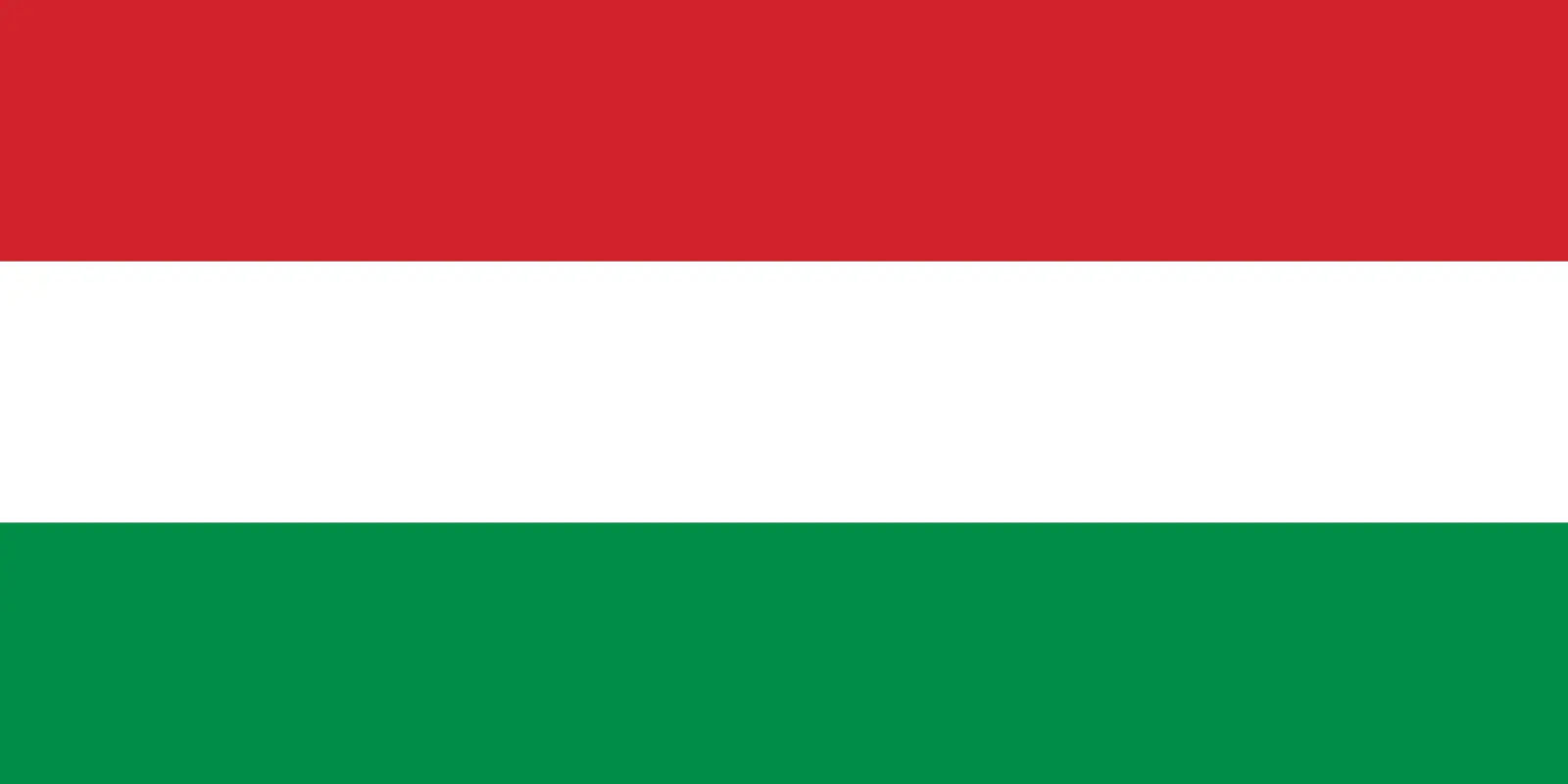 Hungary (+36)
Hungary (+36)
 Iceland (+354)
Iceland (+354)
 India (+91)
India (+91)
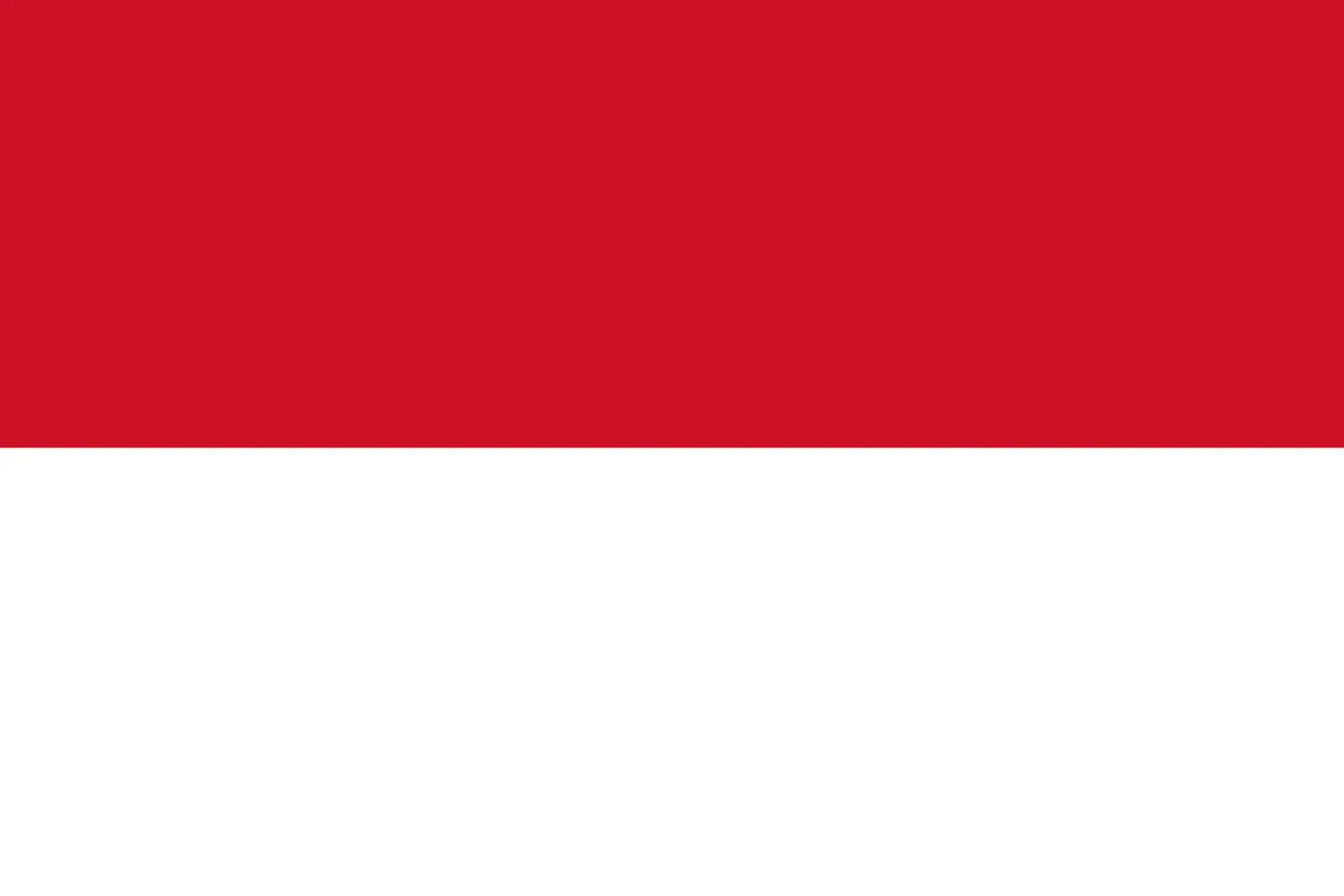 Indonesia (+62)
Indonesia (+62)
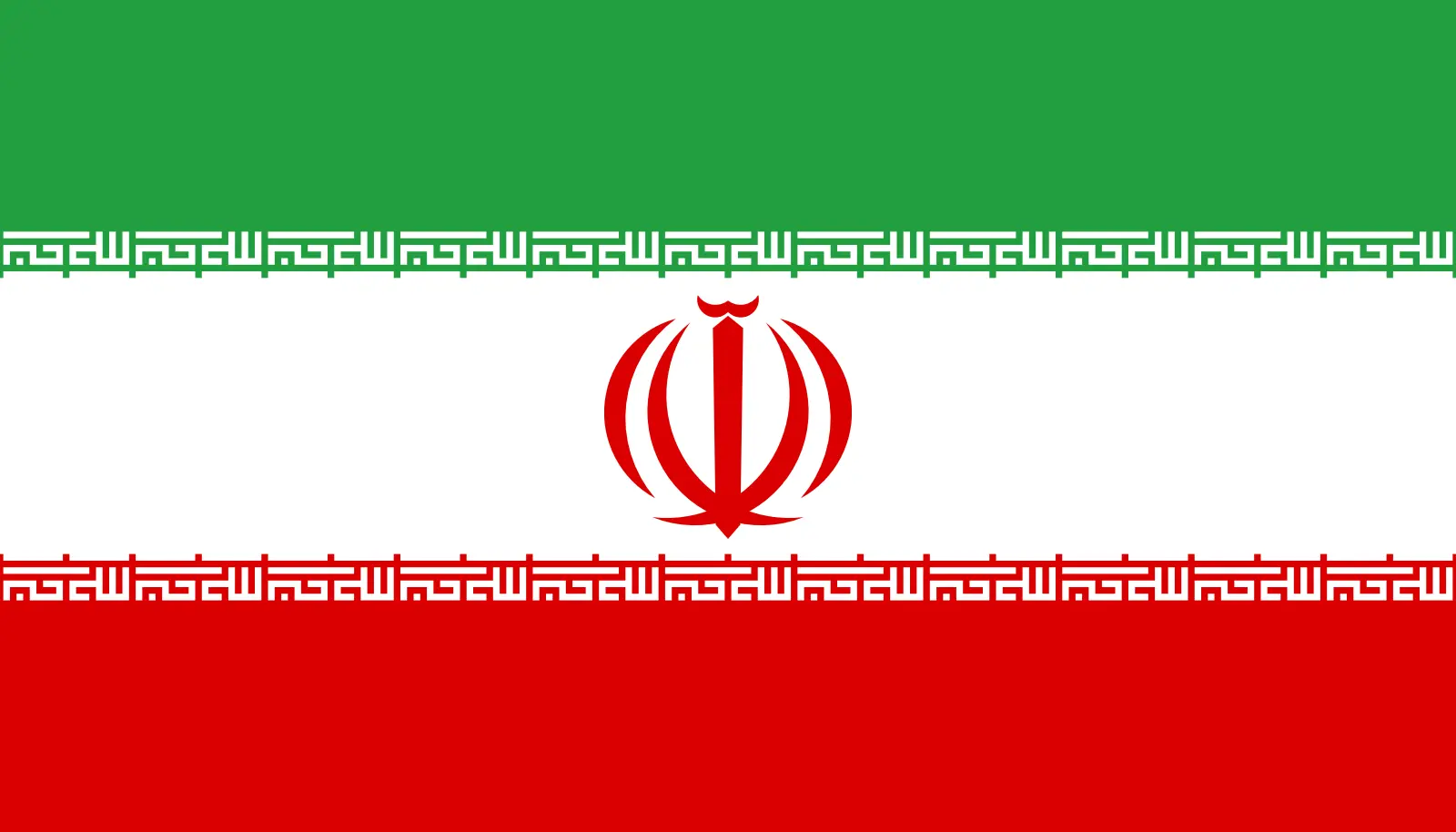 Iran (+98)
Iran (+98)
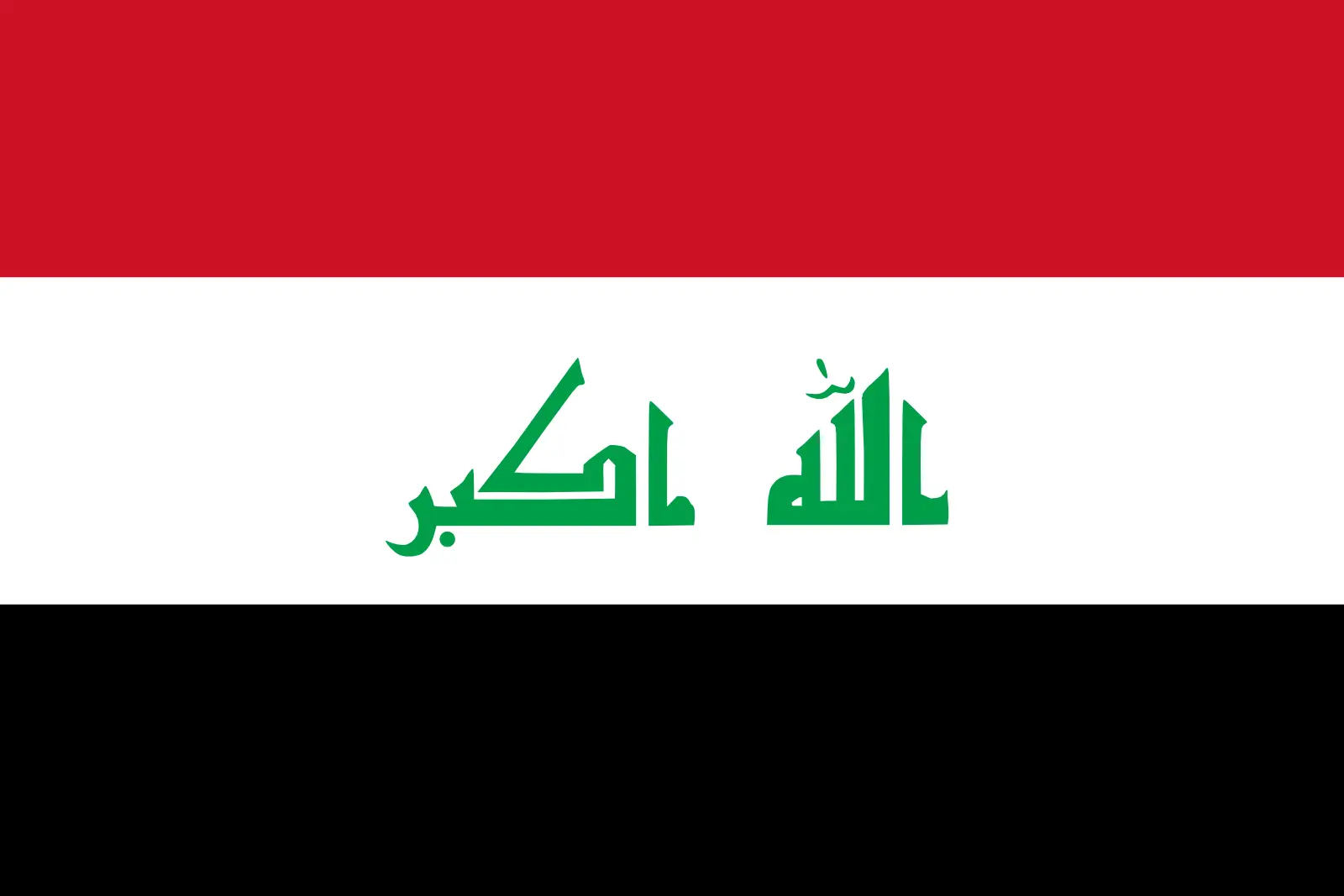 Iraq (+964)
Iraq (+964)
 Ireland (+353)
Ireland (+353)
 Isle of Man (+44)
Isle of Man (+44)
 Israel (+972)
Israel (+972)
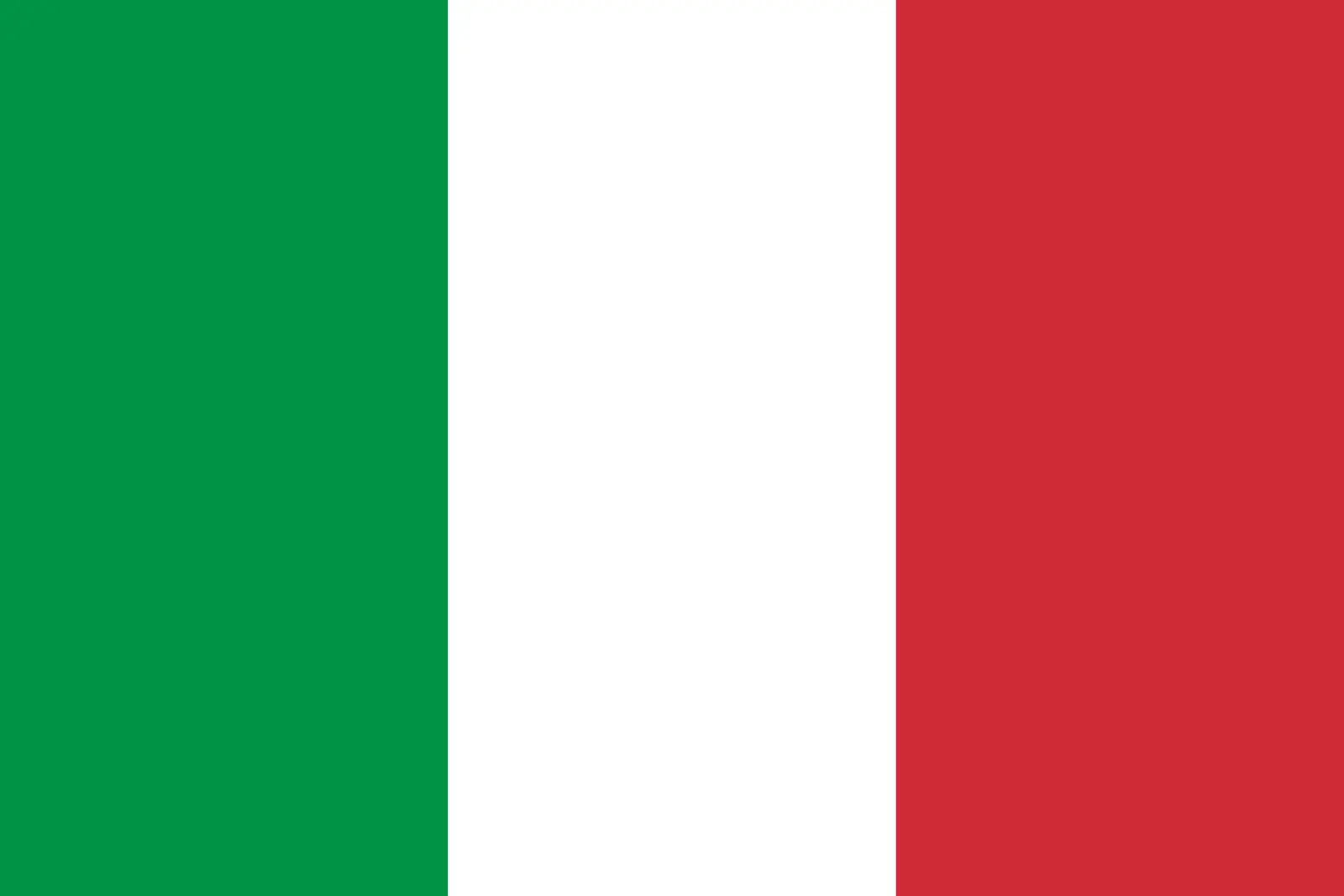 Italy (+39)
Italy (+39)
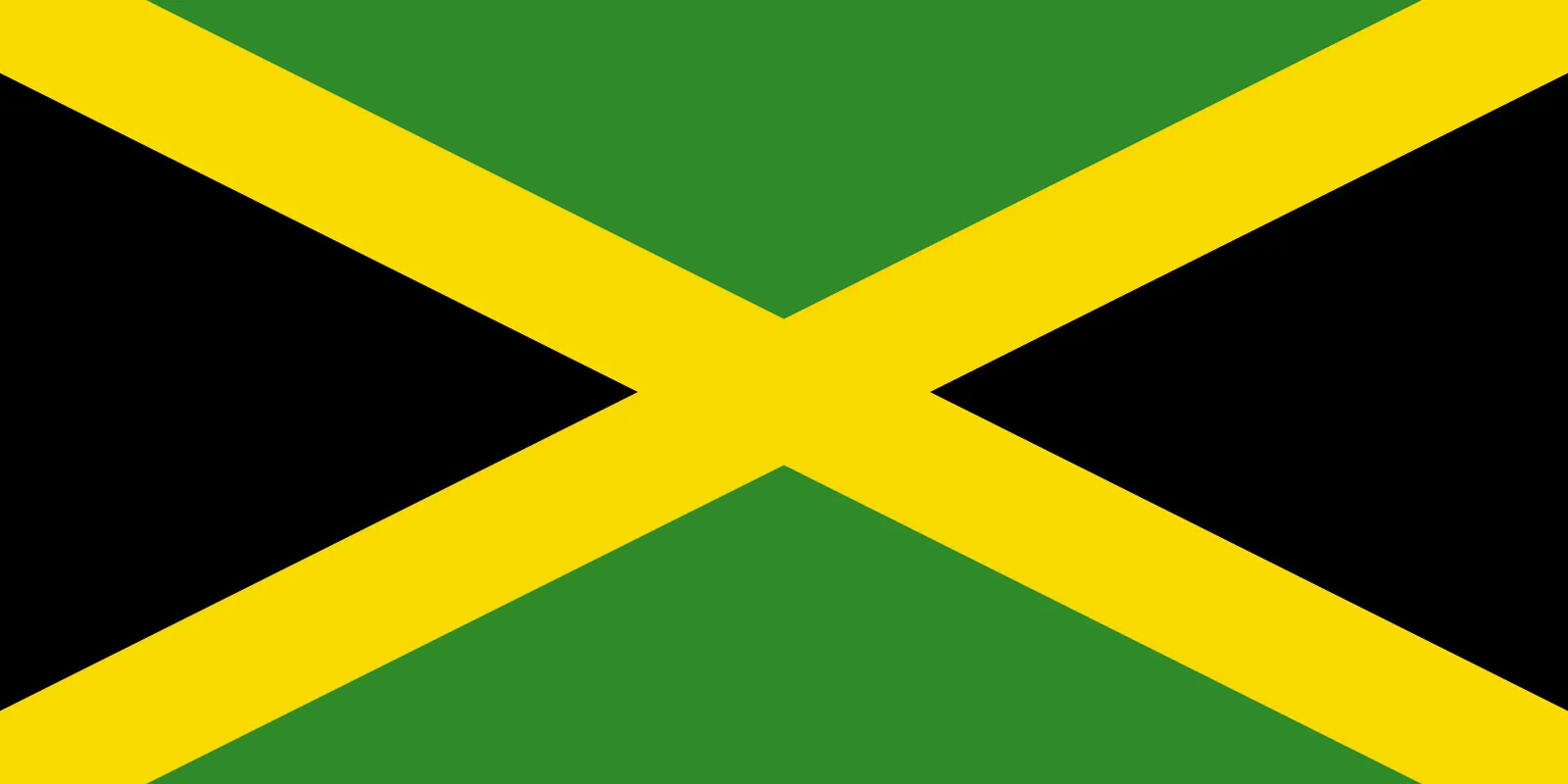 Jamaica (+1876)
Jamaica (+1876)
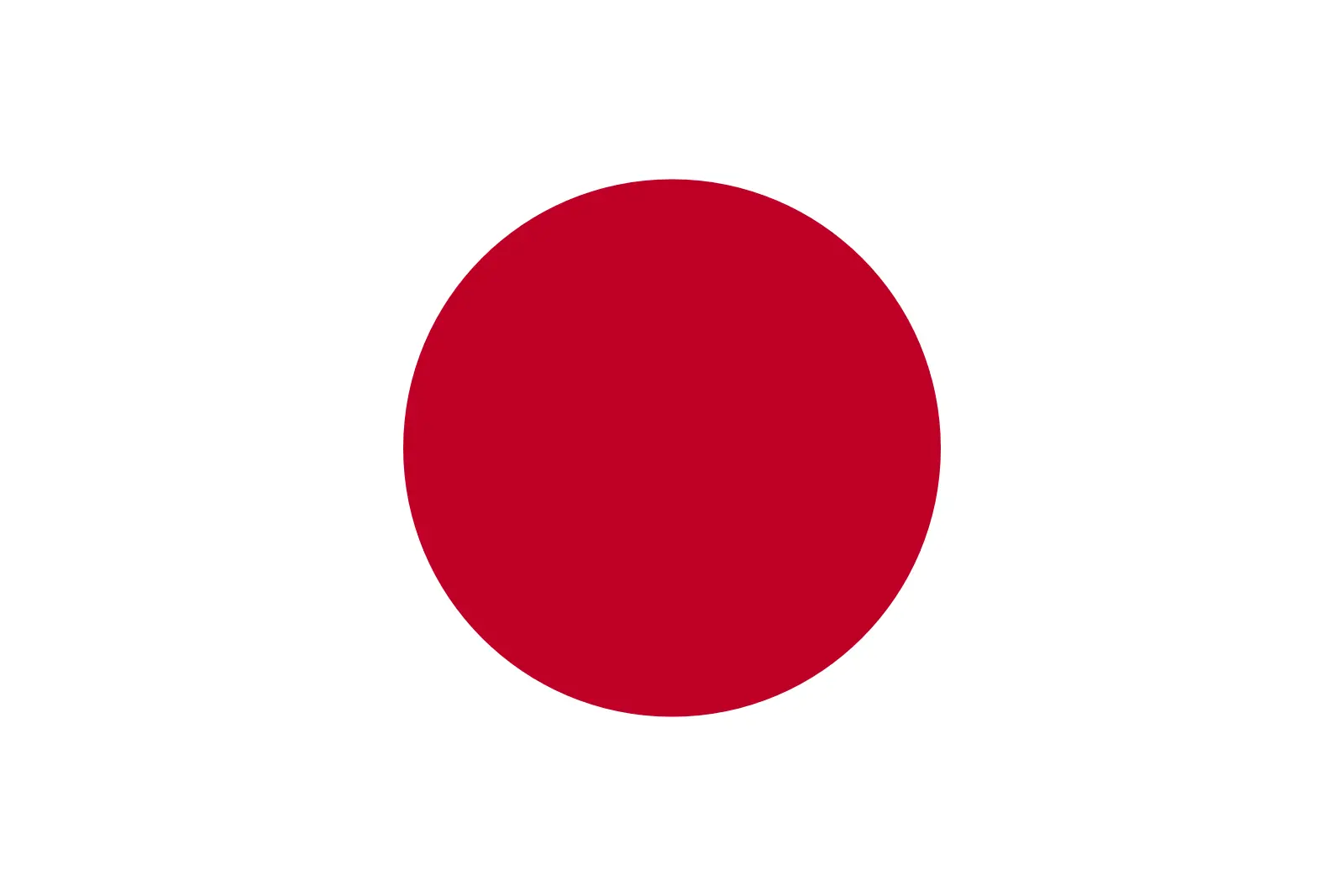 Japan (+81)
Japan (+81)
 Jersey (+44)
Jersey (+44)
 Jordan (+962)
Jordan (+962)
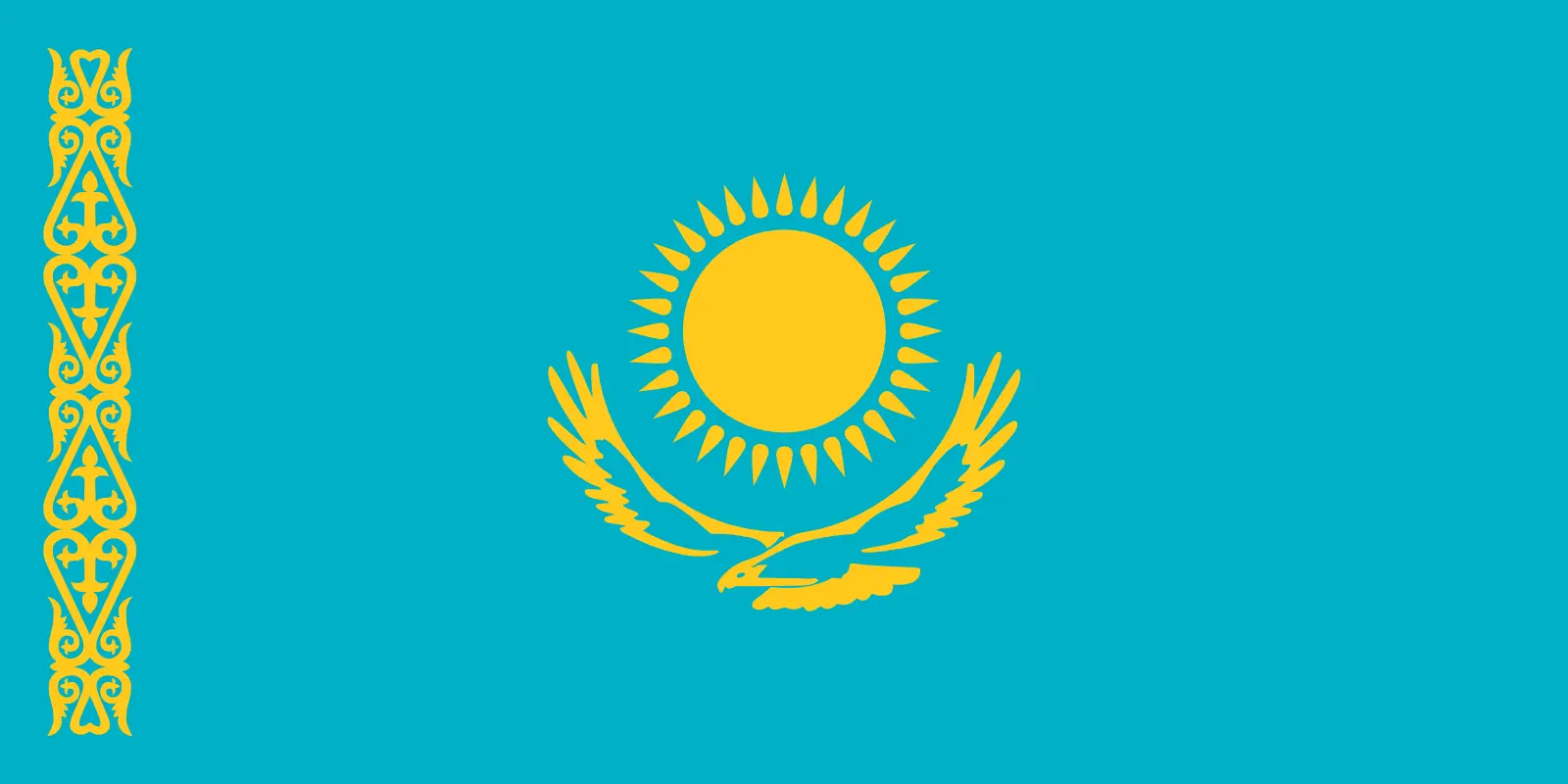 Kazakhstan (+7)
Kazakhstan (+7)
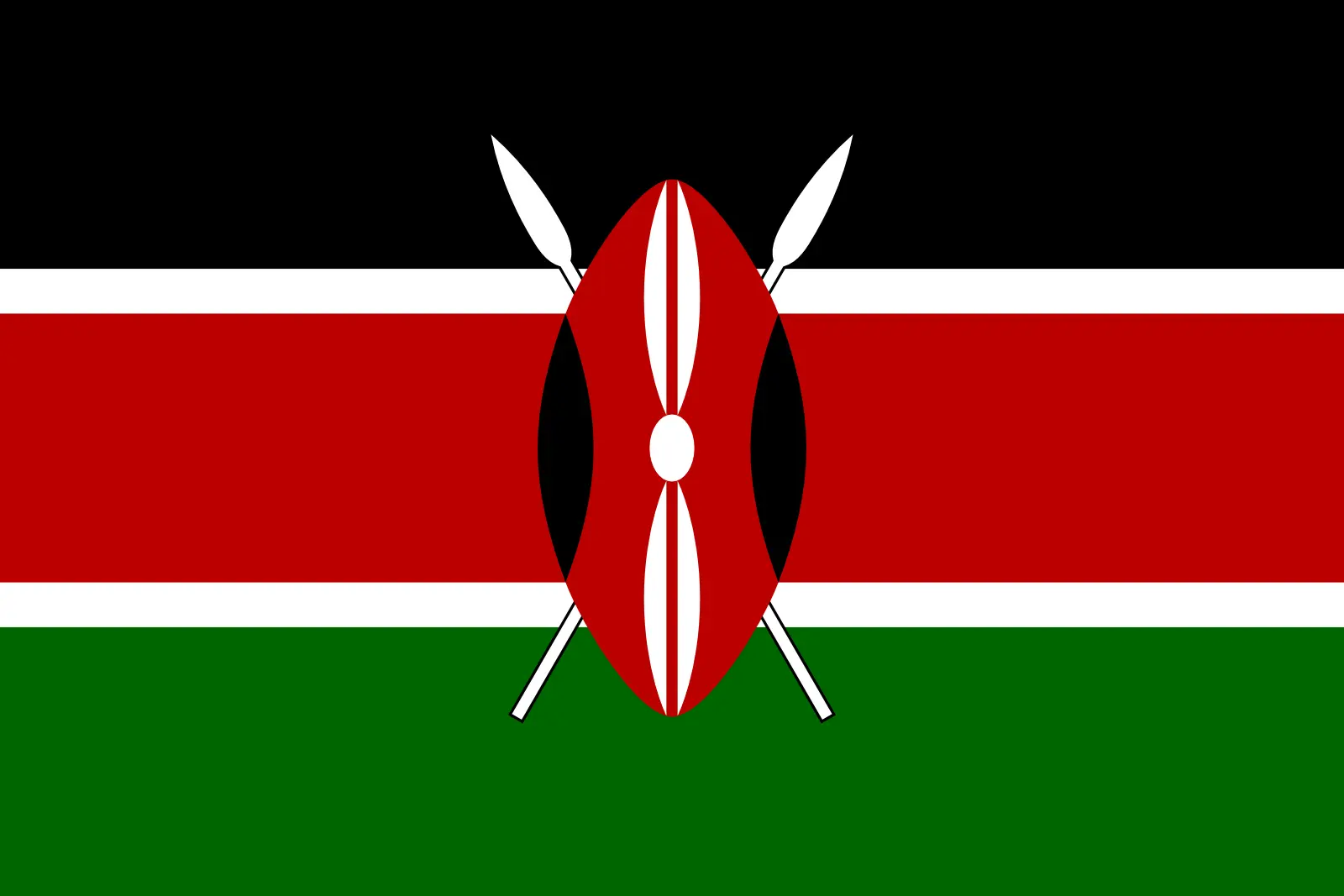 Kenya (+254)
Kenya (+254)
 Kiribati (+686)
Kiribati (+686)
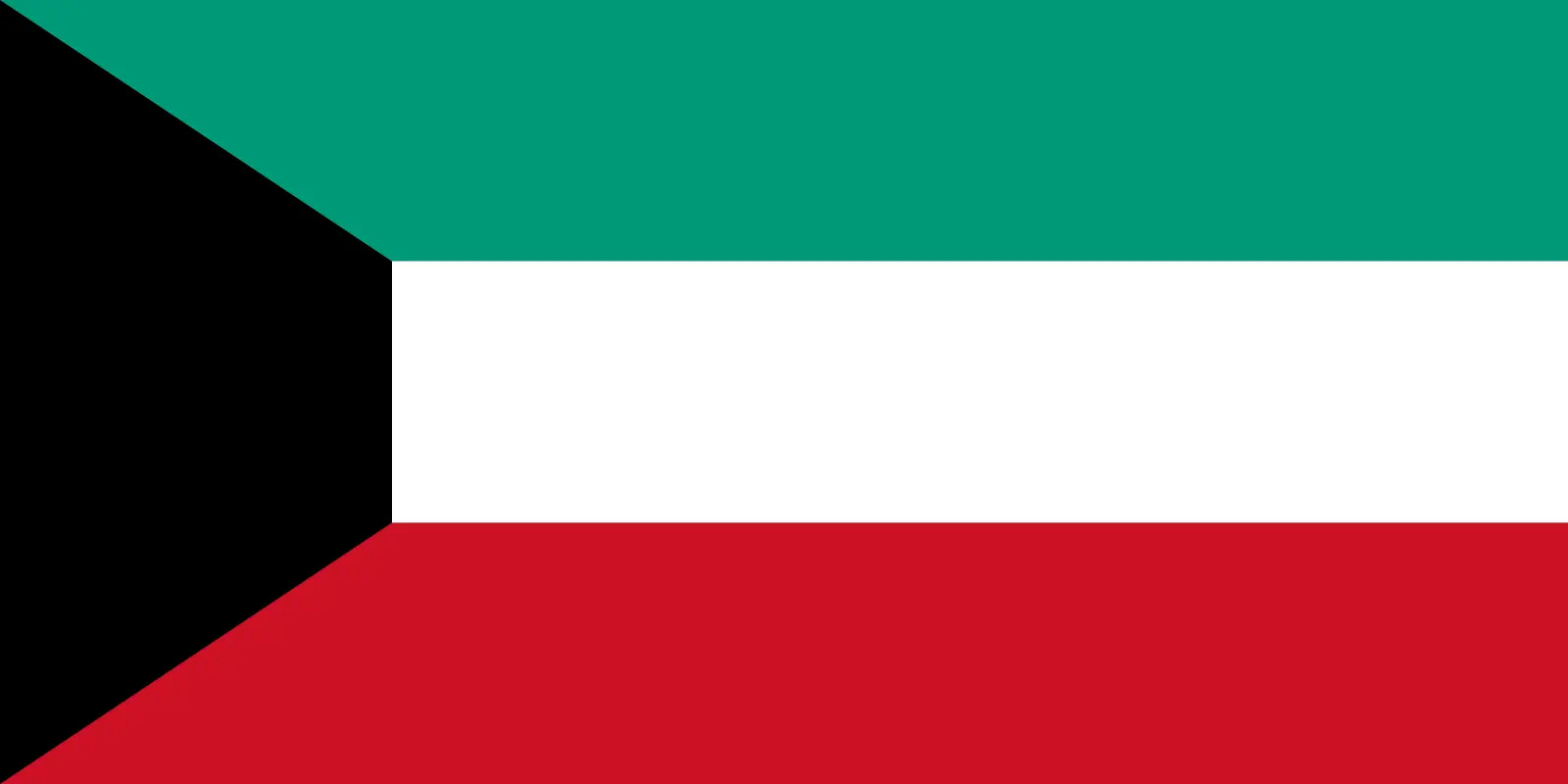 Kuwait (+965)
Kuwait (+965)
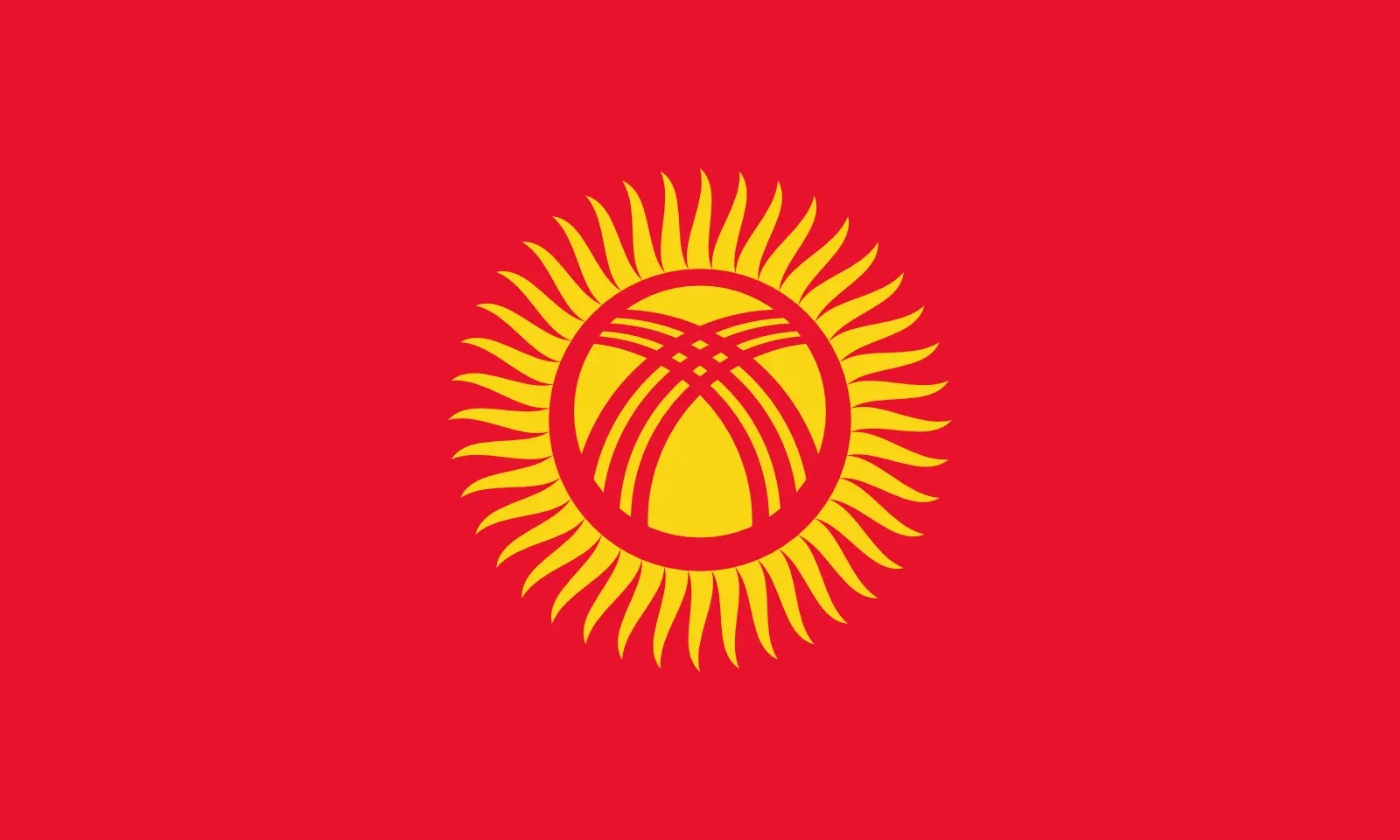 Kyrgyzstan (+996)
Kyrgyzstan (+996)
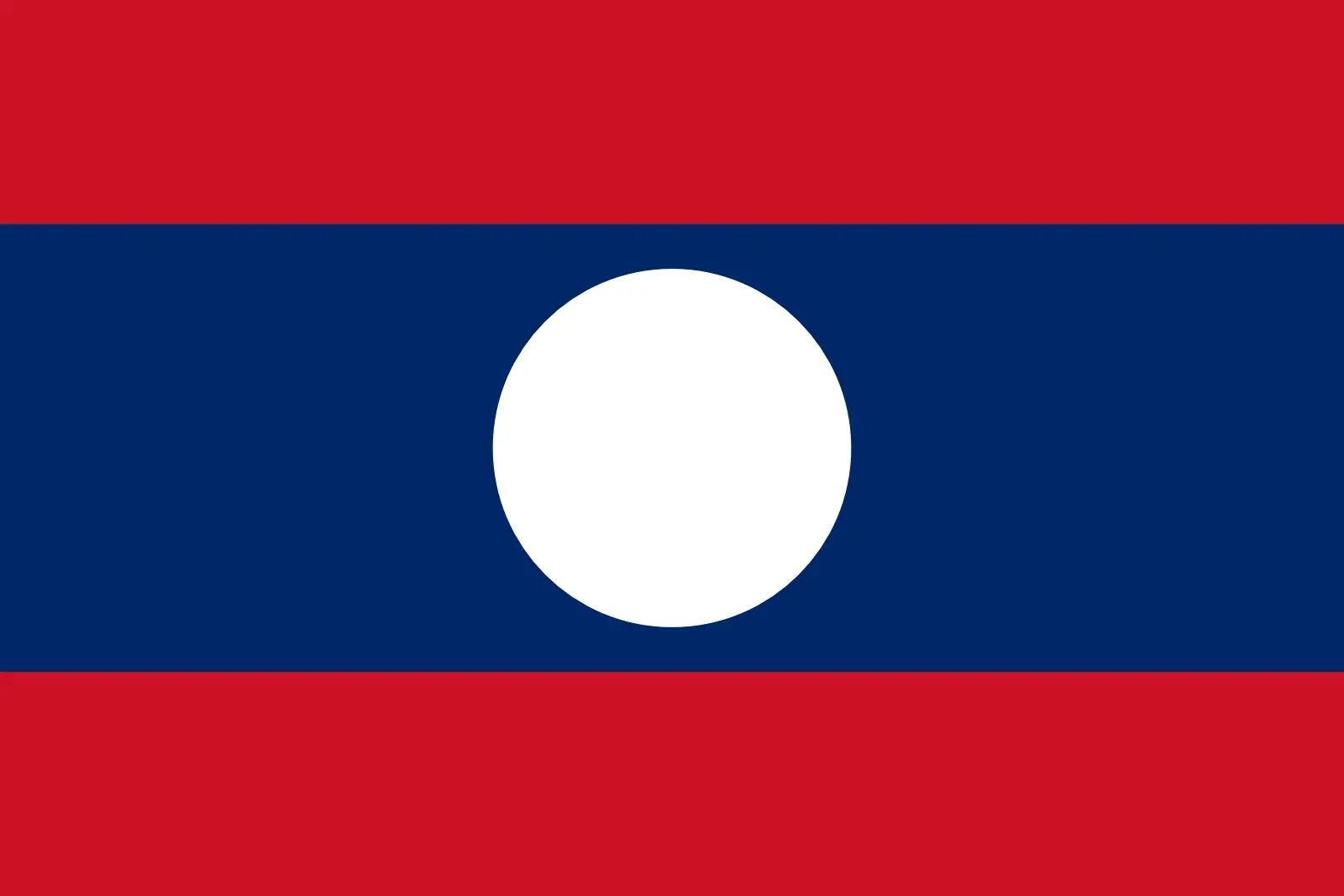 Laos (+856)
Laos (+856)
 Latvia (+371)
Latvia (+371)
 Lebanon (+961)
Lebanon (+961)
 Lesotho (+266)
Lesotho (+266)
 Liberia (+231)
Liberia (+231)
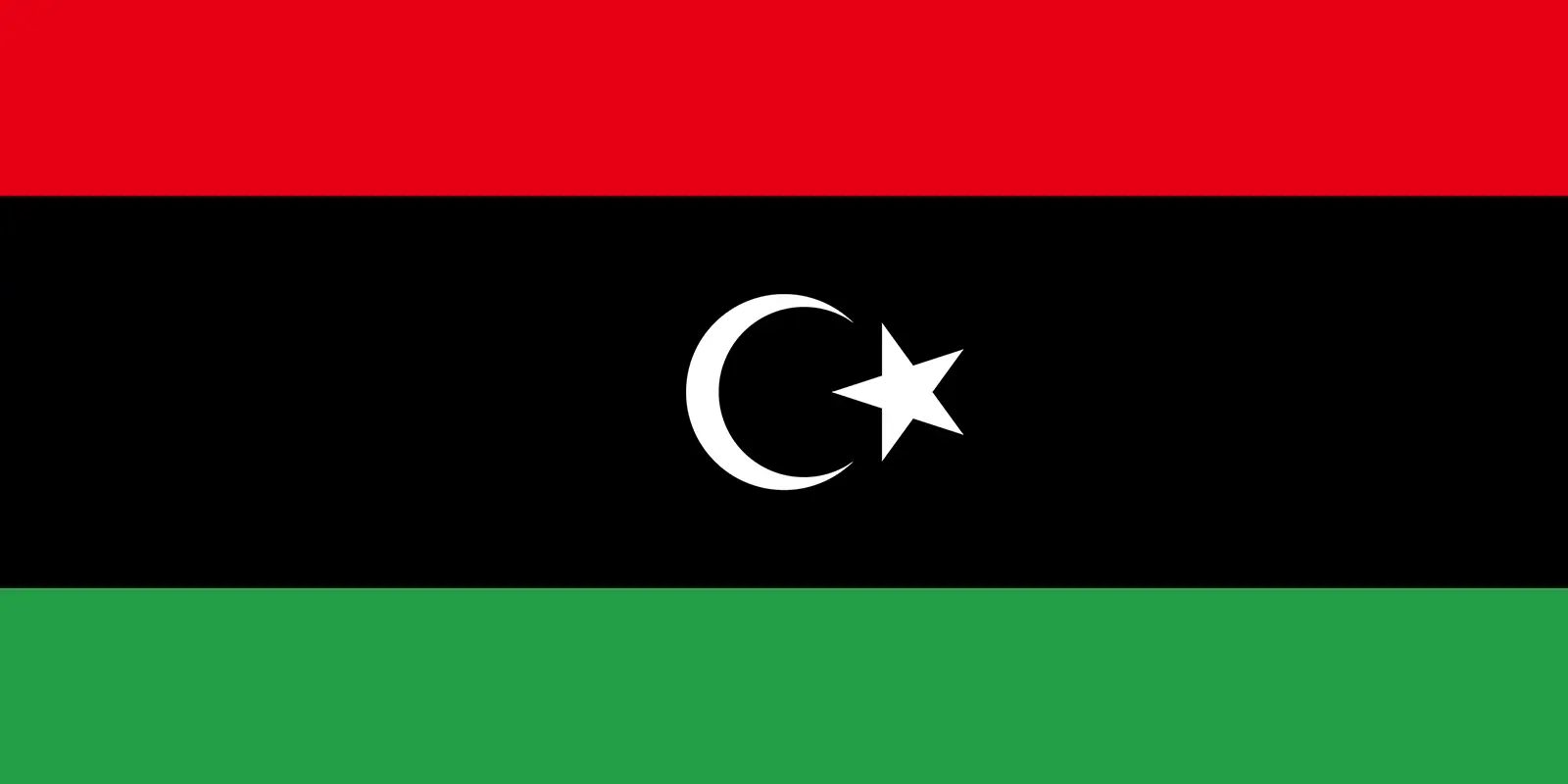 Libya (+218)
Libya (+218)
 Liechtenstein (+423)
Liechtenstein (+423)
 Lithuania (+370)
Lithuania (+370)
 Luxembourg (+352)
Luxembourg (+352)
 Macao (+853)
Macao (+853)
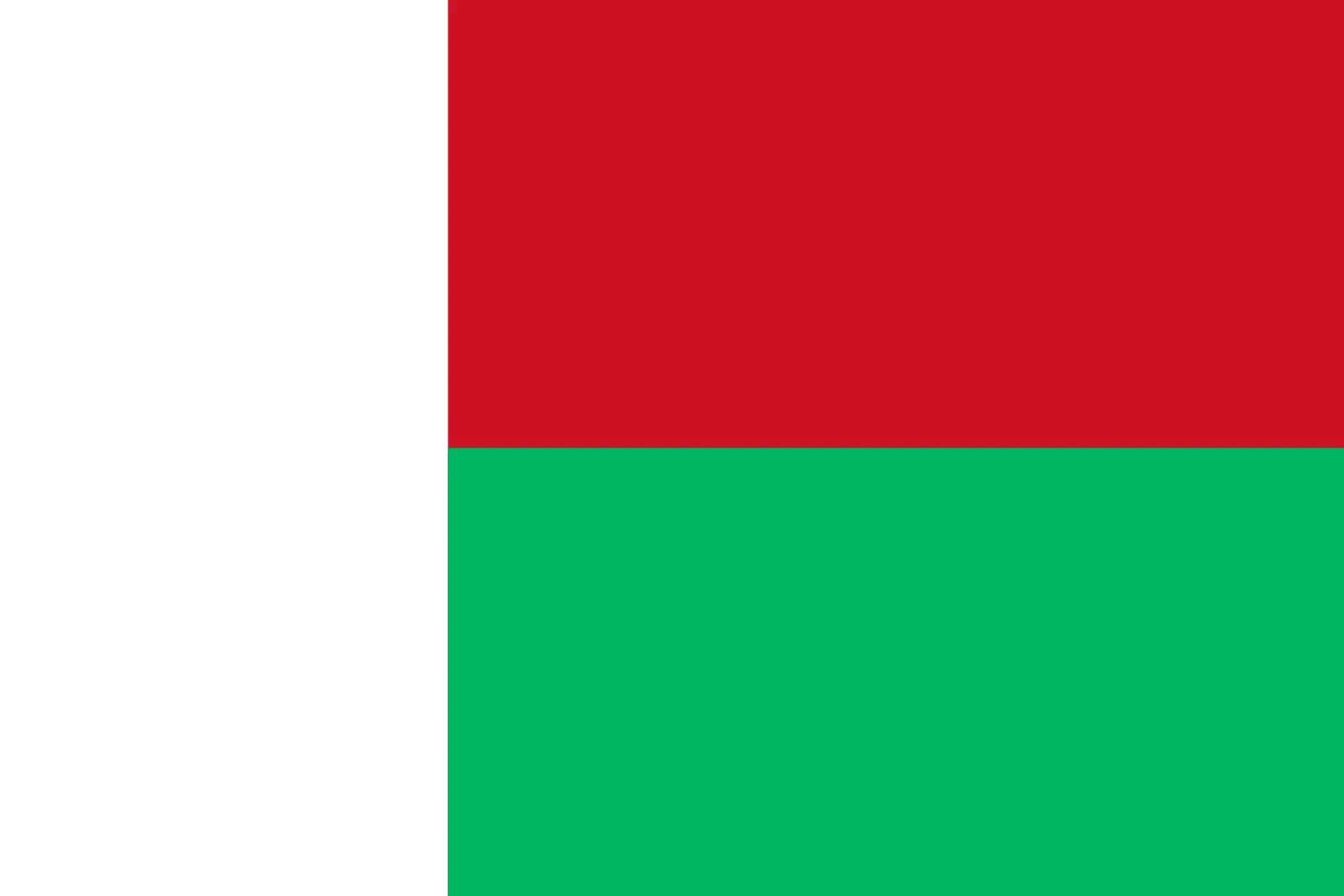 Madagascar (+261)
Madagascar (+261)
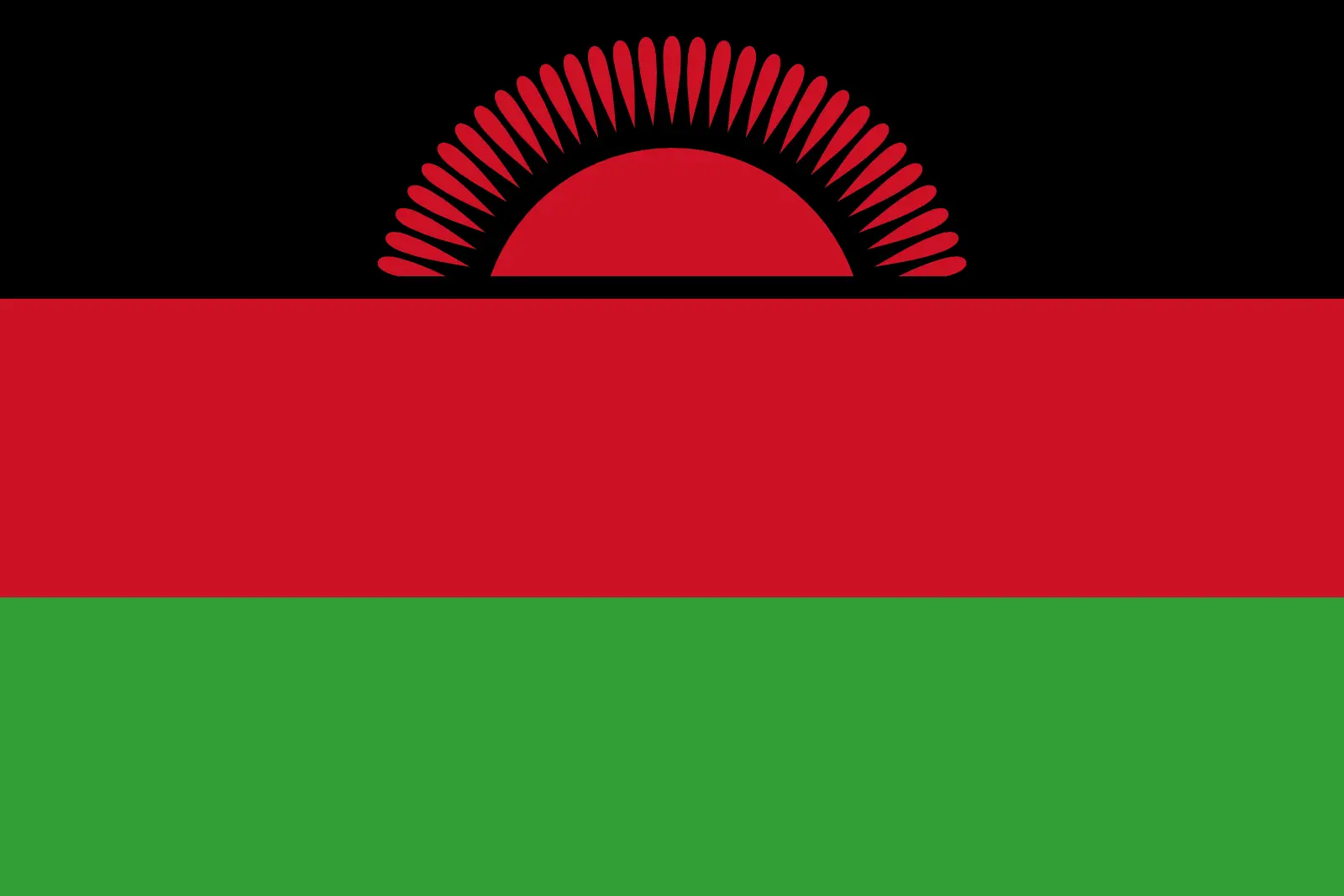 Malawi (+265)
Malawi (+265)
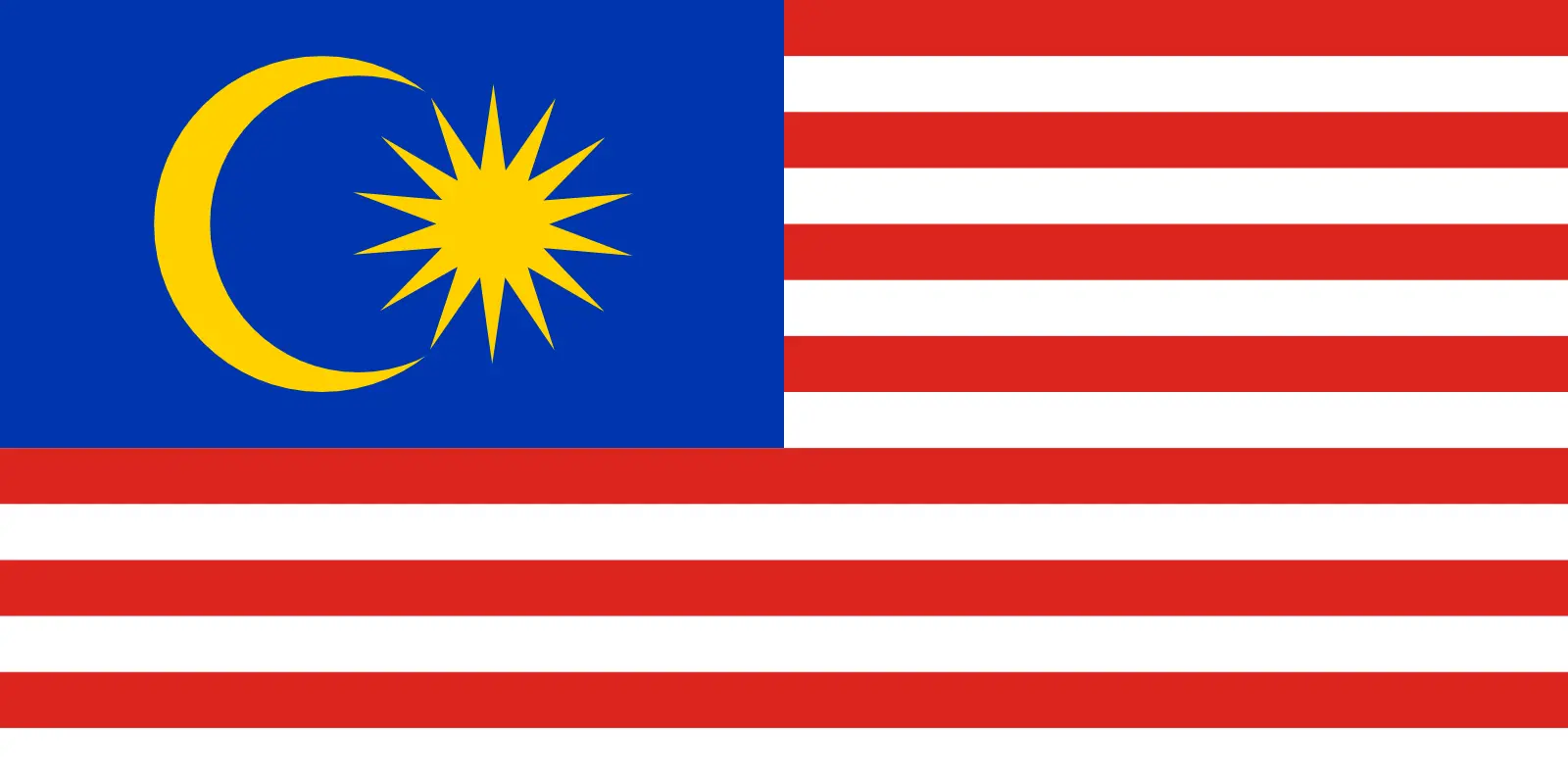 Malaysia (+60)
Malaysia (+60)
 Maldives (+960)
Maldives (+960)
 Mali (+223)
Mali (+223)
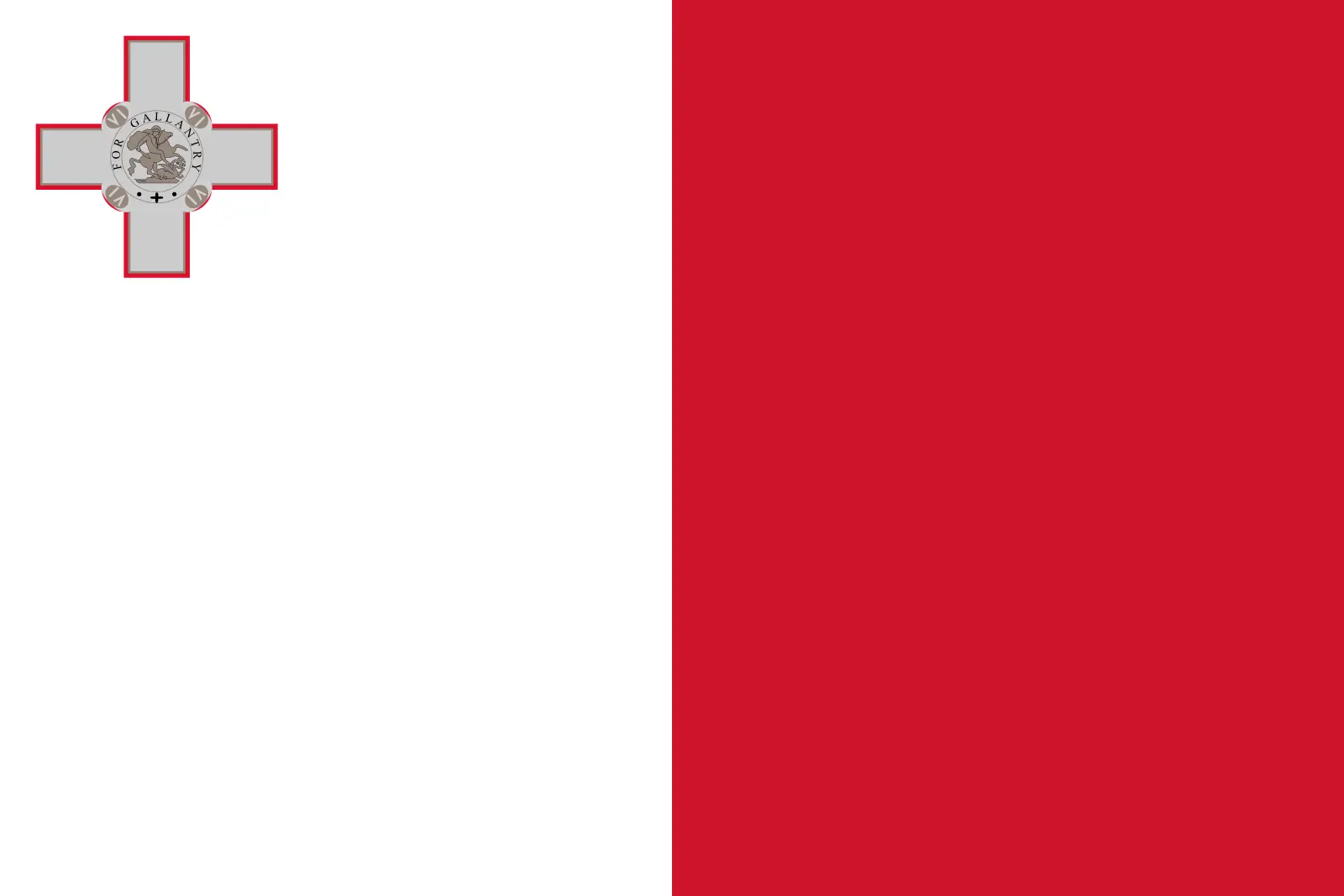 Malta (+356)
Malta (+356)
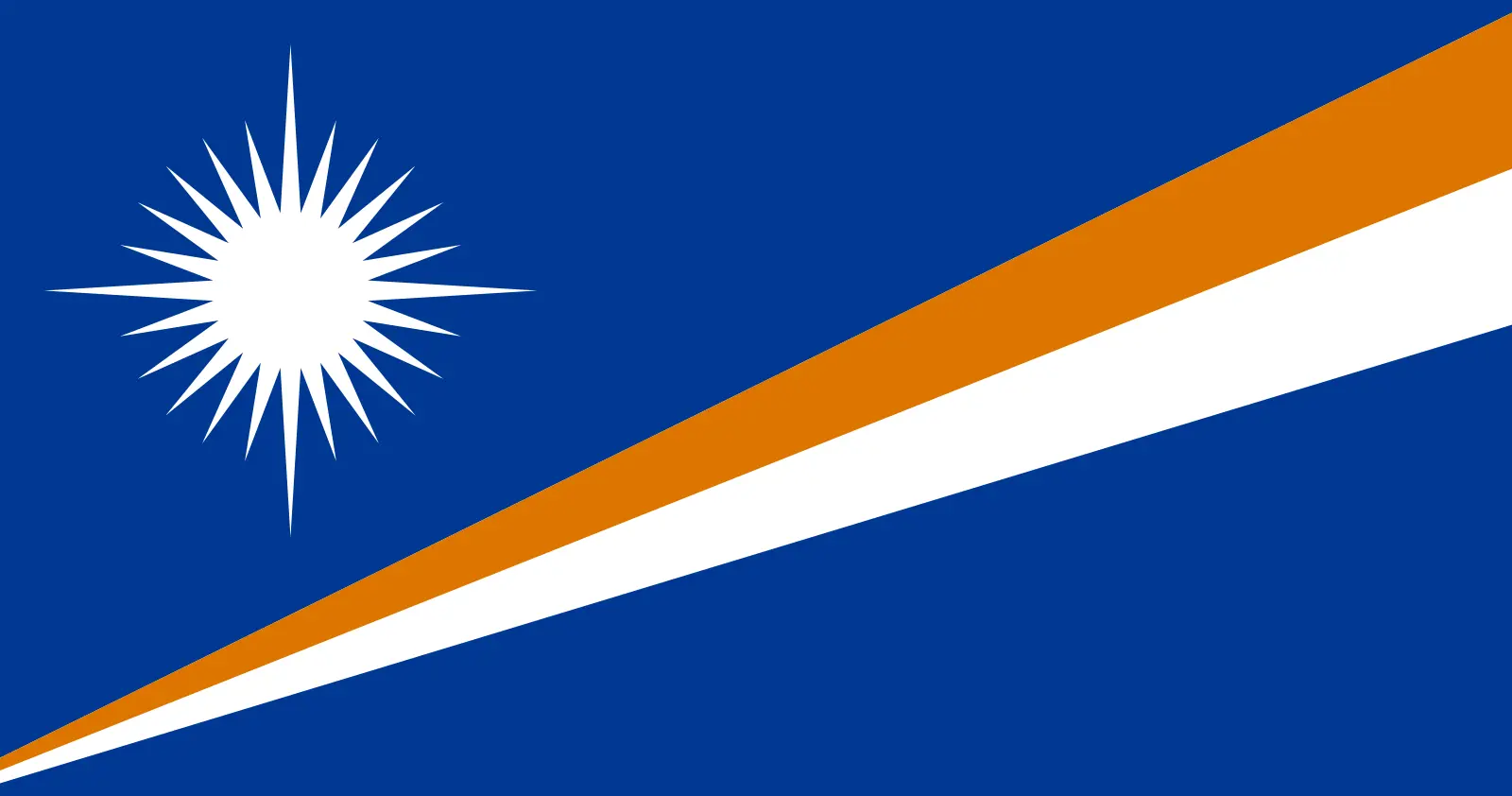 Marshall Islands (+692)
Marshall Islands (+692)
 Mauritania (+222)
Mauritania (+222)
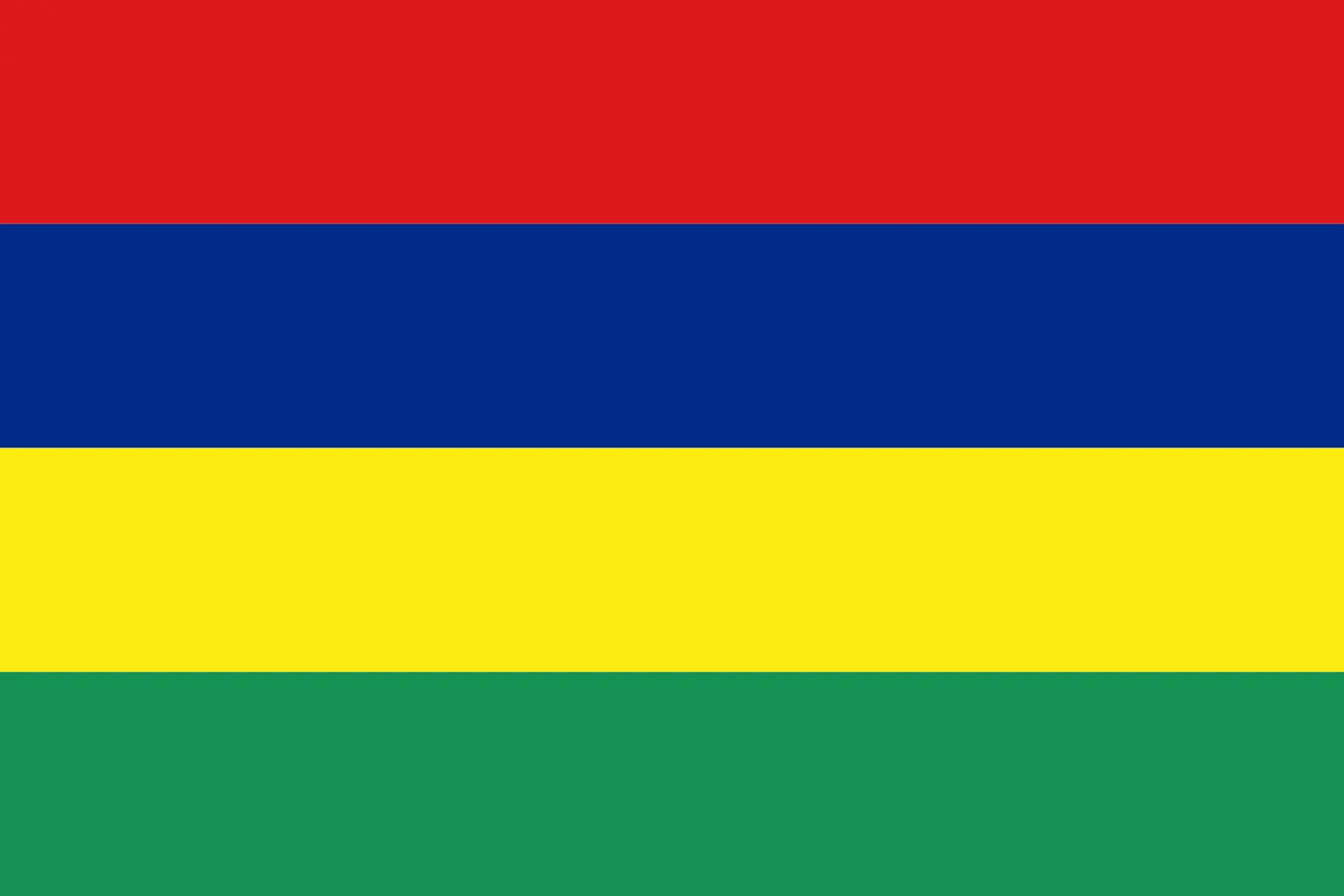 Mauritius (+230)
Mauritius (+230)
 Mayotte (+262)
Mayotte (+262)
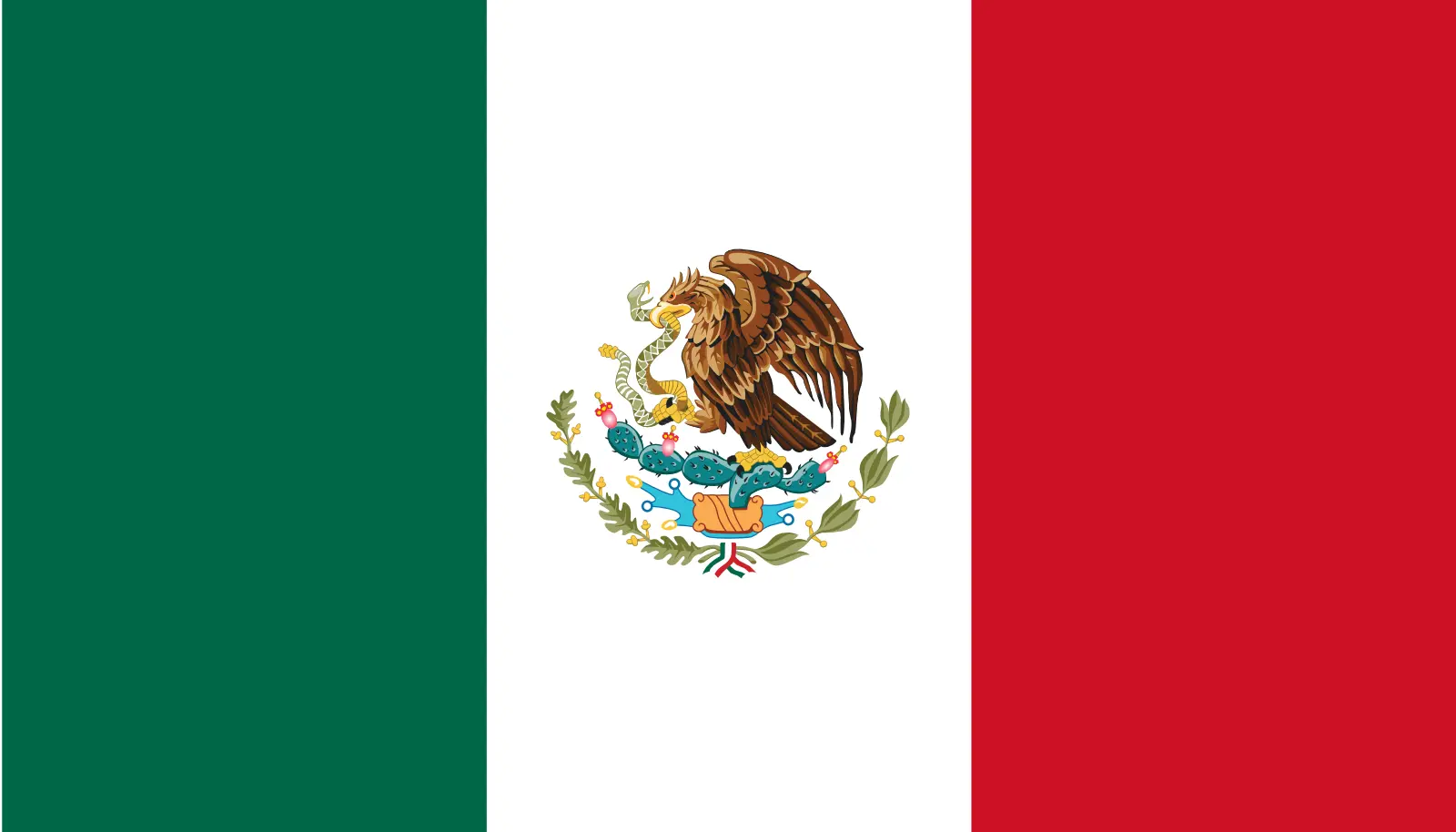 Mexico (+52)
Mexico (+52)
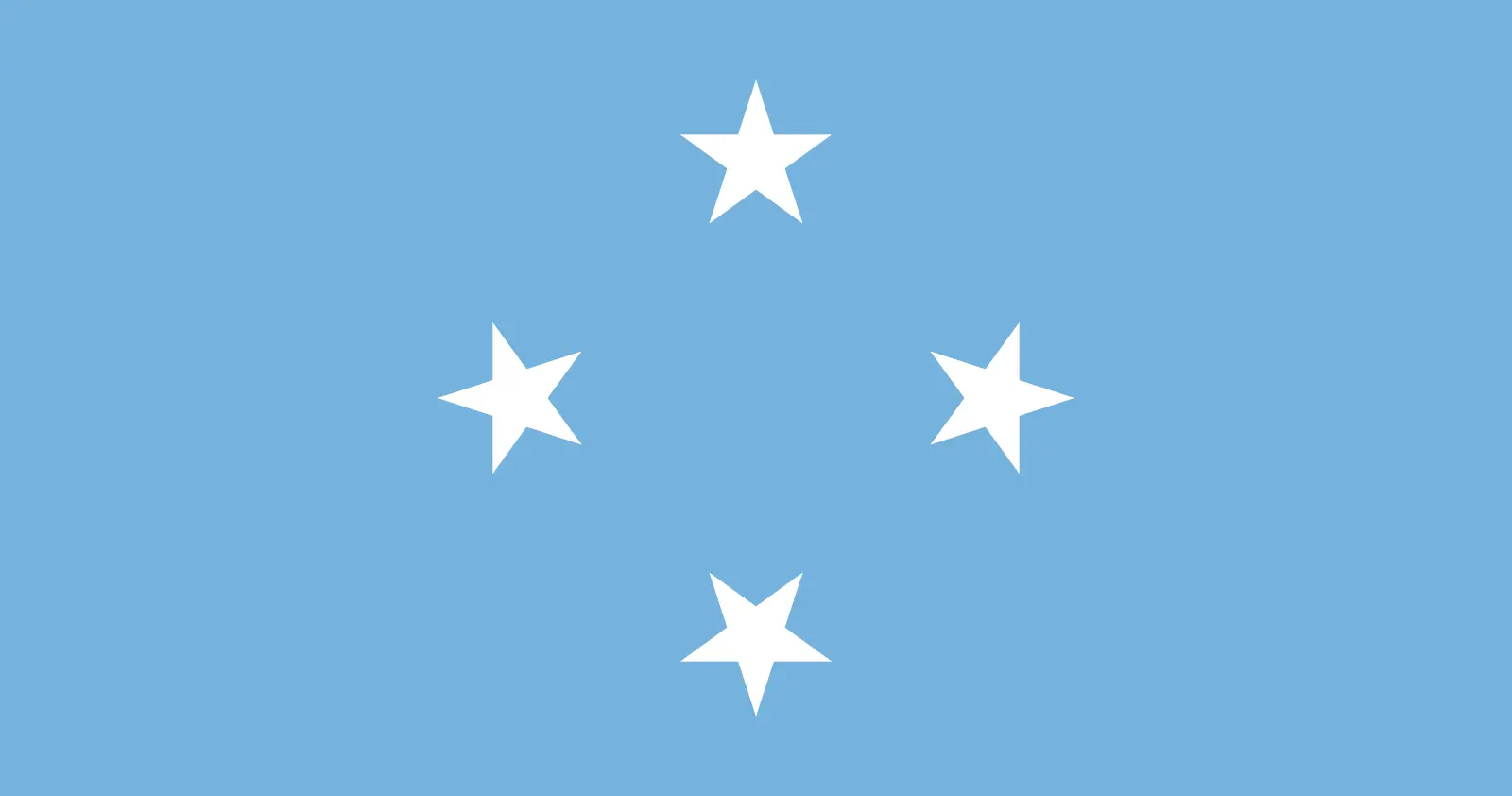 Micronesia (+691)
Micronesia (+691)
 Moldova (+373)
Moldova (+373)
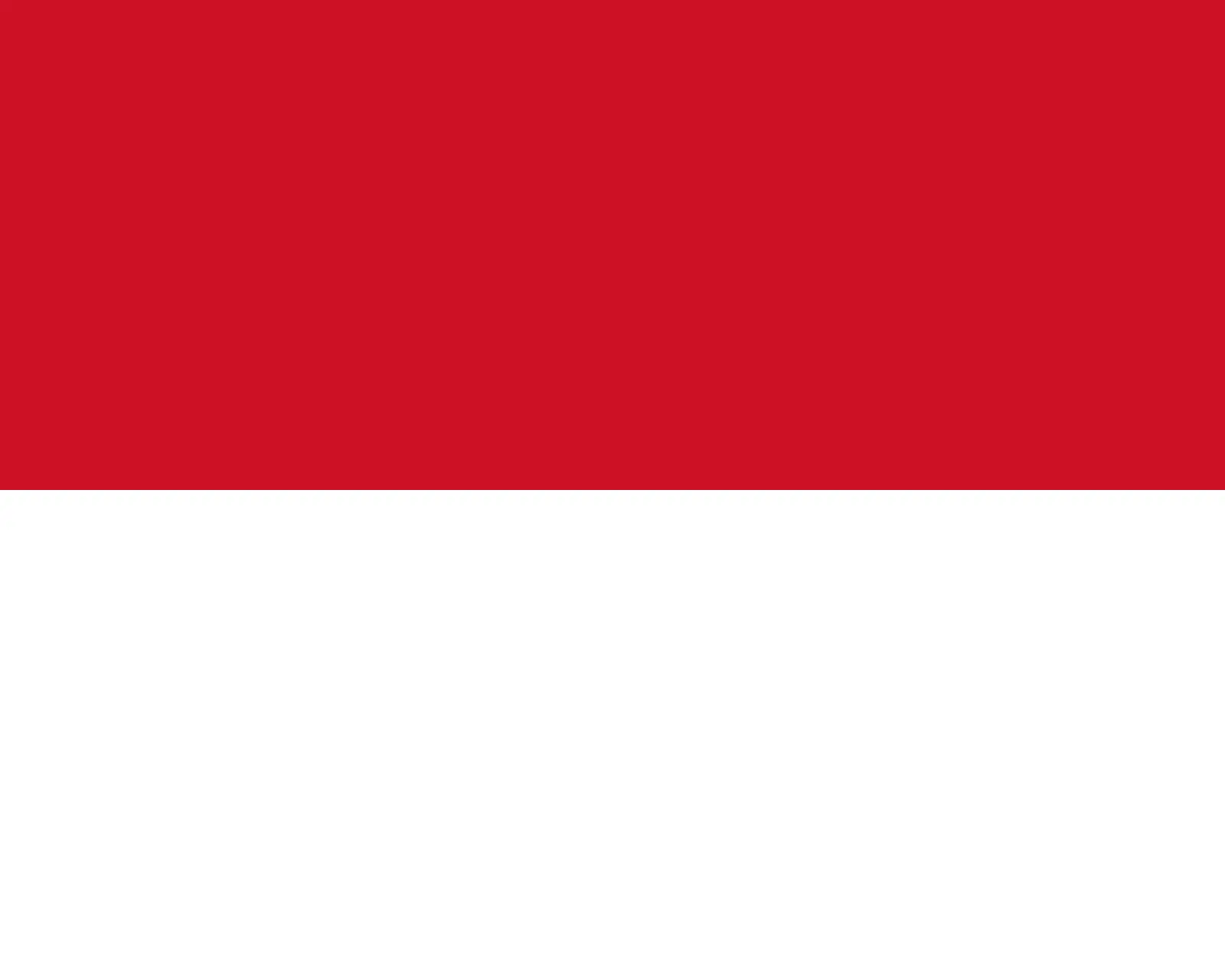 Monaco (+377)
Monaco (+377)
 Mongolia (+976)
Mongolia (+976)
 Montenegro (+382)
Montenegro (+382)
 Montserrat (+1664)
Montserrat (+1664)
 Morocco (+212)
Morocco (+212)
 Mozambique (+258)
Mozambique (+258)
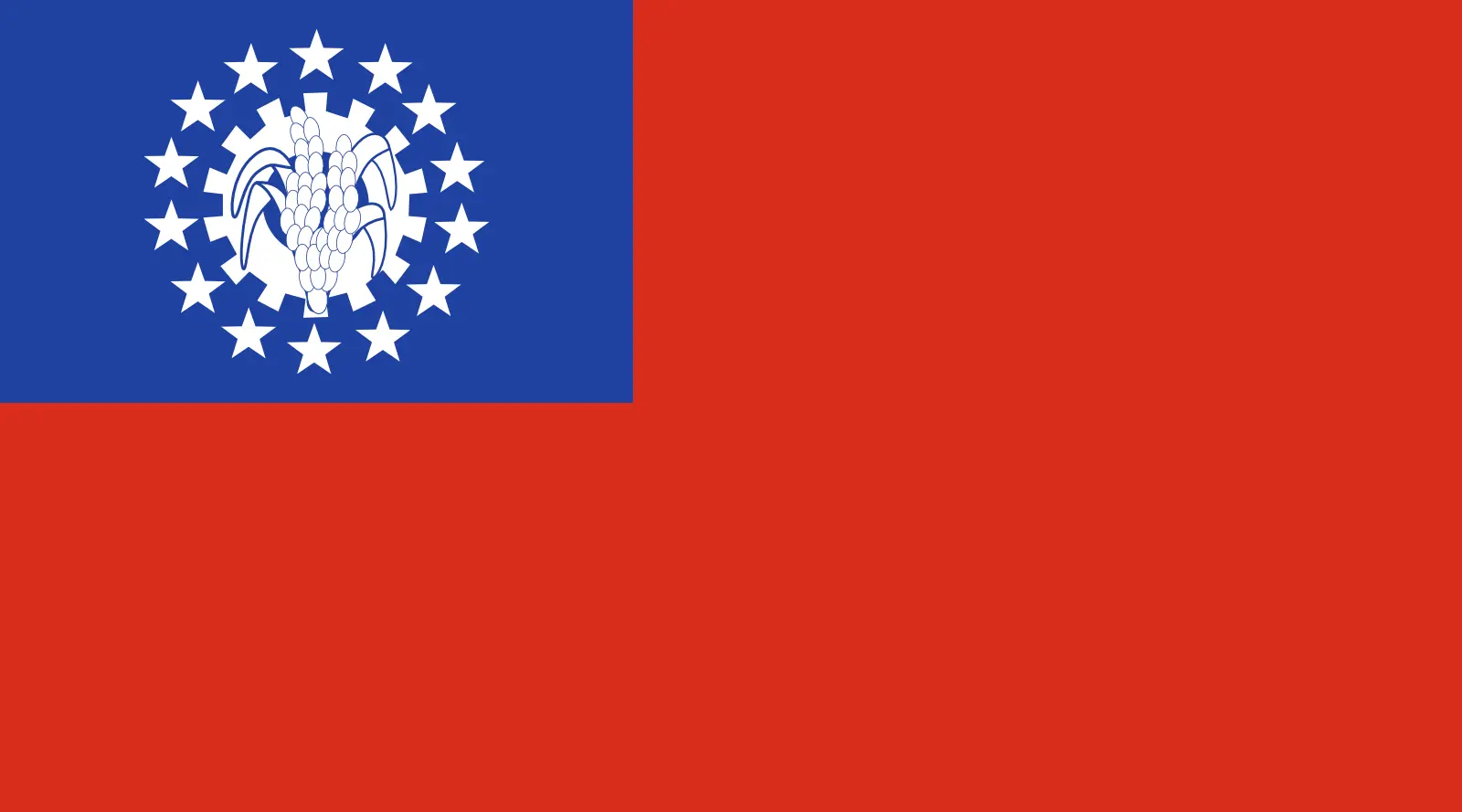 Myanmar (+95)
Myanmar (+95)
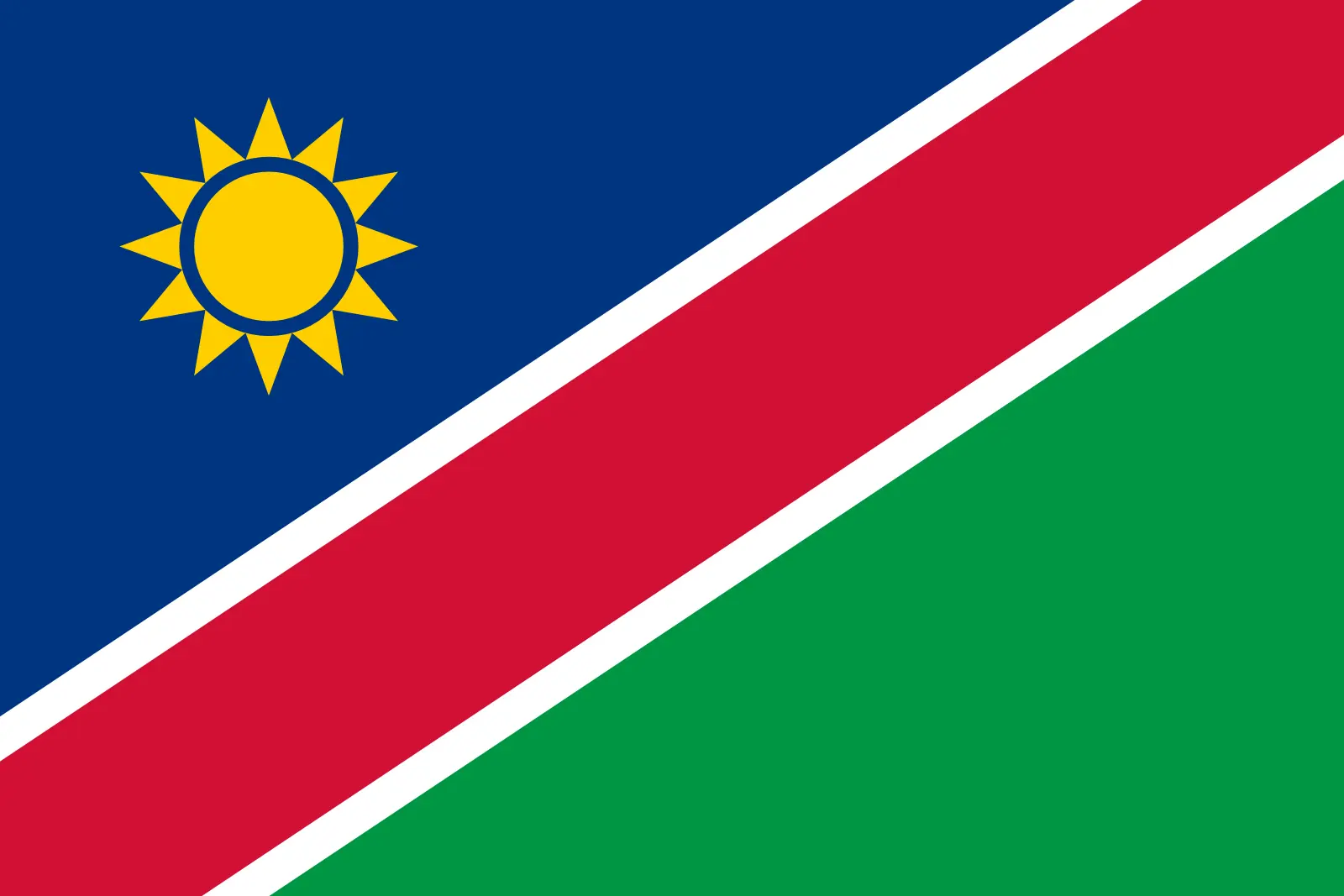 Namibia (+264)
Namibia (+264)
 Nauru (+674)
Nauru (+674)
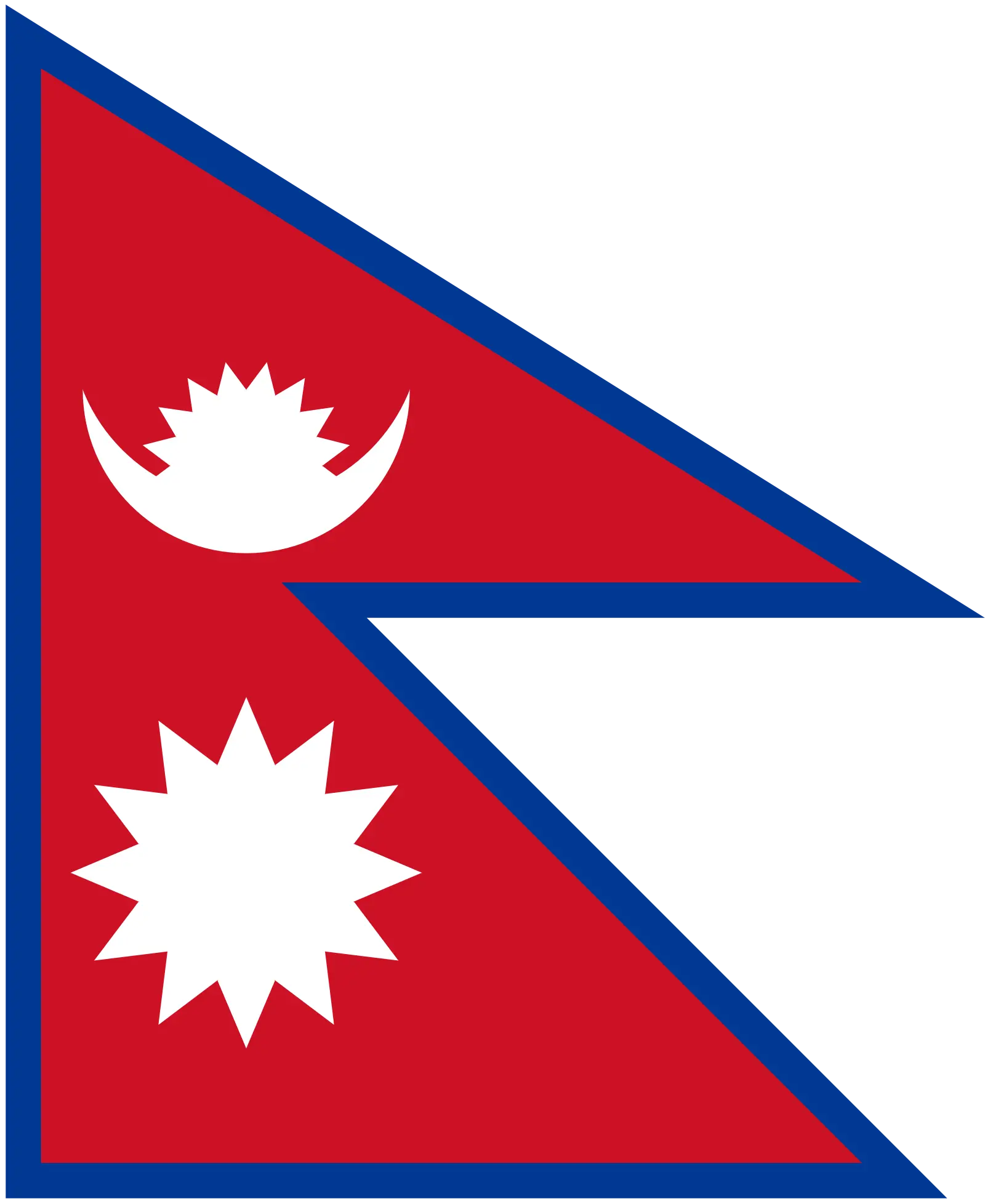 Nepal (+977)
Nepal (+977)
 Netherlands (+31)
Netherlands (+31)
 New Caledonia (+687)
New Caledonia (+687)
 New Zealand (+64)
New Zealand (+64)
 Nicaragua (+505)
Nicaragua (+505)
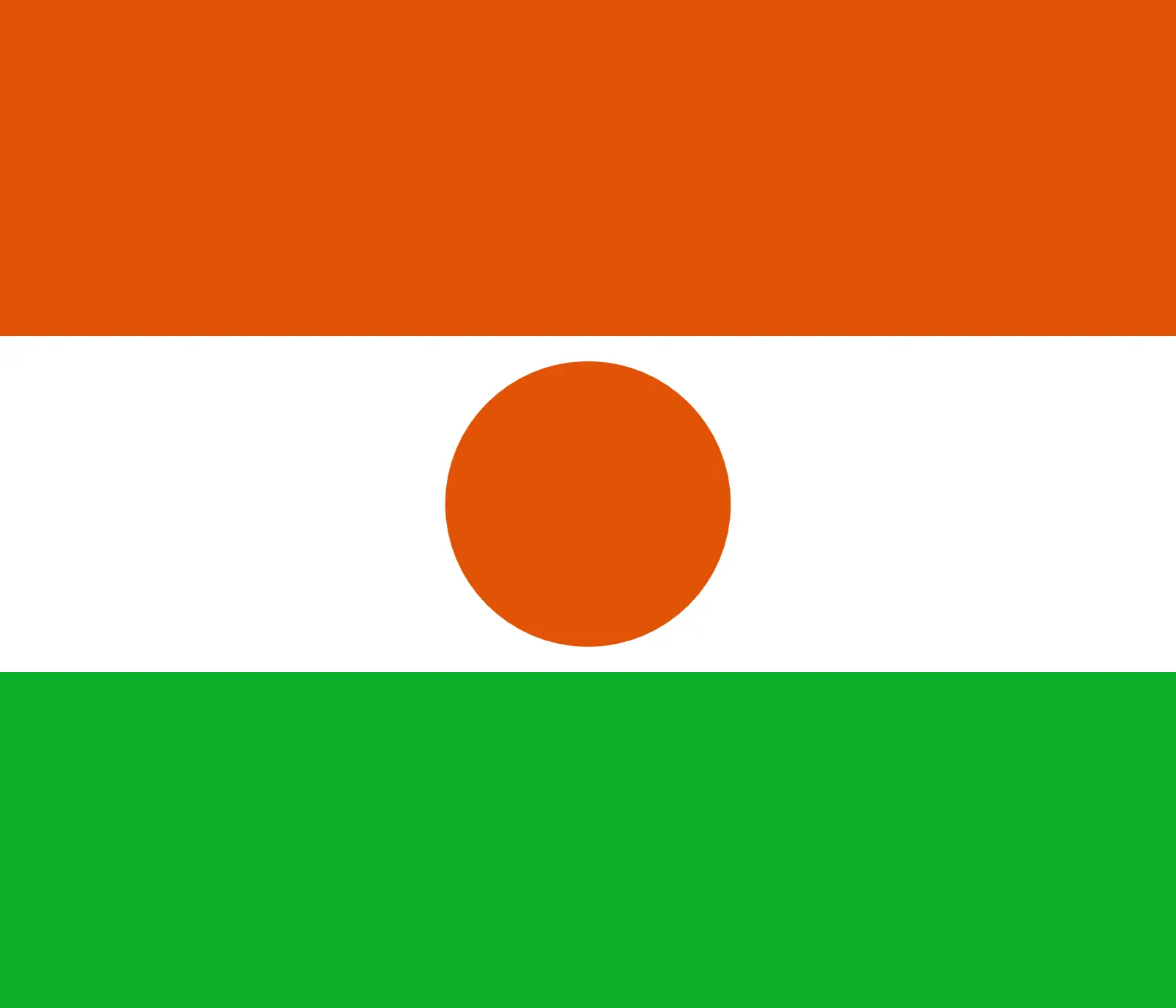 Niger (+227)
Niger (+227)
 Nigeria (+234)
Nigeria (+234)
 Niue (+683)
Niue (+683)
 Norfolk Island (+672)
Norfolk Island (+672)
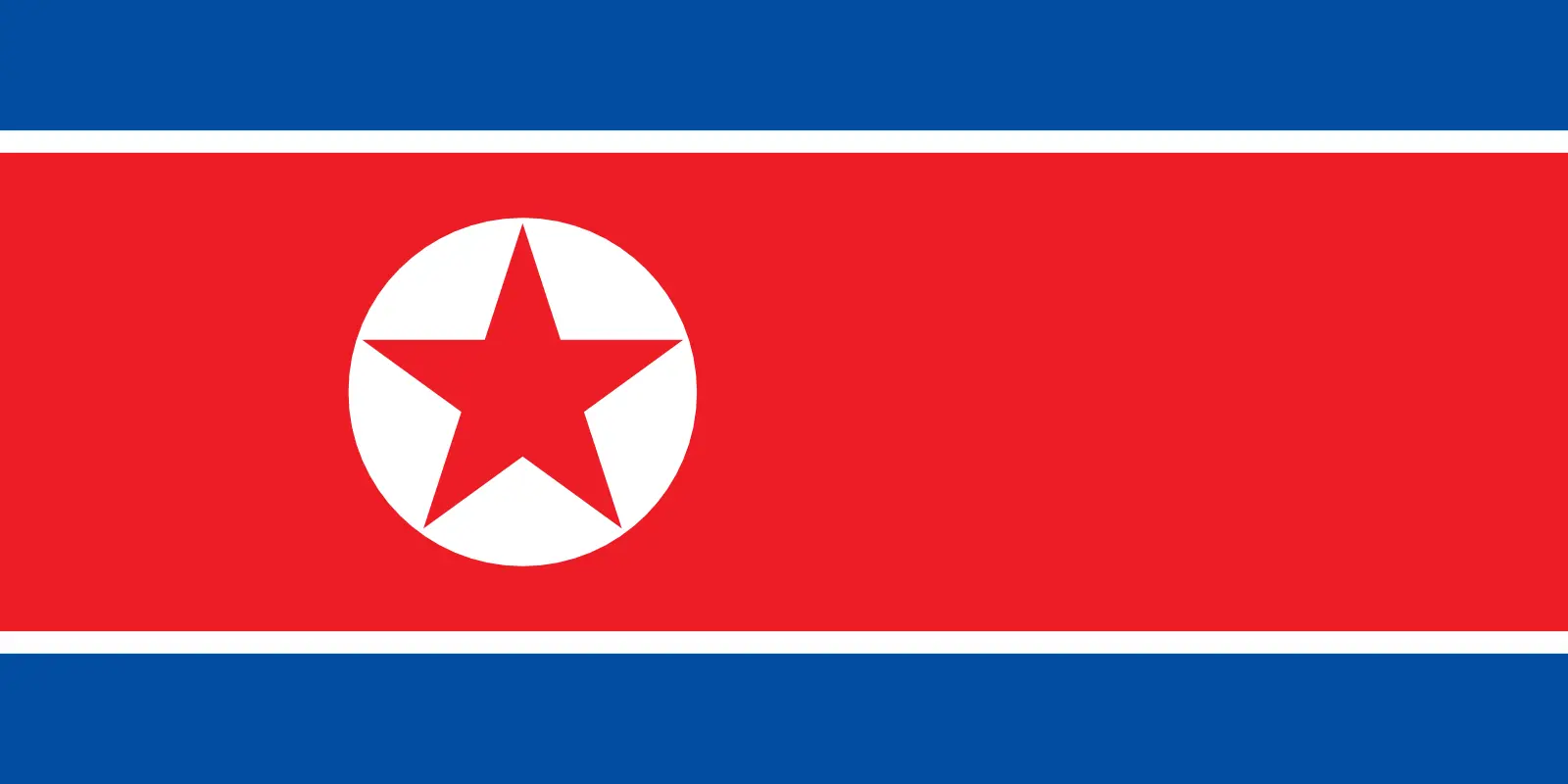 North Korea (+850)
North Korea (+850)
 Northern Mariana Islands (+1670)
Northern Mariana Islands (+1670)
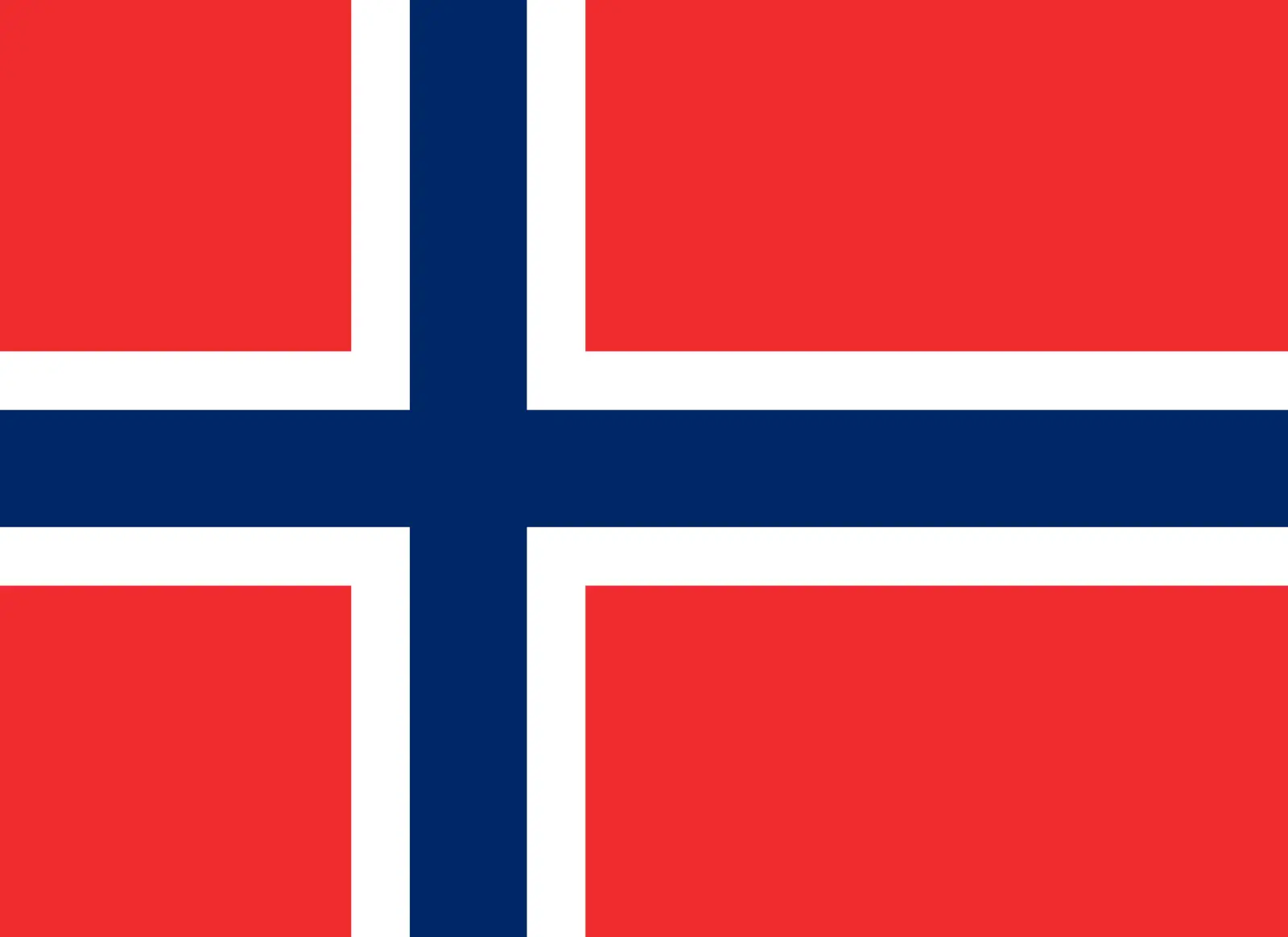 Norway (+47)
Norway (+47)
 Oman (+968)
Oman (+968)
 Pakistan (+92)
Pakistan (+92)
 Palau (+680)
Palau (+680)
 Palestine (+970)
Palestine (+970)
 Panama (+507)
Panama (+507)
 Papua New Guinea (+675)
Papua New Guinea (+675)
 Paraguay (+595)
Paraguay (+595)
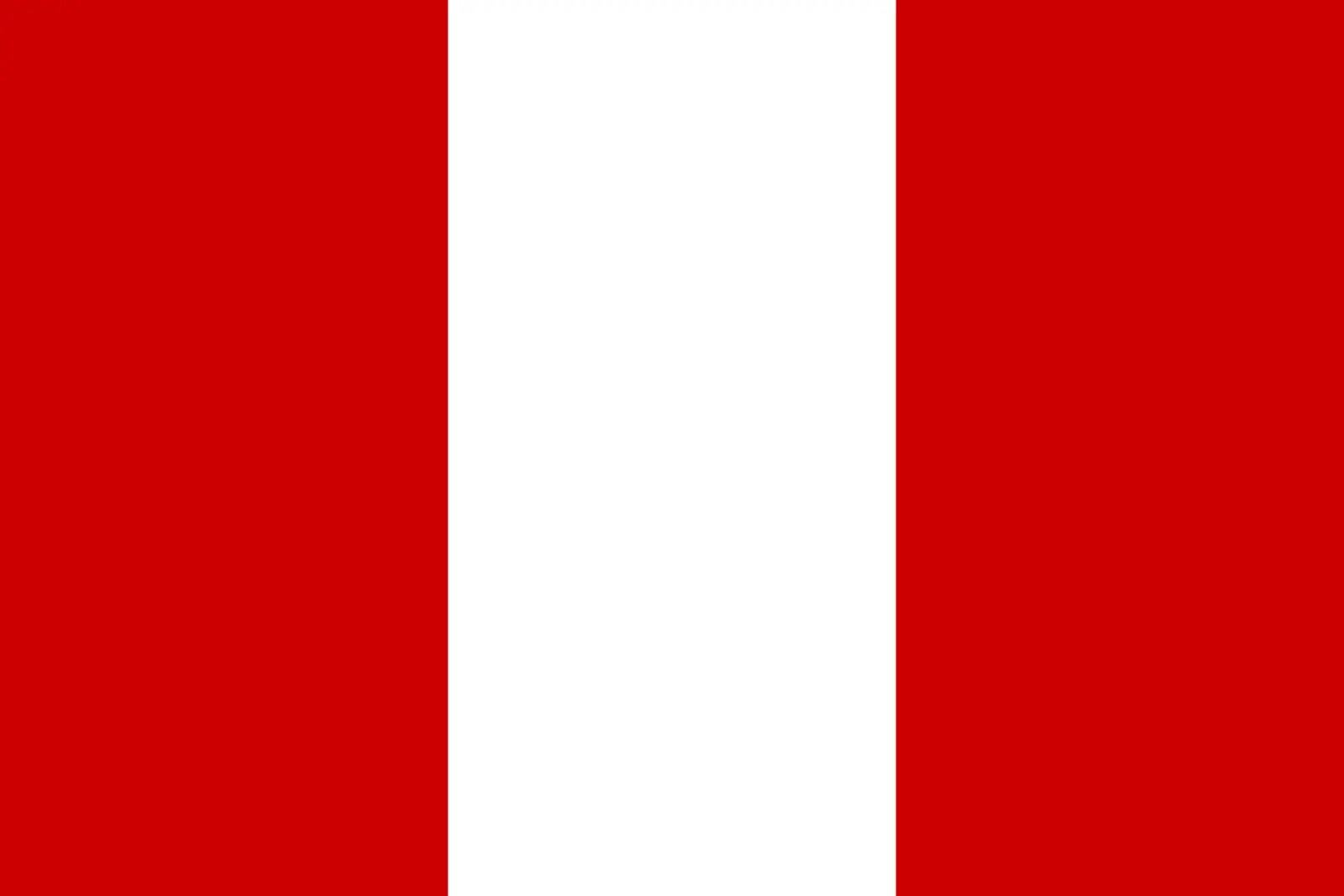 Peru (+51)
Peru (+51)
 Philippines (+63)
Philippines (+63)
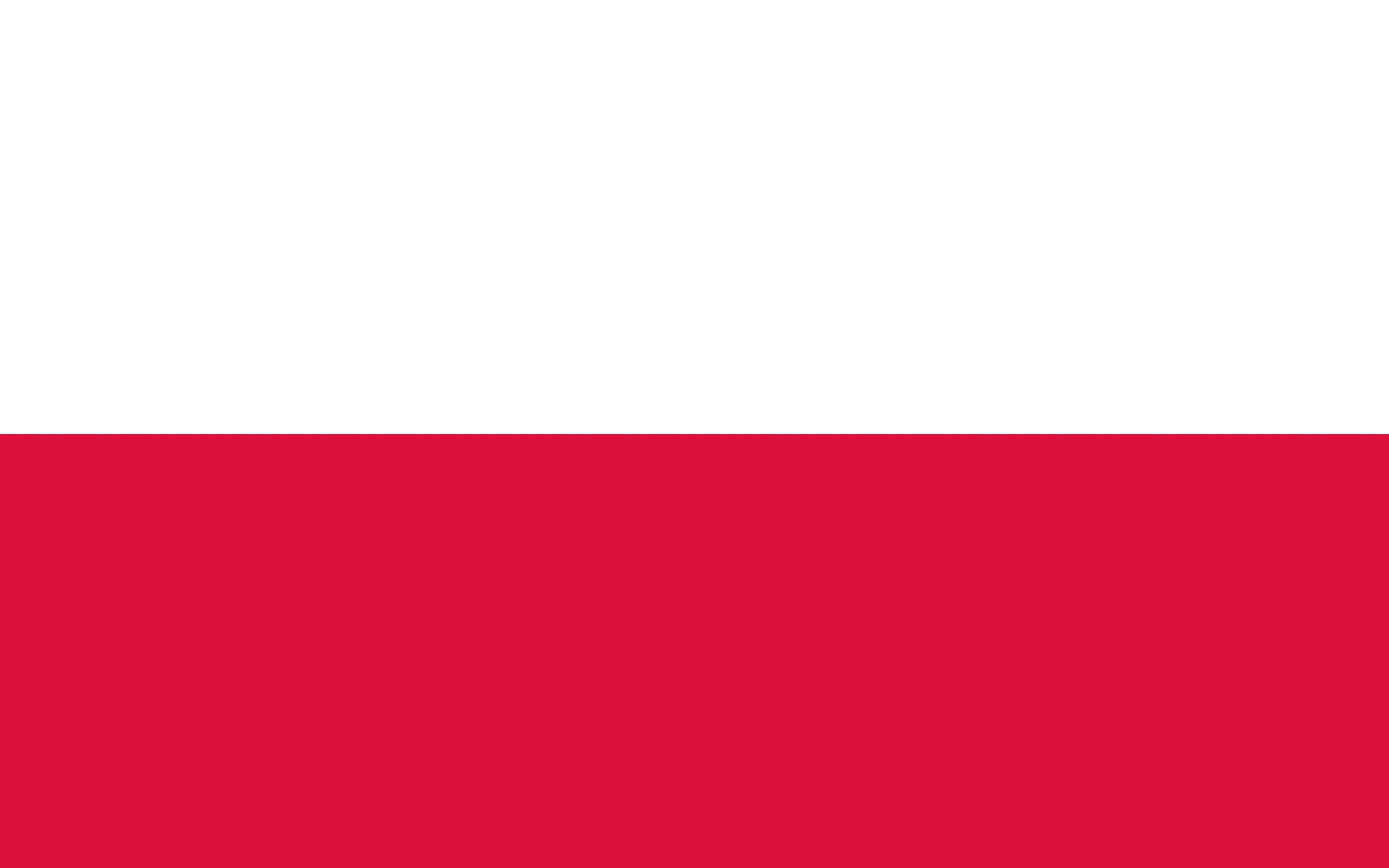 Poland (+48)
Poland (+48)
 Portugal (+351)
Portugal (+351)
 Puerto Rico (+1787)
Puerto Rico (+1787)
 Qatar (+974)
Qatar (+974)
 Romania (+40)
Romania (+40)
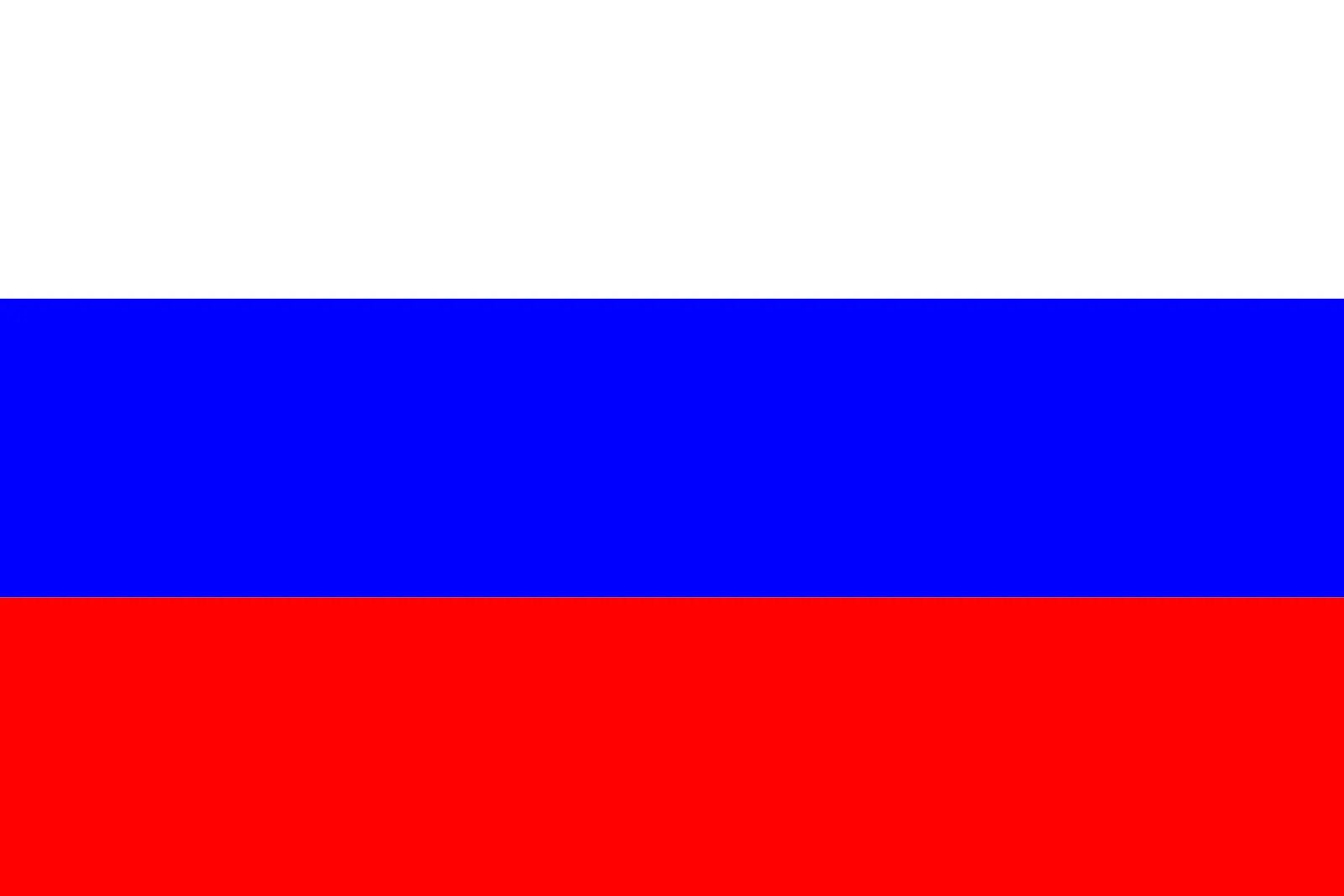 Russia (+7)
Russia (+7)
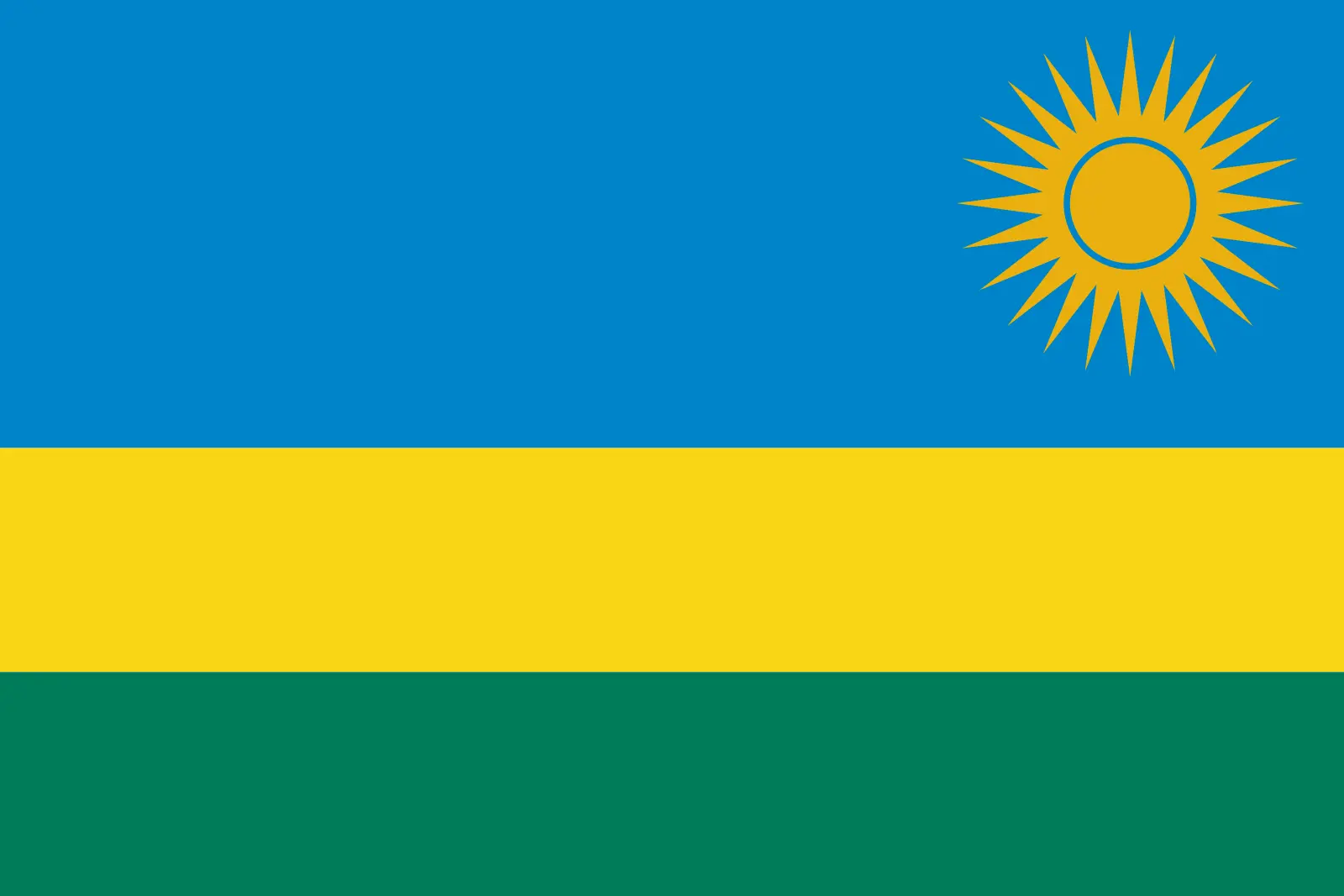 Rwanda (+250)
Rwanda (+250)
 Saint Barthélemy (+590)
Saint Barthélemy (+590)
 Saint Helena, Ascension and Tristan da Cunha (+290)
Saint Helena, Ascension and Tristan da Cunha (+290)
 Saint Kitts and Nevis (+1869)
Saint Kitts and Nevis (+1869)
 Saint Lucia (+1758)
Saint Lucia (+1758)
 Saint Martin (French part) (+590)
Saint Martin (French part) (+590)
 Saint Pierre and Miquelon (+508)
Saint Pierre and Miquelon (+508)
 Saint Vincent and the Grenadines (+1784)
Saint Vincent and the Grenadines (+1784)
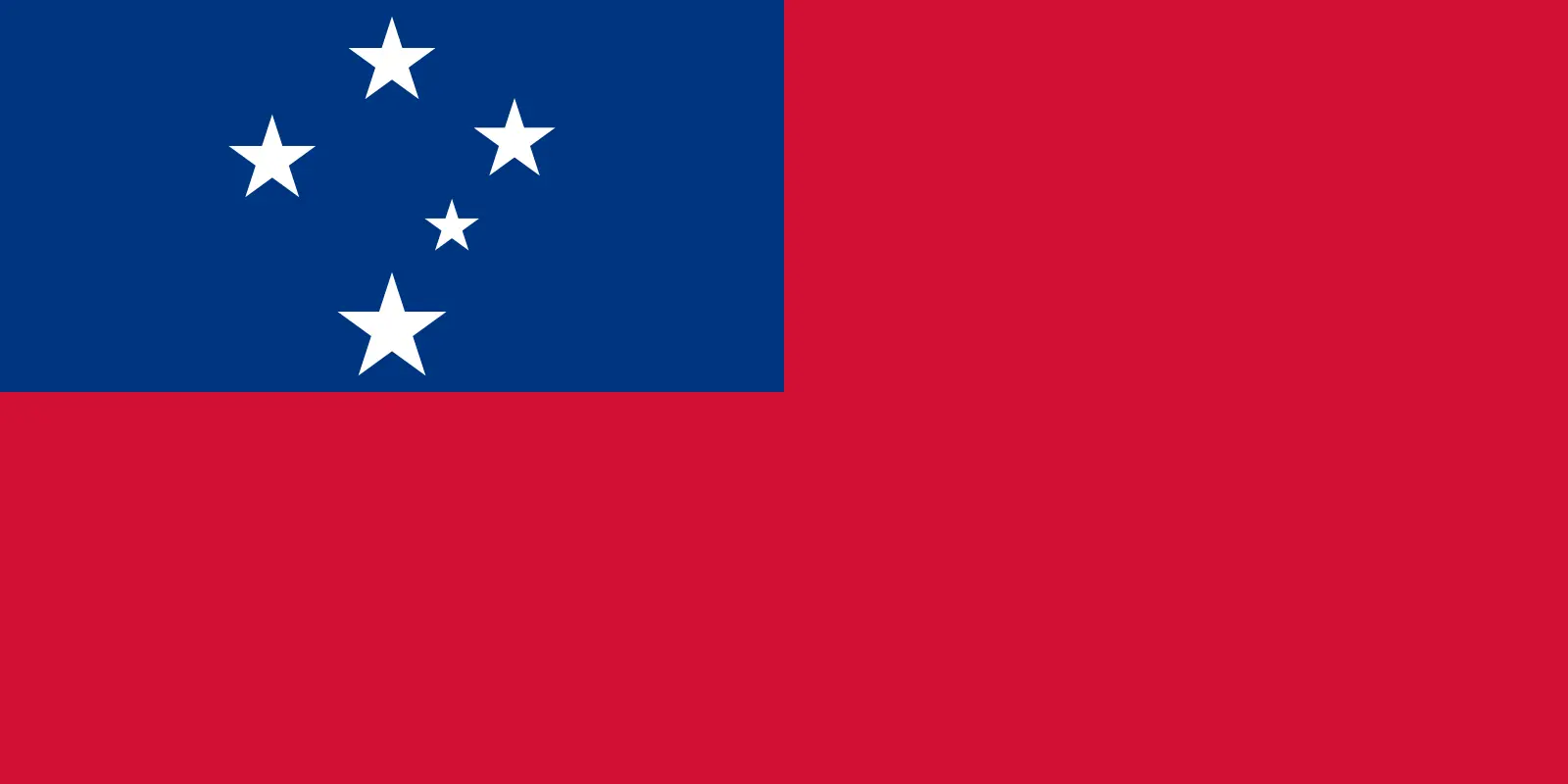 Samoa (+685)
Samoa (+685)
 San Marino (+378)
San Marino (+378)
 Sao Tome and Principe (+239)
Sao Tome and Principe (+239)
 Saudi Arabia (+966)
Saudi Arabia (+966)
 Senegal (+221)
Senegal (+221)
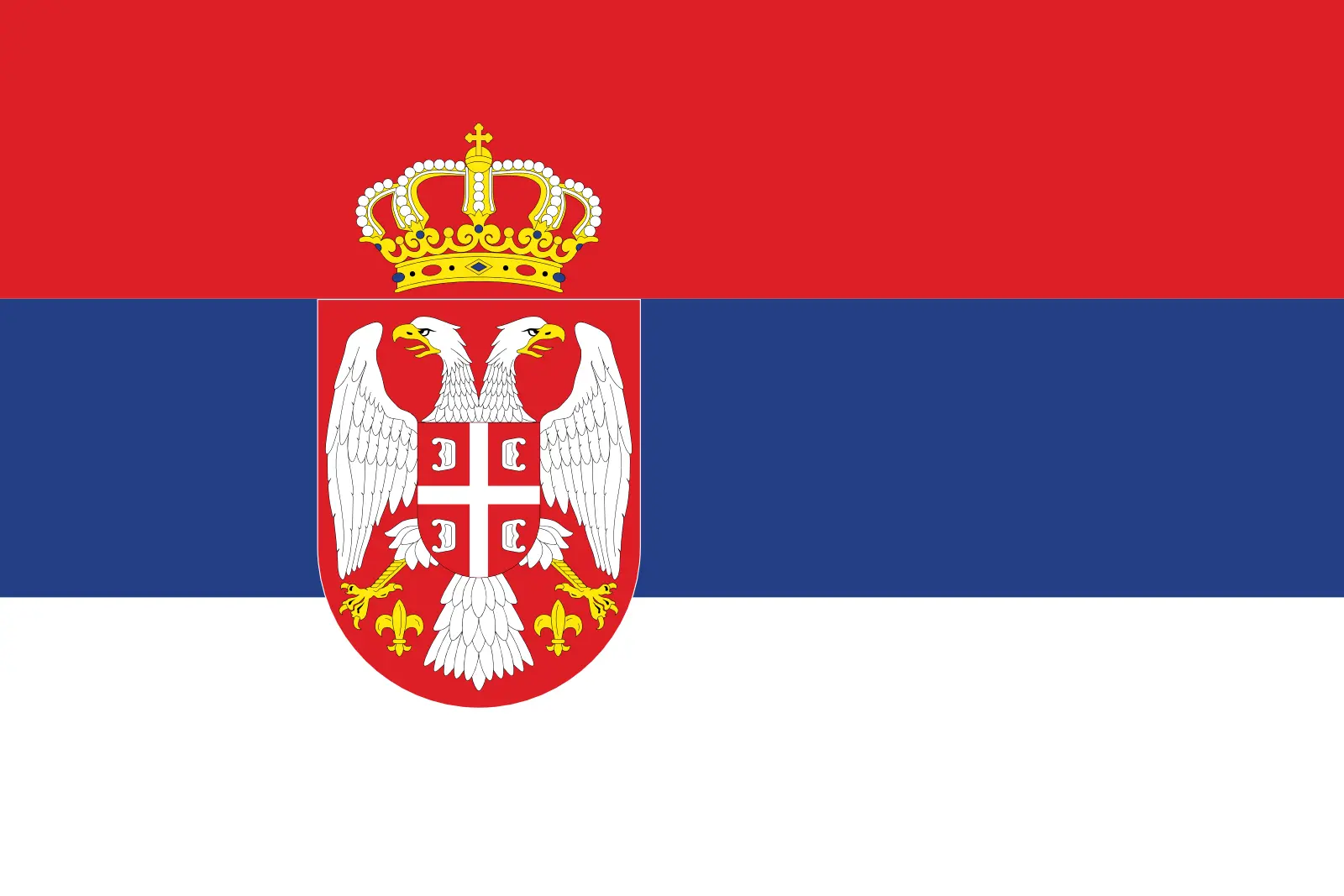 Serbia (+381)
Serbia (+381)
 Seychelles (+248)
Seychelles (+248)
 Sierra Leone (+232)
Sierra Leone (+232)
 Singapore (+65)
Singapore (+65)
 Sint Maarten (Dutch part) (+1721)
Sint Maarten (Dutch part) (+1721)
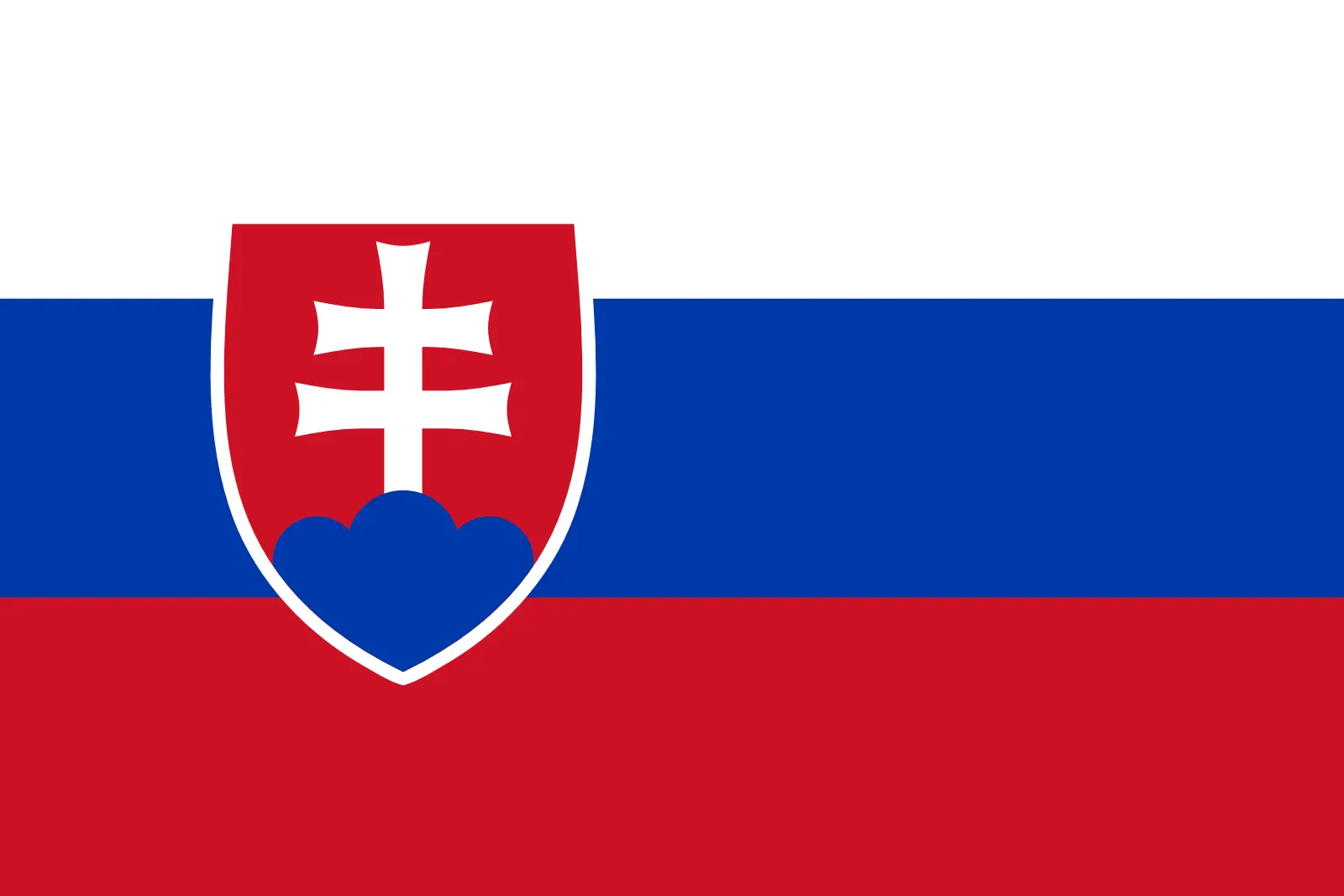 Slovakia (+421)
Slovakia (+421)
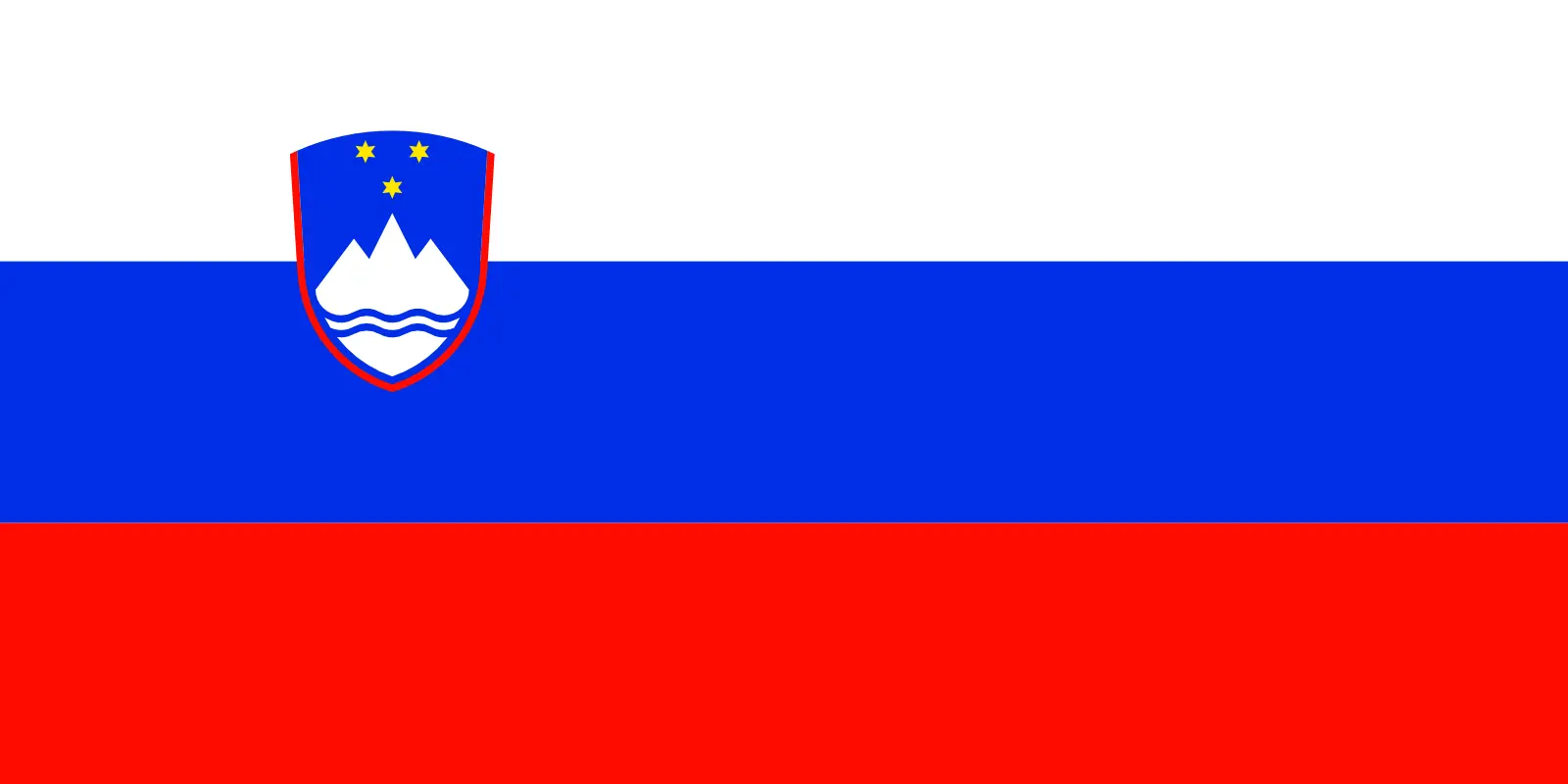 Slovenia (+386)
Slovenia (+386)
 Solomon Islands (+677)
Solomon Islands (+677)
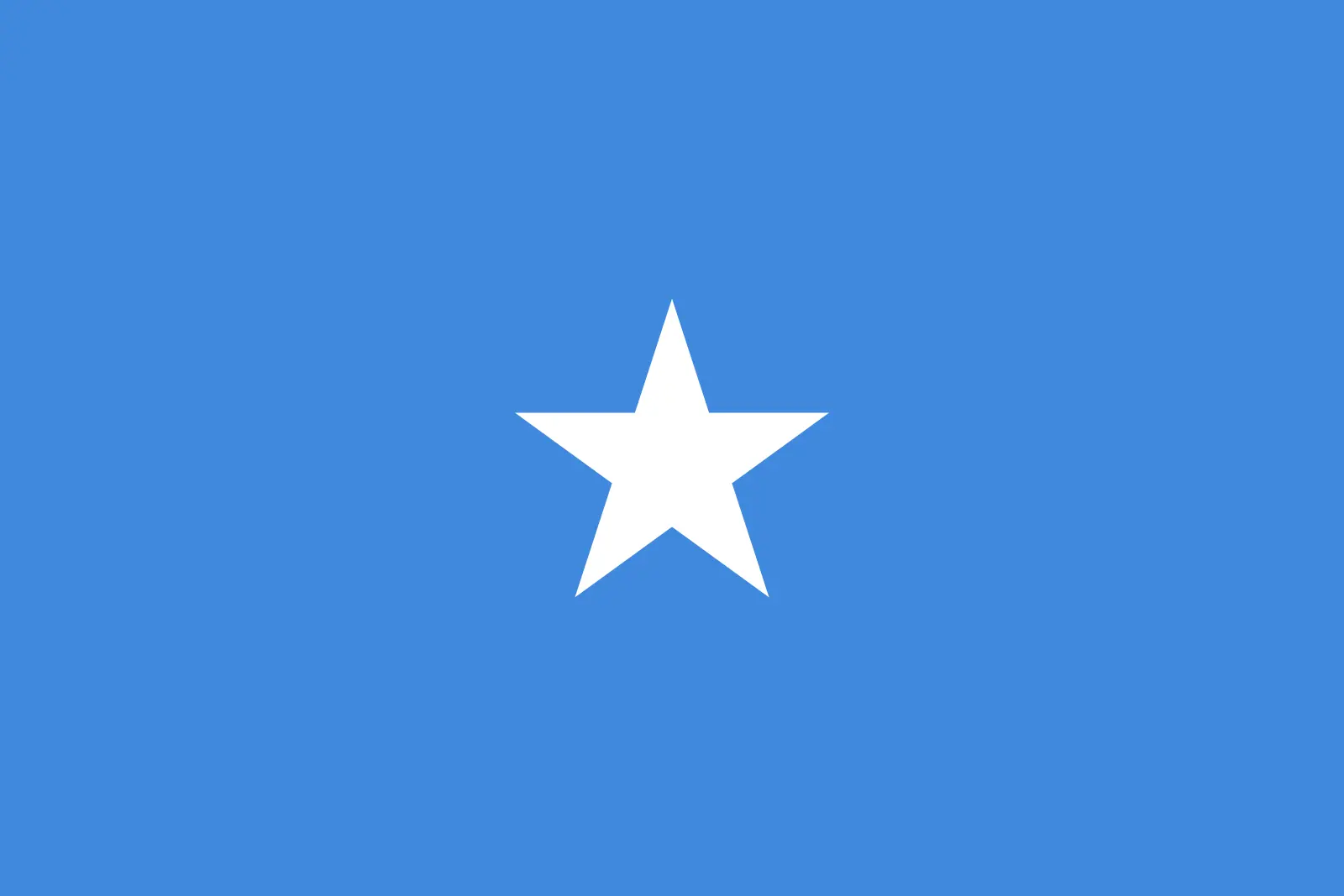 Somalia (+252)
Somalia (+252)
 South Africa (+27)
South Africa (+27)
 South Georgia and the South Sandwich Islands (+0)
South Georgia and the South Sandwich Islands (+0)
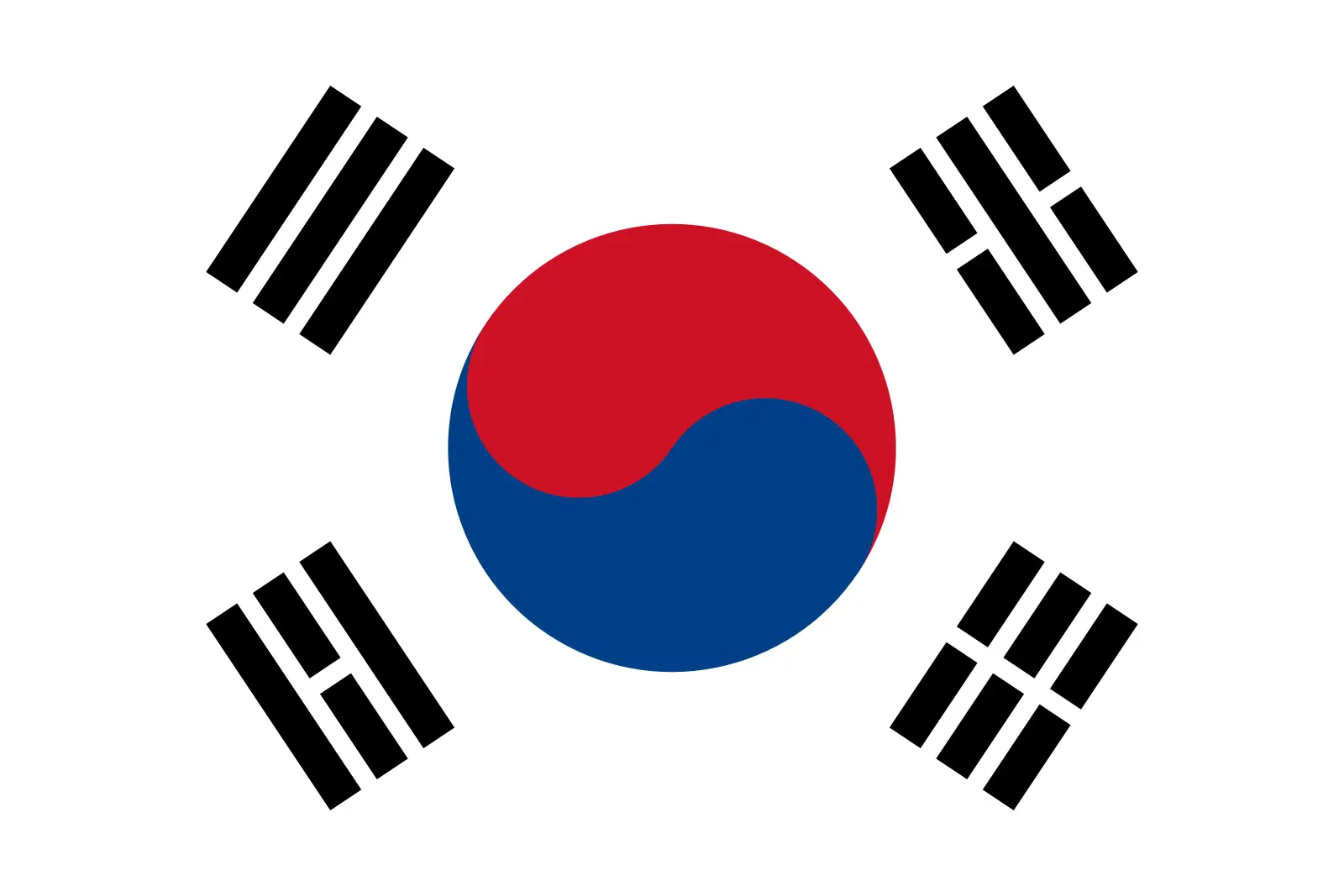 South Korea (+82)
South Korea (+82)
 South Sudan (+211)
South Sudan (+211)
 Spain (+34)
Spain (+34)
 Sri Lanka (+94)
Sri Lanka (+94)
 Sudan (+249)
Sudan (+249)
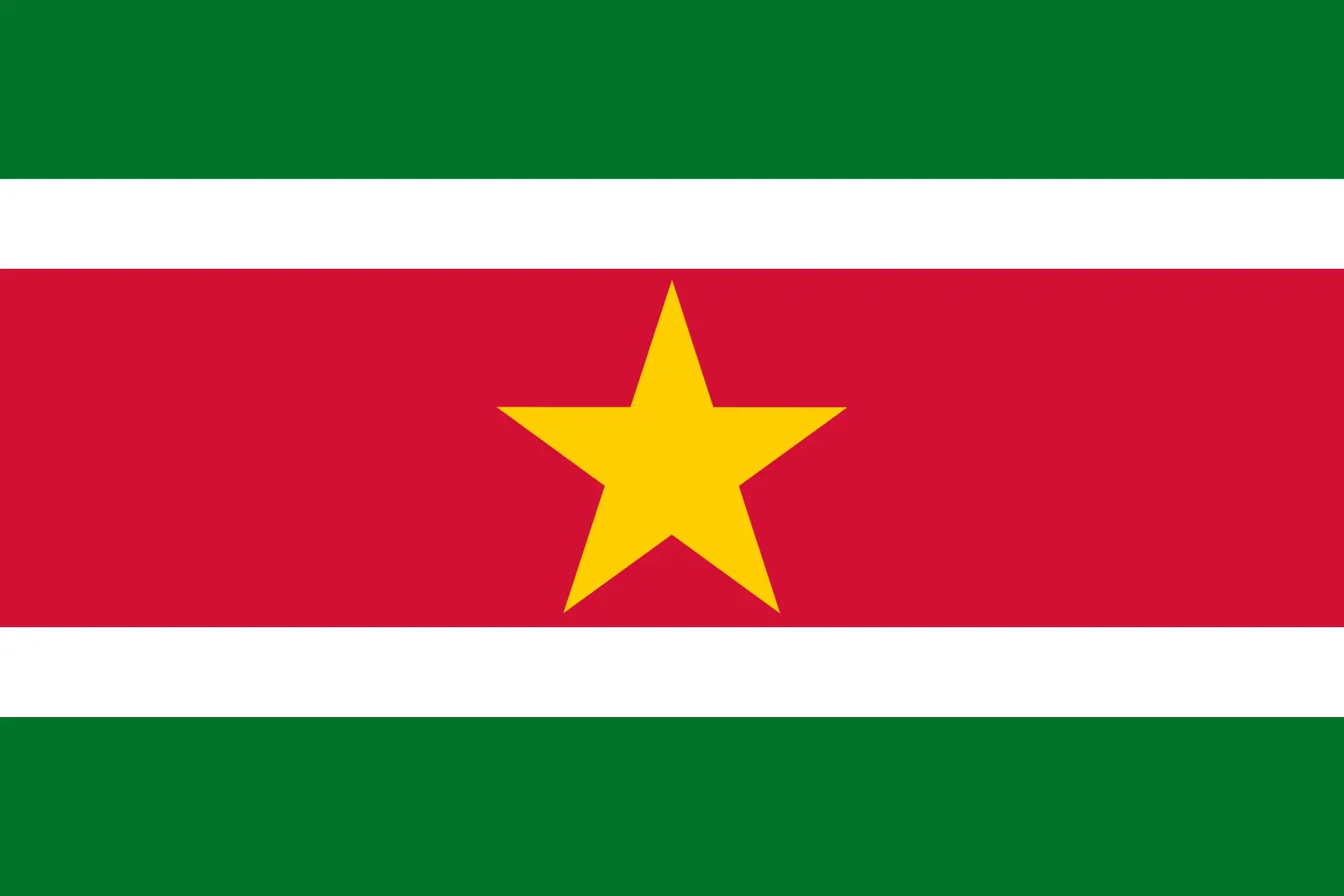 Suriname (+597)
Suriname (+597)
 Svalbard and Jan Mayen (+47)
Svalbard and Jan Mayen (+47)
 Eswatini (+268)
Eswatini (+268)
 Sweden (+46)
Sweden (+46)
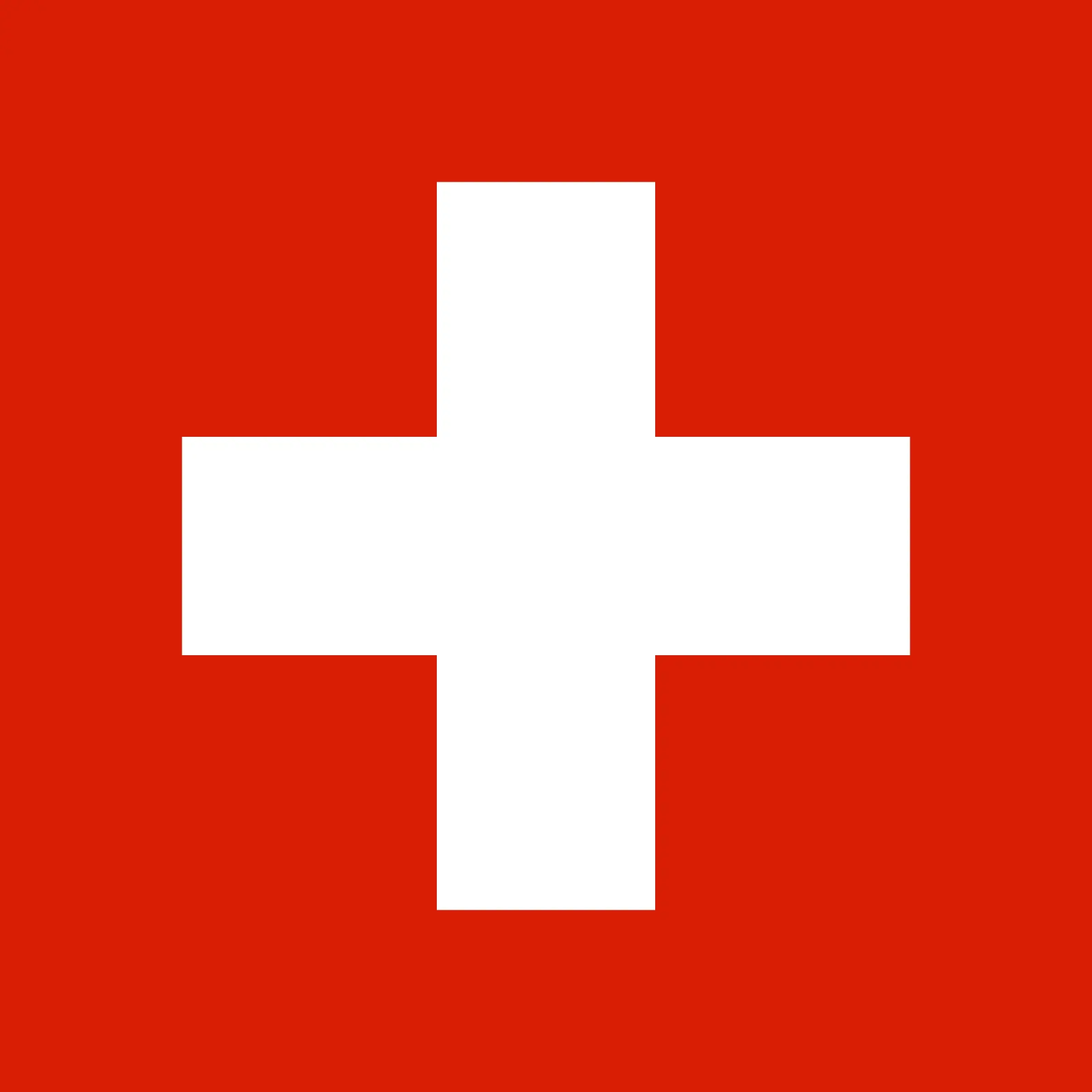 Switzerland (+41)
Switzerland (+41)
 Syria (+963)
Syria (+963)
 Taiwan (+886)
Taiwan (+886)
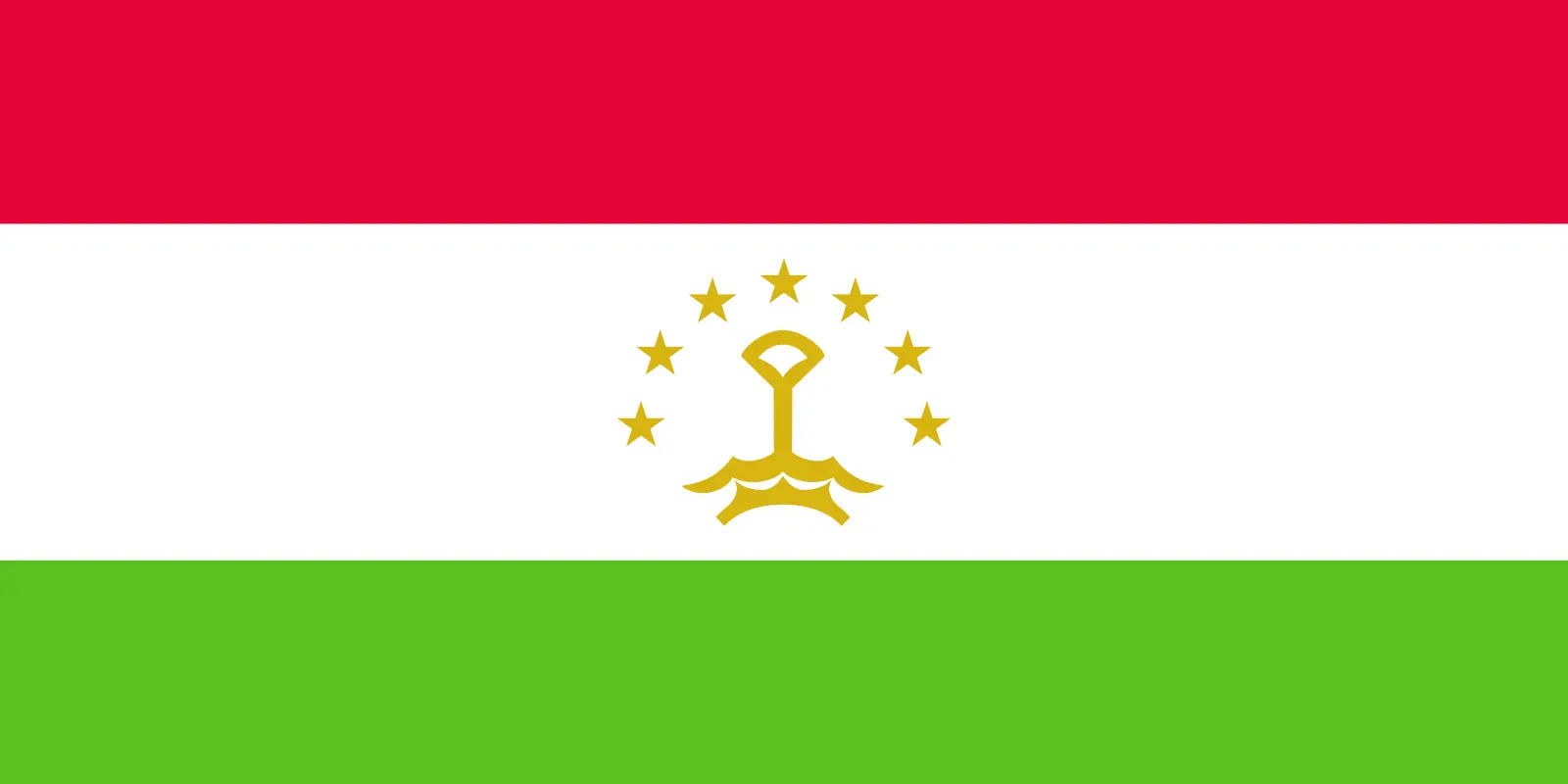 Tajikistan (+992)
Tajikistan (+992)
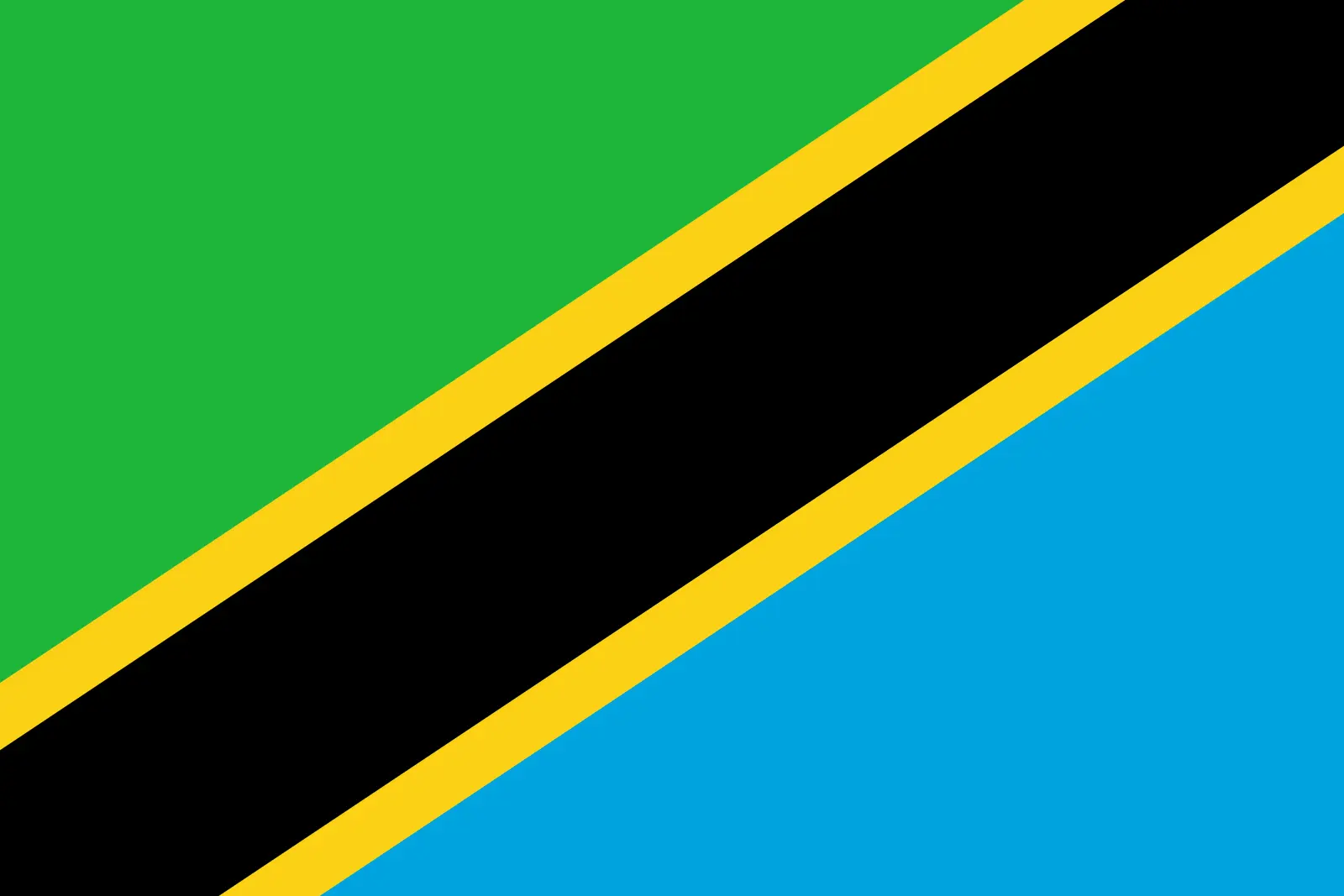 Tanzania (+255)
Tanzania (+255)
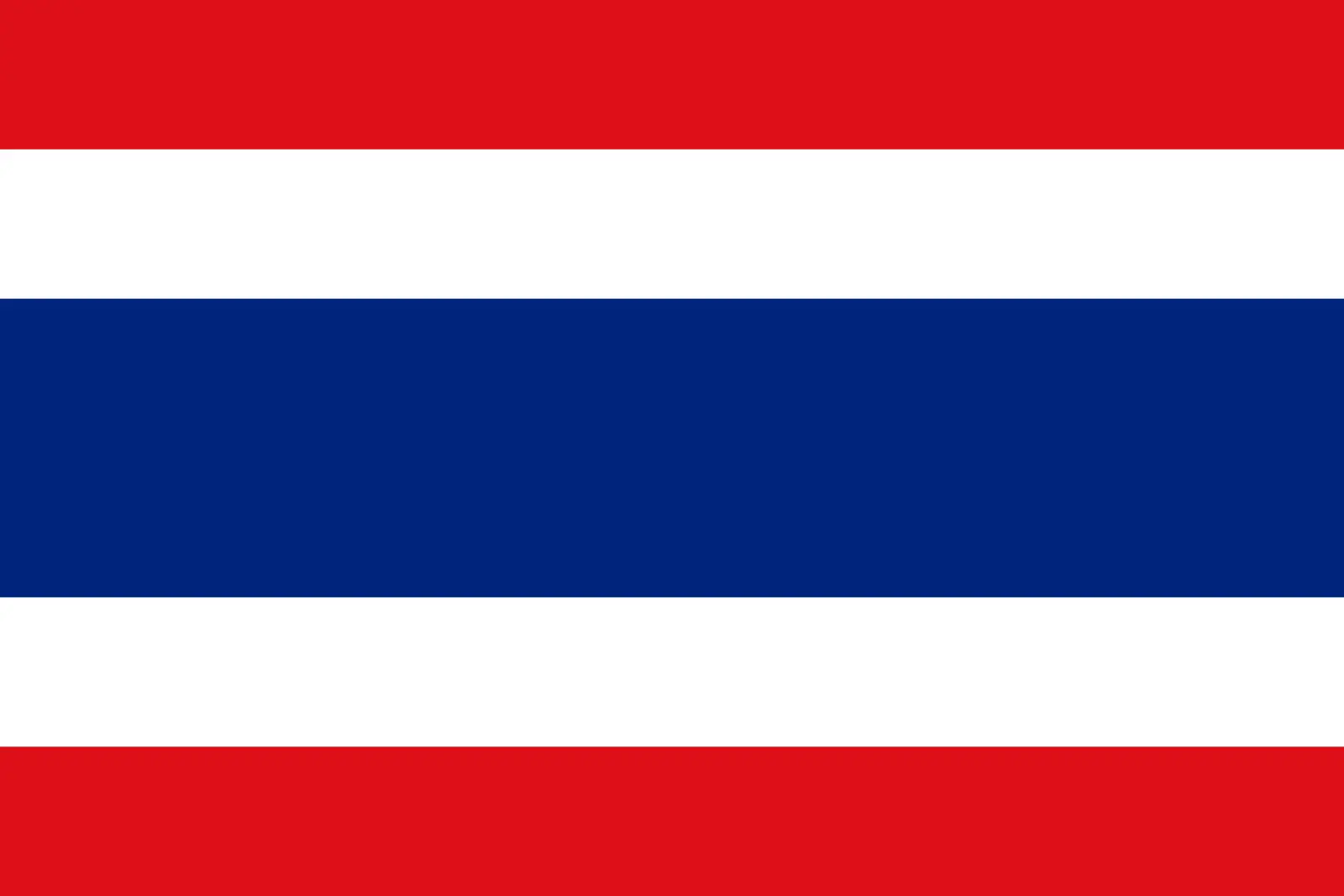 Thailand (+66)
Thailand (+66)
 Togo (+228)
Togo (+228)
 Tokelau (+690)
Tokelau (+690)
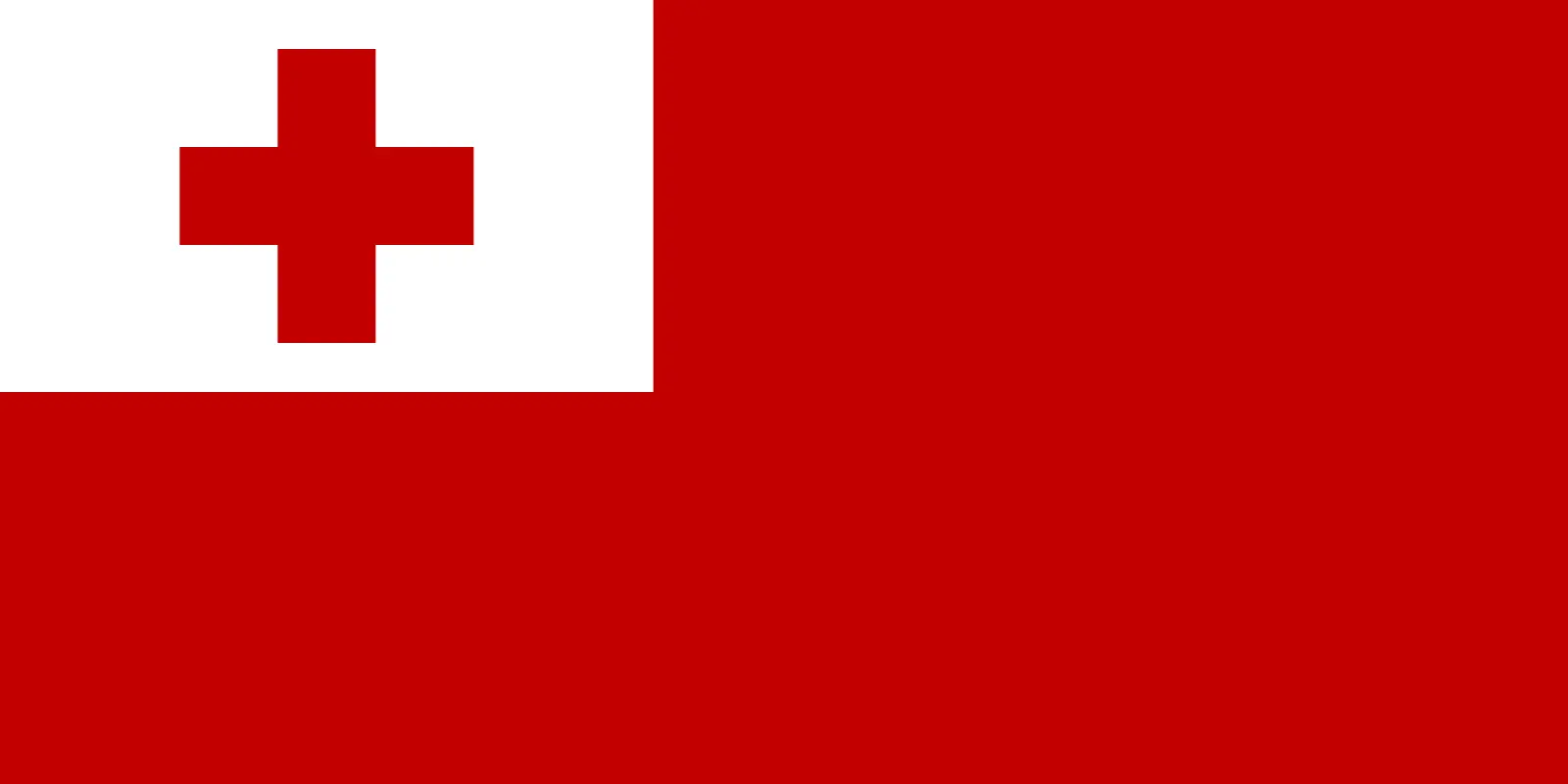 Tonga (+676)
Tonga (+676)
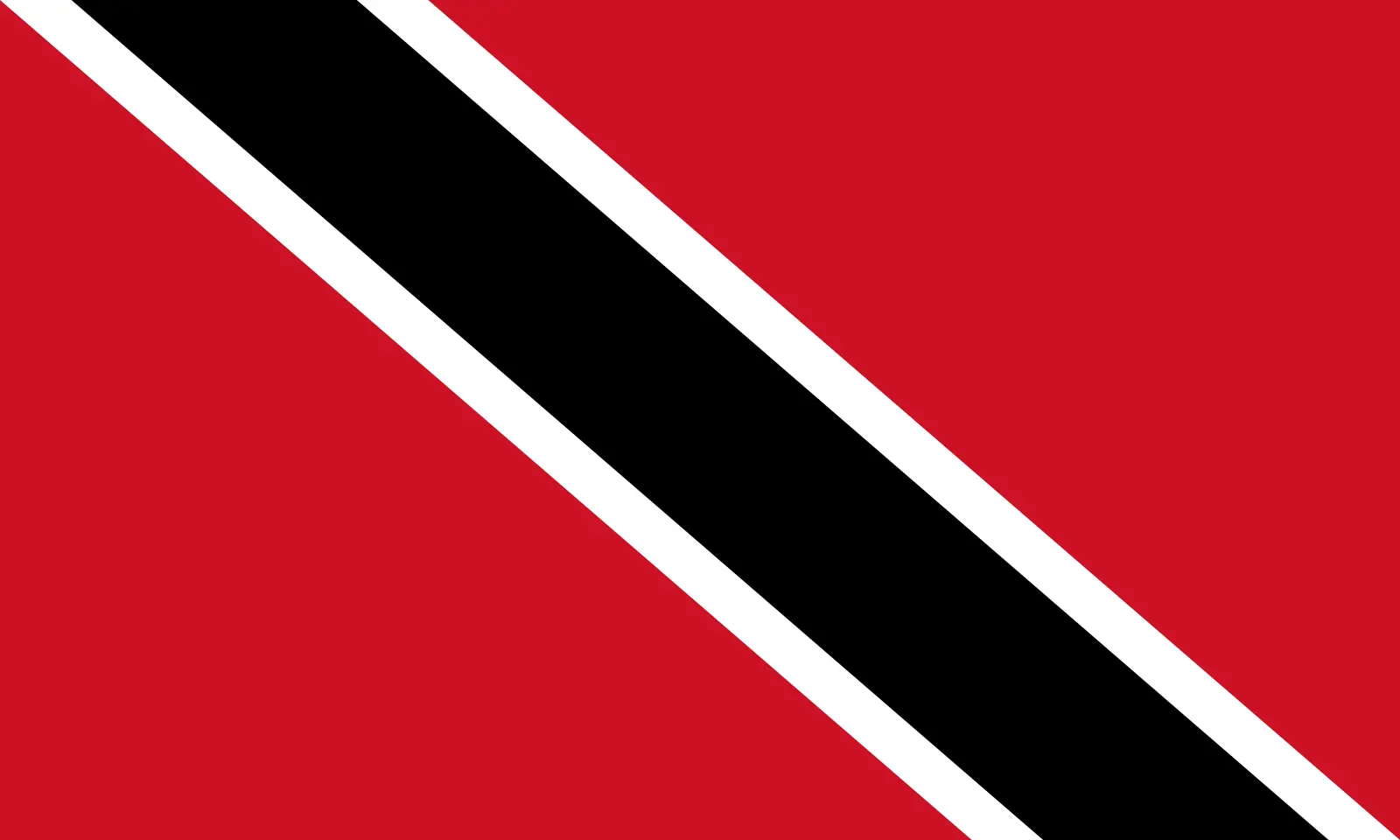 Trinidad and Tobago (+1868)
Trinidad and Tobago (+1868)
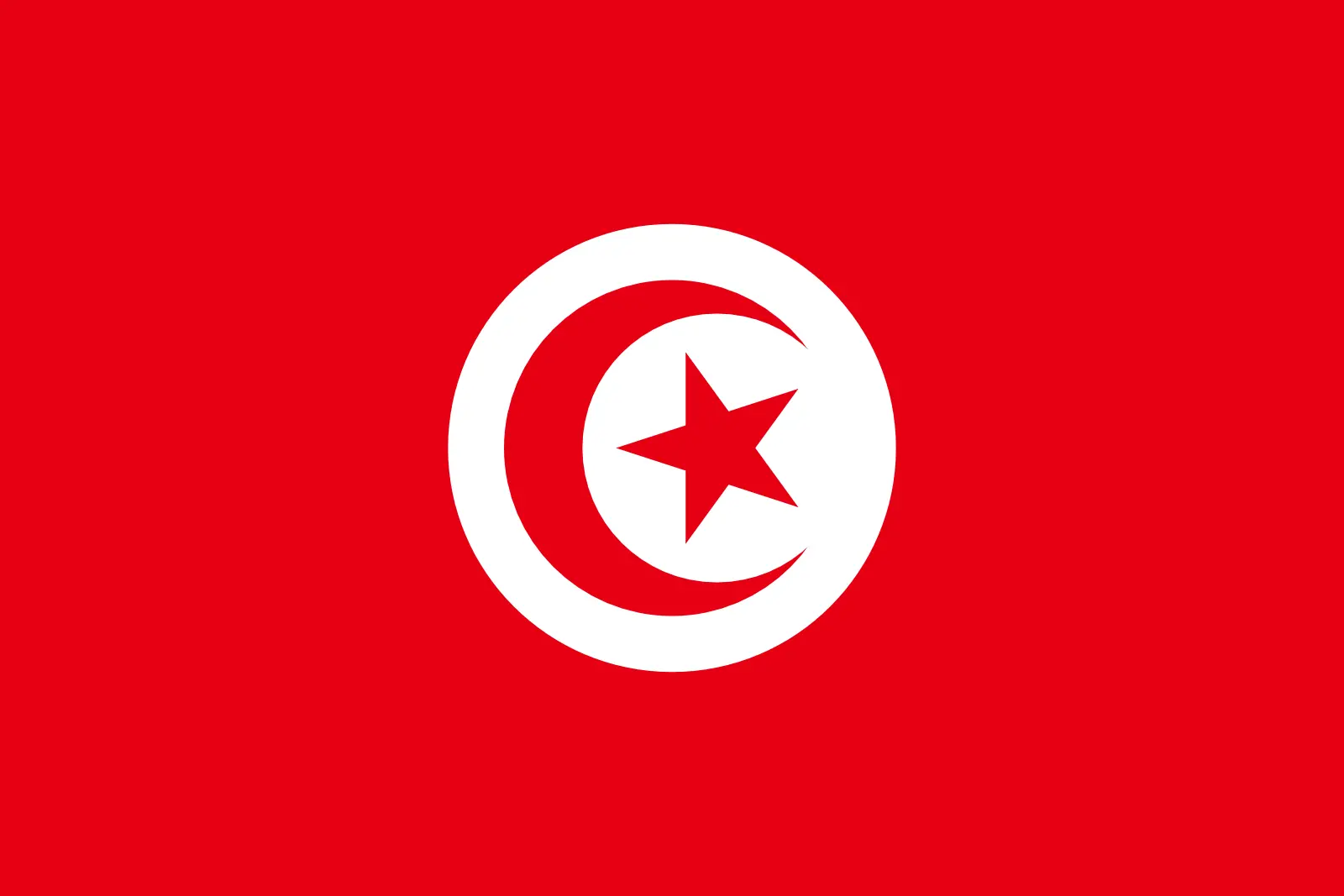 Tunisia (+216)
Tunisia (+216)
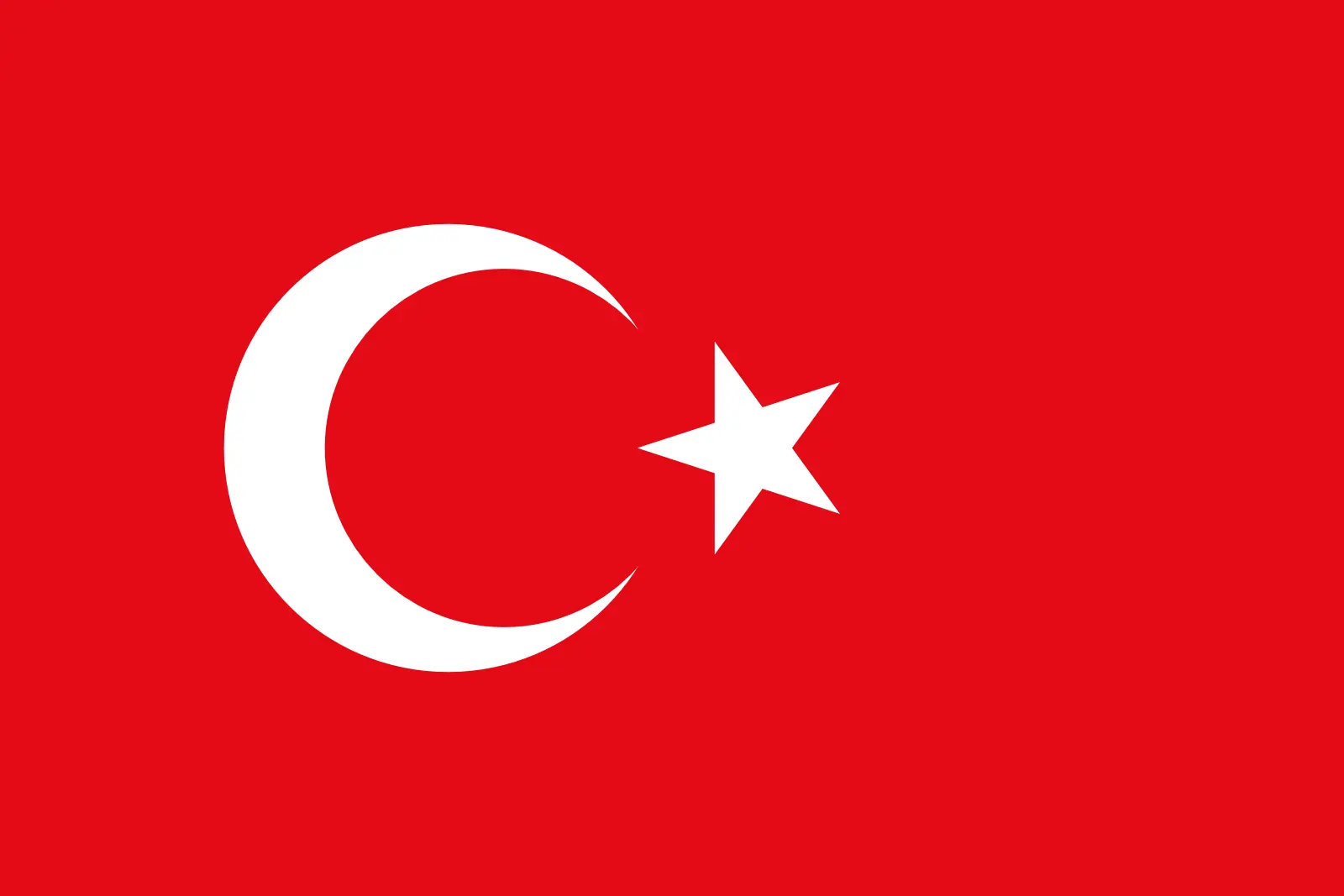 Turkey (+90)
Turkey (+90)
 Turkmenistan (+993)
Turkmenistan (+993)
 Turks and Caicos Islands (+1649)
Turks and Caicos Islands (+1649)
 Tuvalu (+688)
Tuvalu (+688)
 Uganda (+256)
Uganda (+256)
 Ukraine (+380)
Ukraine (+380)
 United Arab Emirates (+971)
United Arab Emirates (+971)
 United Kingdom (+44)
United Kingdom (+44)
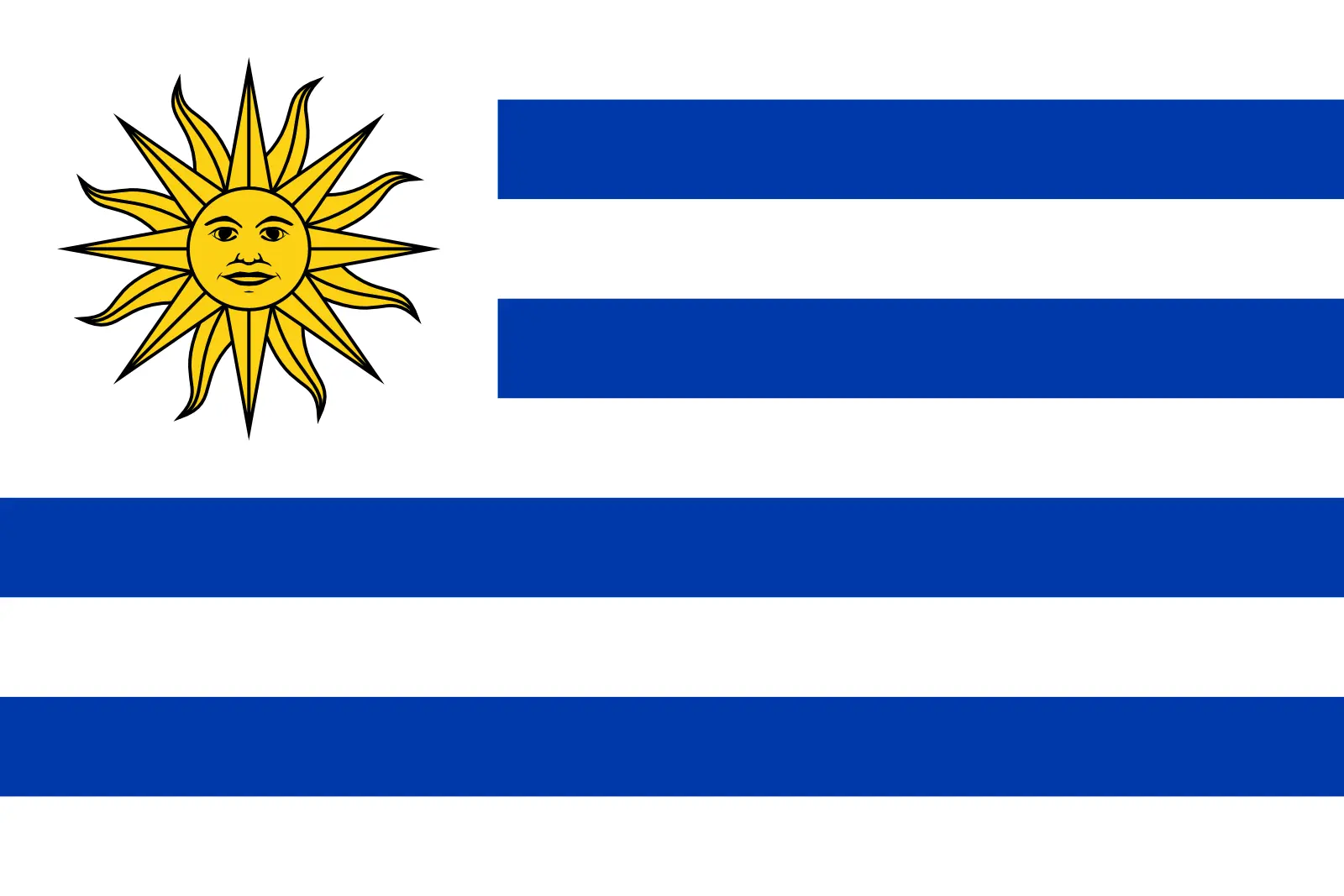 Uruguay (+598)
Uruguay (+598)
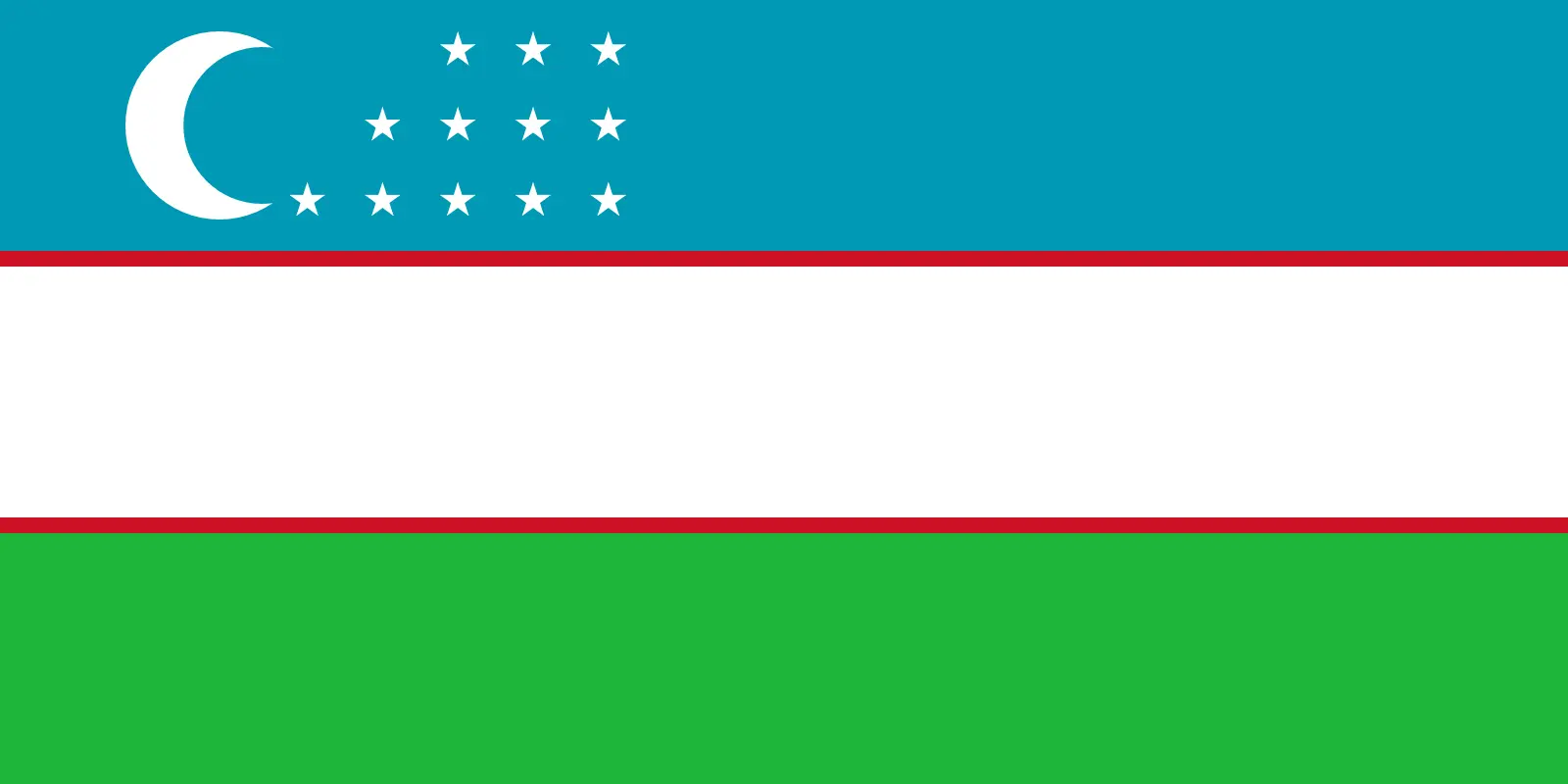 Uzbekistan (+998)
Uzbekistan (+998)
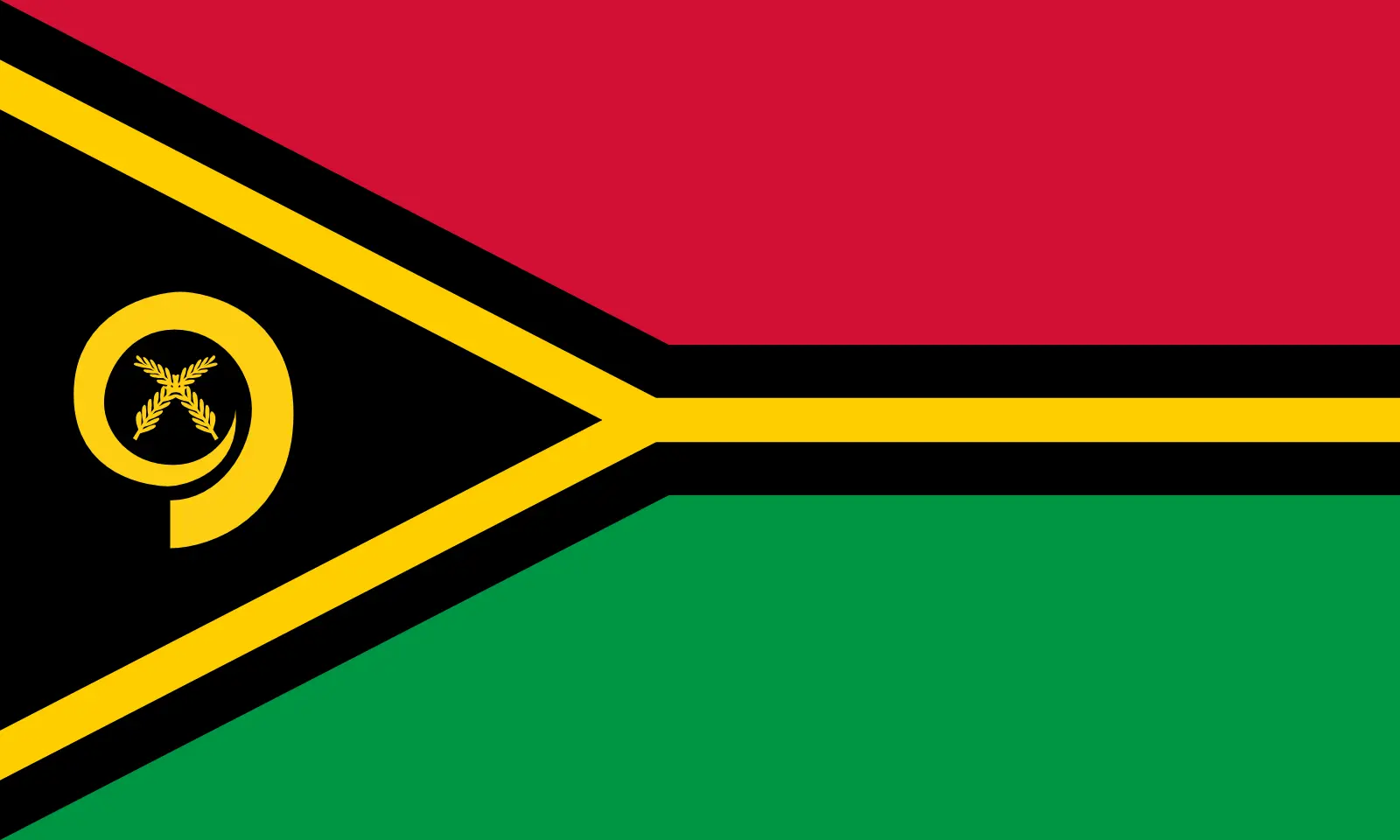 Vanuatu (+678)
Vanuatu (+678)
 Vatican City (+39)
Vatican City (+39)
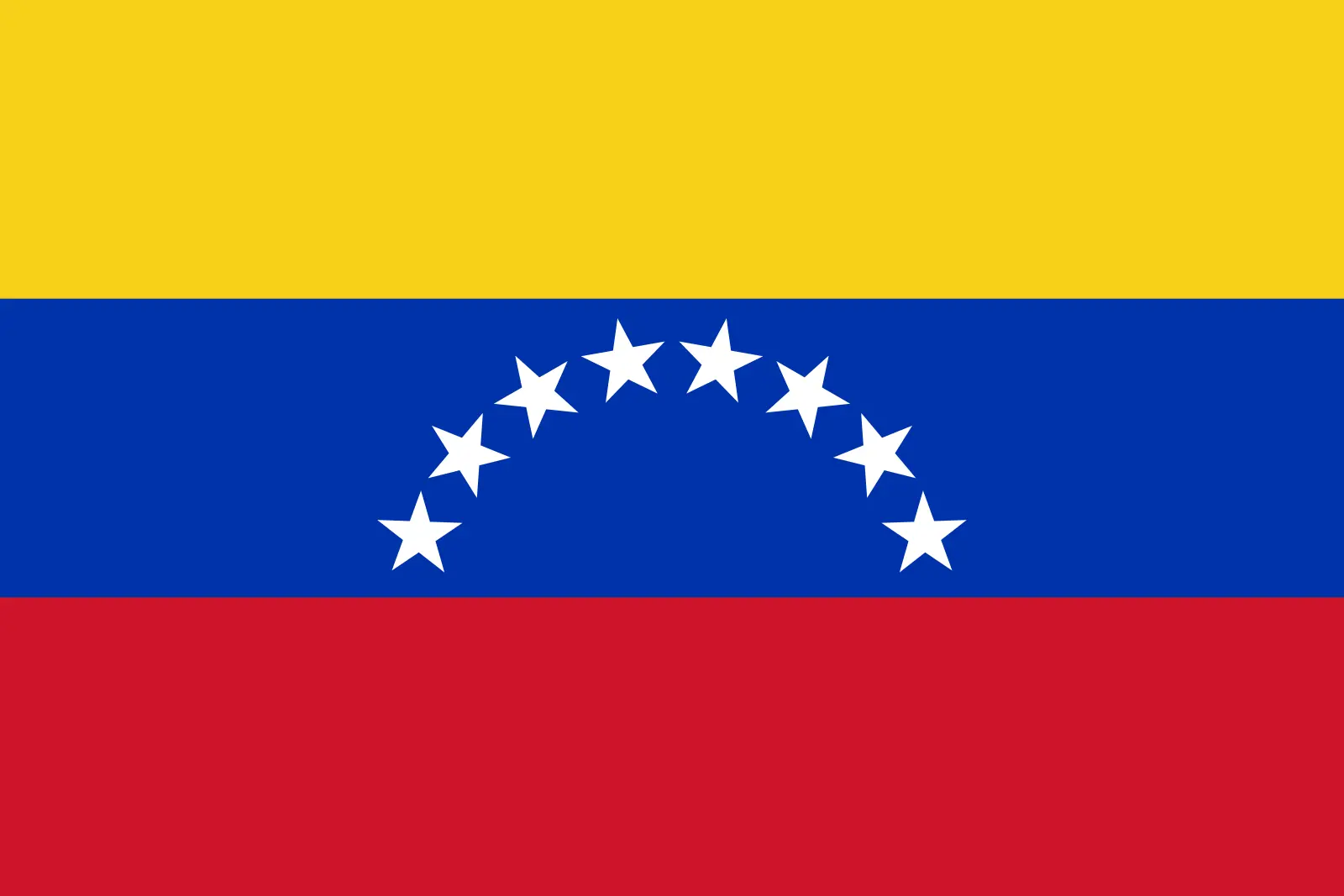 Venezuela (Bolivarian Republic of) (+58)
Venezuela (Bolivarian Republic of) (+58)
 Vietnam (+84)
Vietnam (+84)
 Wallis and Futuna (+681)
Wallis and Futuna (+681)
 Western Sahara (+212)
Western Sahara (+212)
 Yemen (+967)
Yemen (+967)
 Zambia (+260)
Zambia (+260)
 Zimbabwe (+263)
Zimbabwe (+263)

